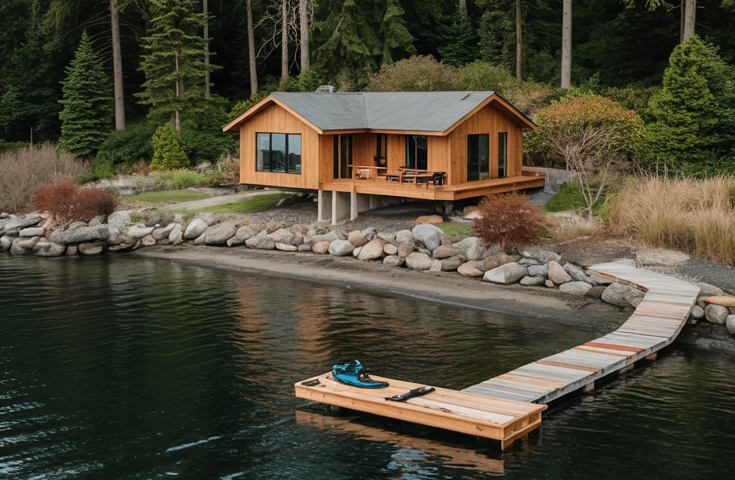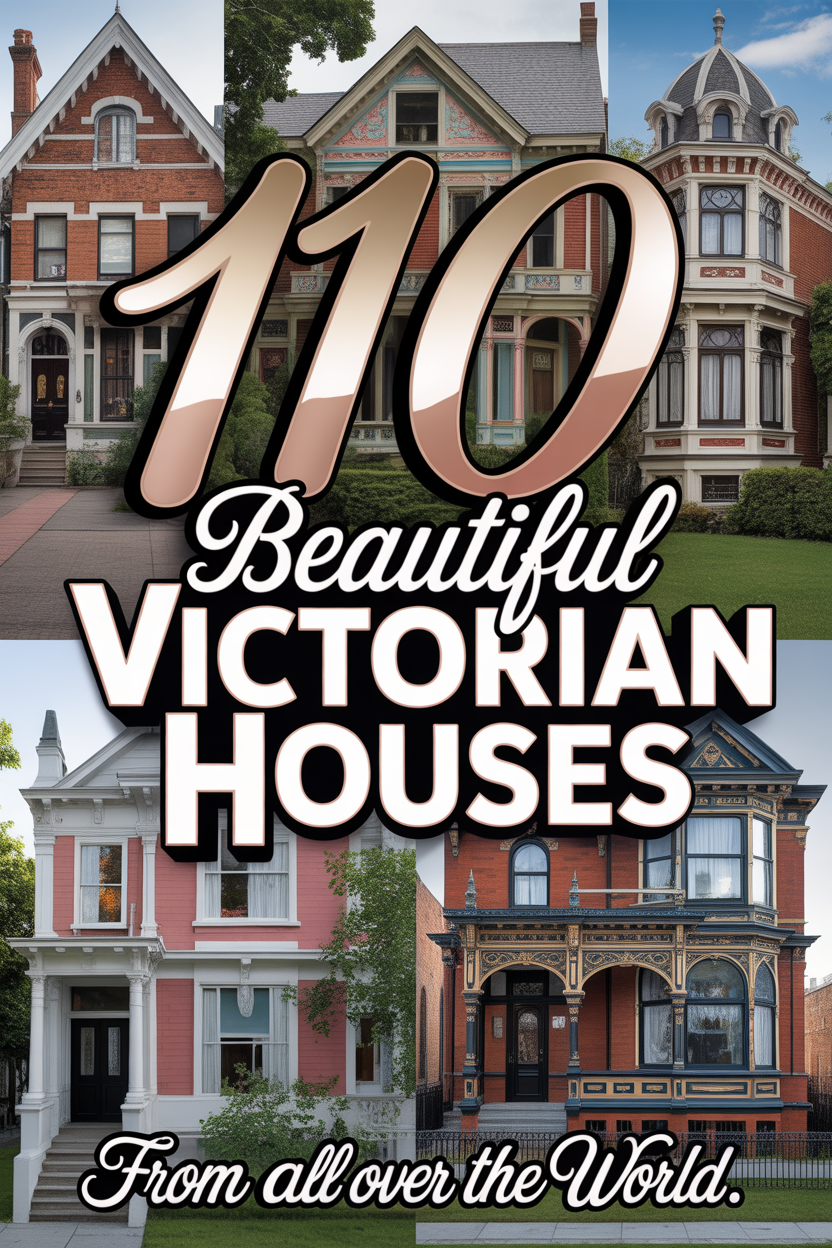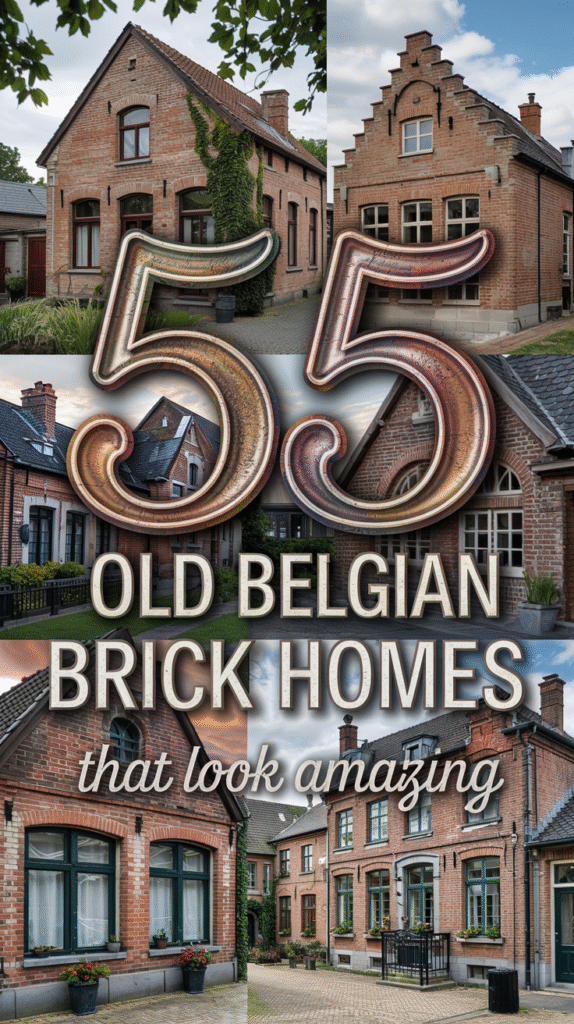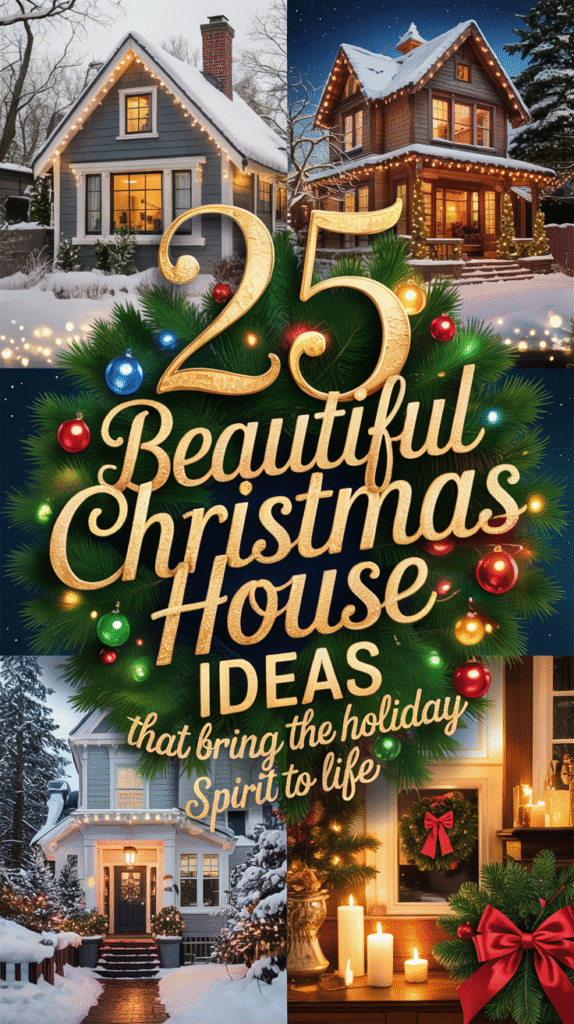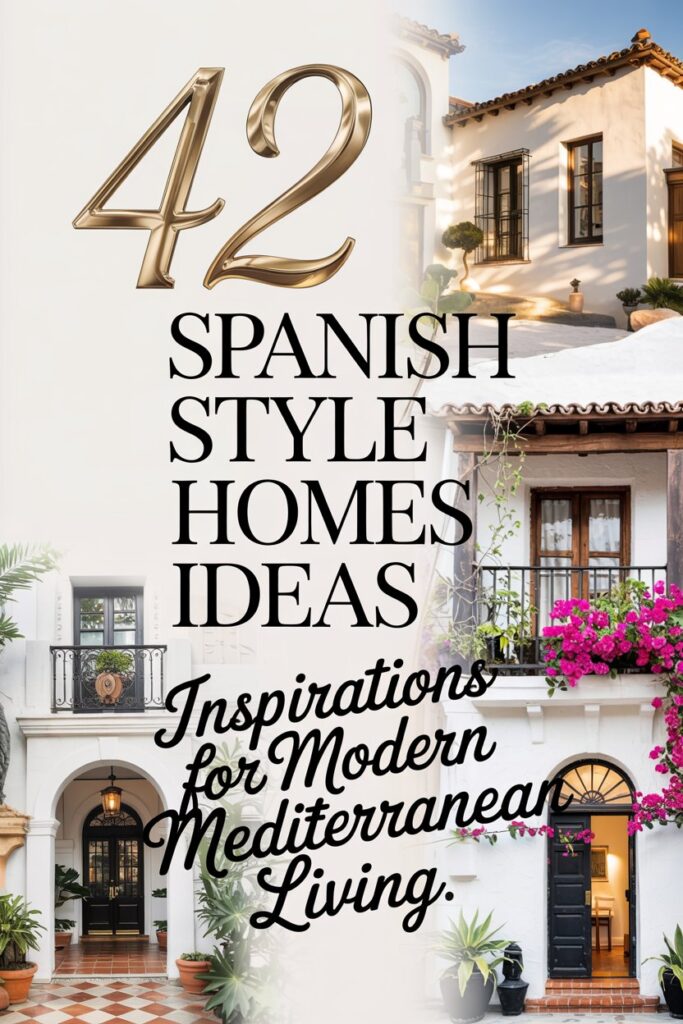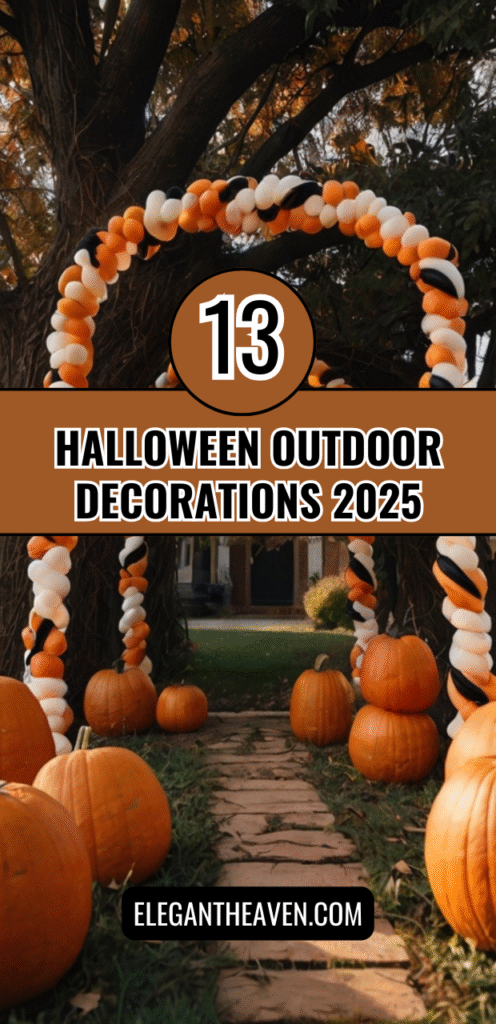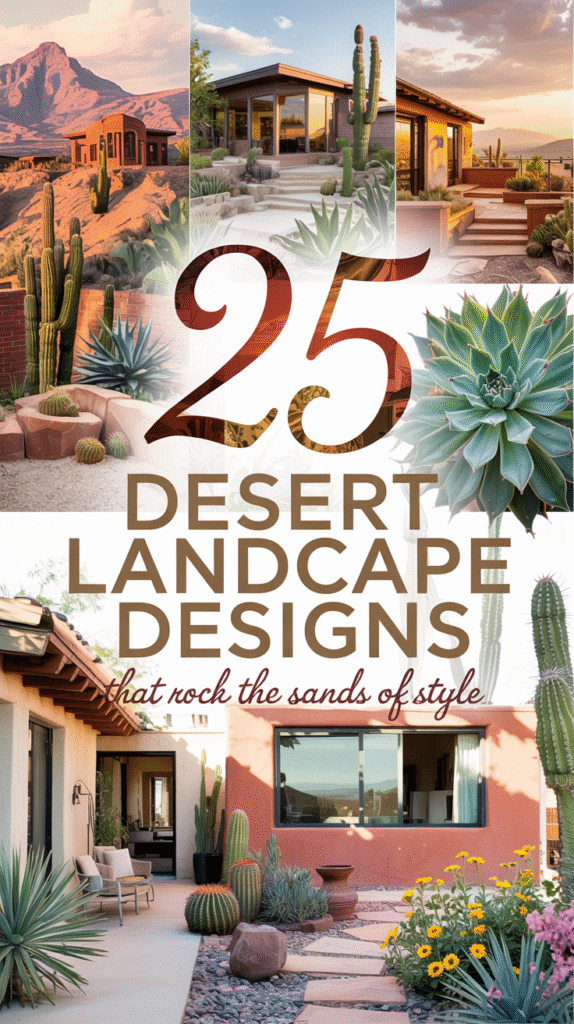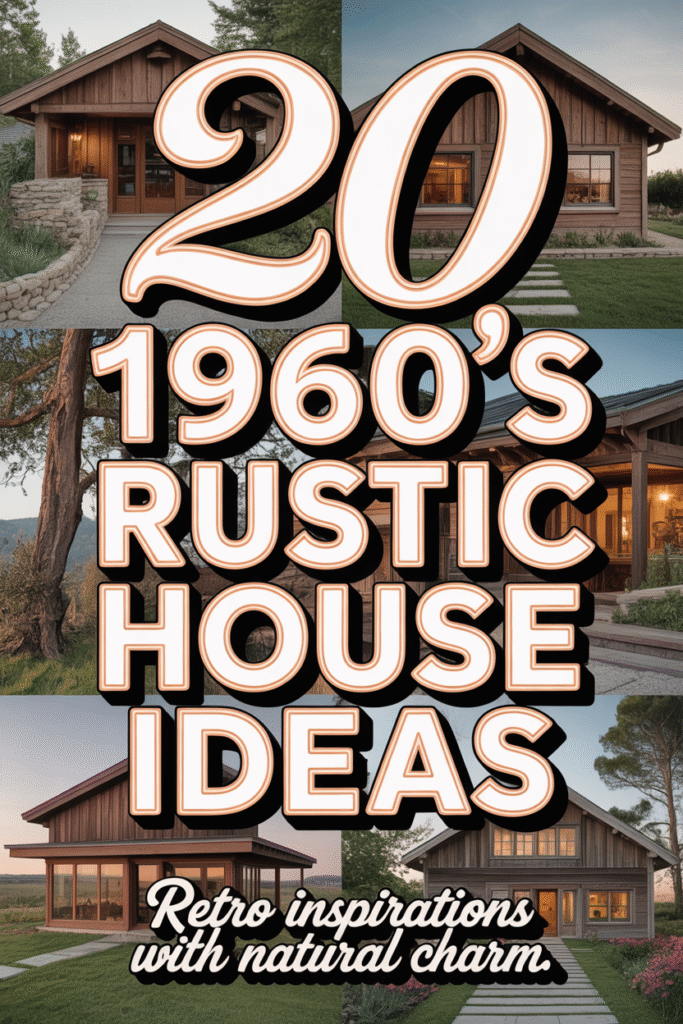The Victorian era, spanning from 1837 to 1901 during Queen Victoria’s reign, was a time of architectural splendor that left an indelible mark on residential design. Victorian houses, known for their intricate details, bold aesthetics, and innovative use of materials, continue to captivate admirers worldwide. From the charming streets of London to the vibrant neighborhoods of San Francisco, these homes reflect a period of prosperity, creativity, and cultural diversity. This article explores the allure of 110 beautiful Victorian houses from across the globe, showcasing their architectural diversity, historical significance, and enduring appeal.
The Essence of Victorian Architecture
Victorian architecture is not a single style but a collection of eclectic designs that evolved over the 19th century. The era’s rapid industrialization, colonial expansion, and technological advancements allowed architects and builders to experiment with new materials, techniques, and aesthetics. Victorian houses are characterized by their ornate details, asymmetry, and a blend of historical influences, from Gothic Revival to Italianate and Queen Anne styles.
These homes often feature steeply pitched roofs, decorative gables, intricate woodwork, and vibrant color palettes. The use of iron, glass, and brick became more prevalent, enabling the construction of elaborate facades and expansive interiors. Victorian houses were not just homes; they were statements of wealth, status, and individuality, reflecting the aspirations of a burgeoning middle class and the grandeur of the upper echelons.
From the United Kingdom to the United States, Australia, Canada, and beyond, Victorian houses adapted to local climates, cultures, and resources, resulting in a rich tapestry of regional variations. Whether it’s the pastel-painted terraces of Melbourne or the turreted mansions of New Orleans, each Victorian home tells a unique story of its time and place.
A Global Gallery of Victorian Splendor
The following collection of 110 beautiful Victorian houses from around the world highlights the diversity and charm of this architectural era. These homes, ranging from modest cottages to sprawling estates, showcase the creativity and craftsmanship that define Victorian design. Below, we present a curated image gallery of some of the most stunning examples, followed by an exploration of their key features, regional influences, and cultural significance.
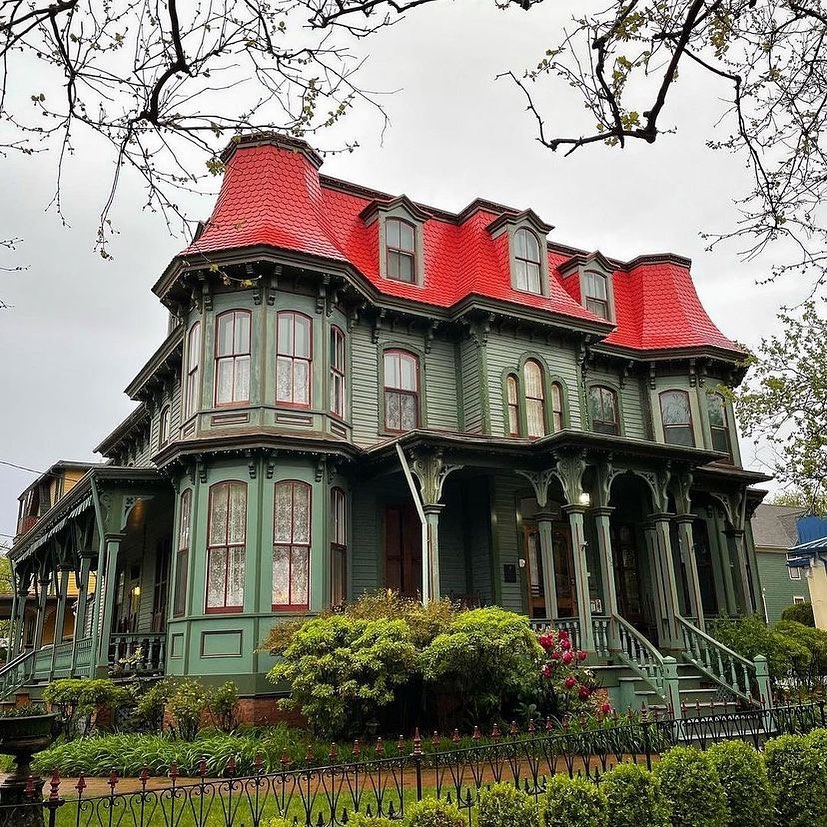
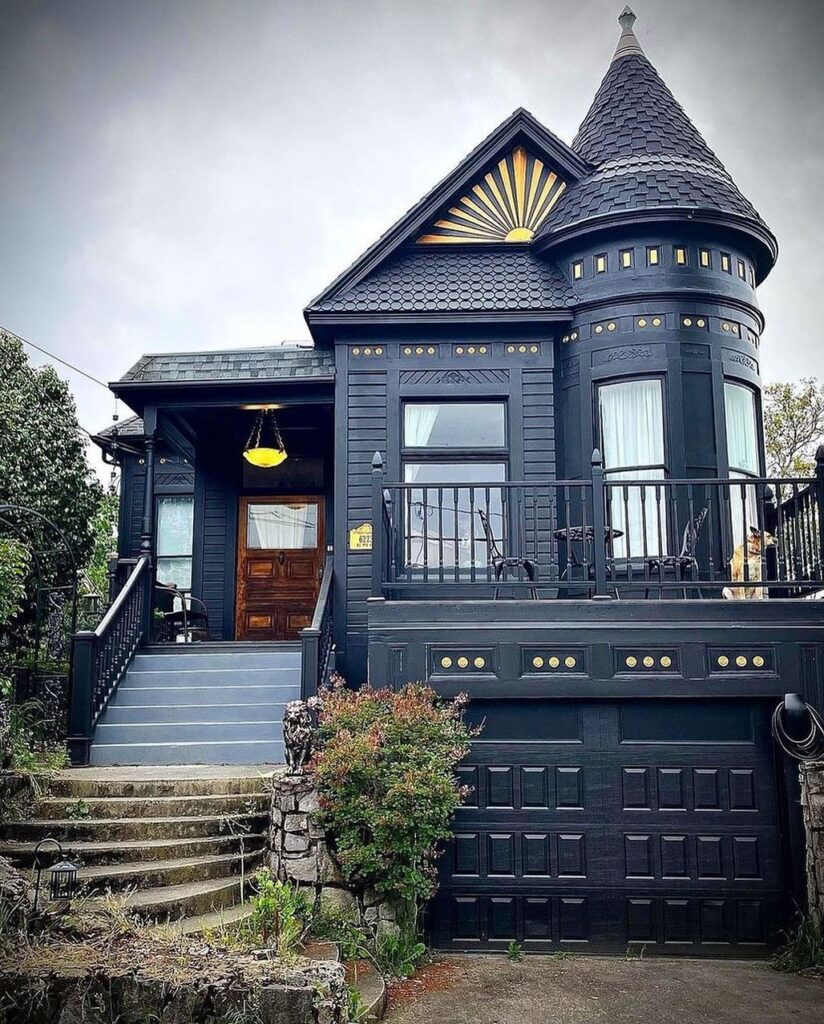
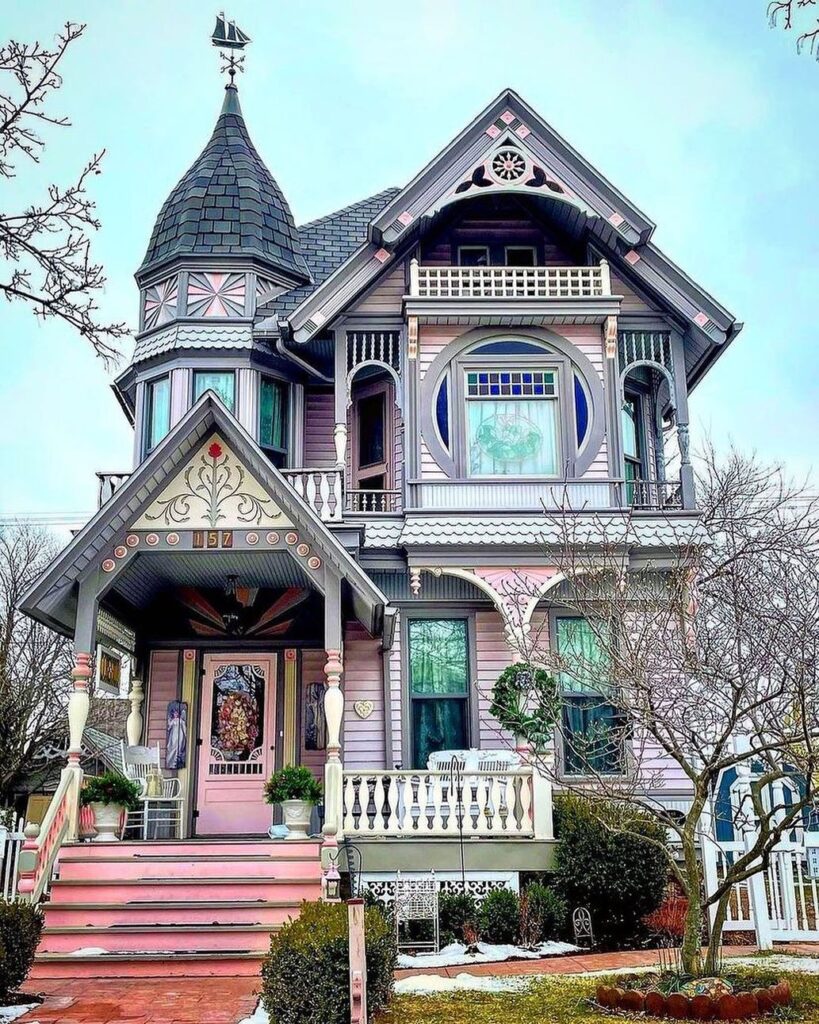
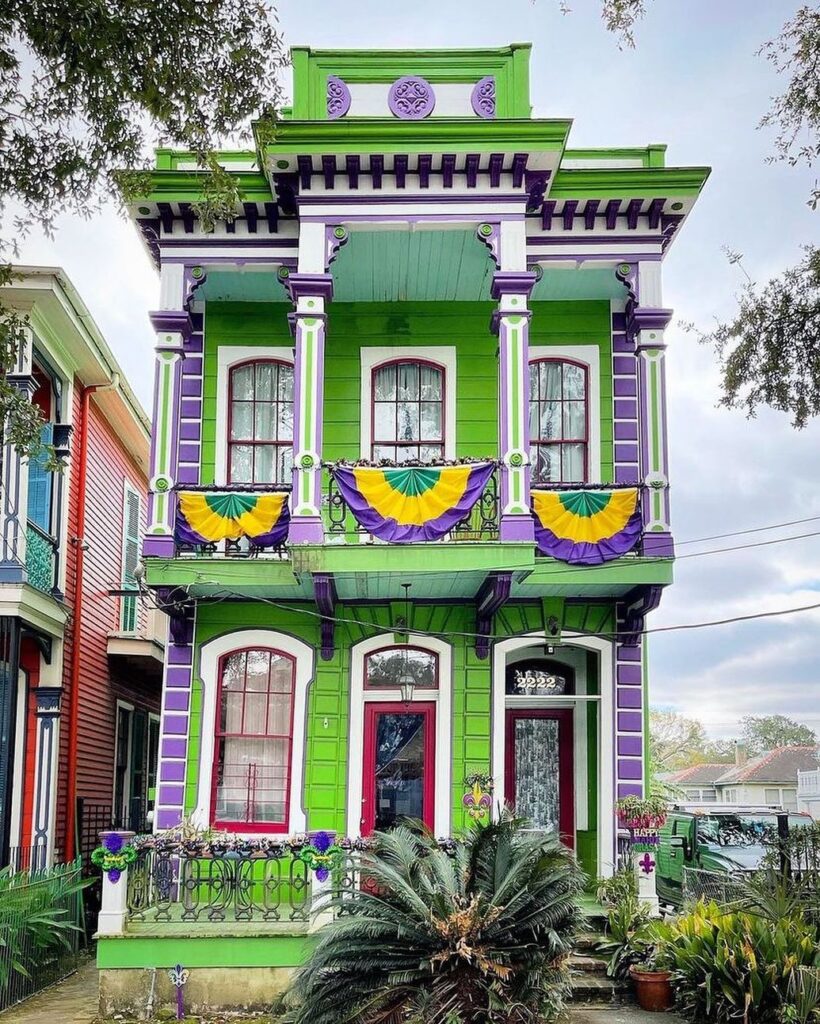
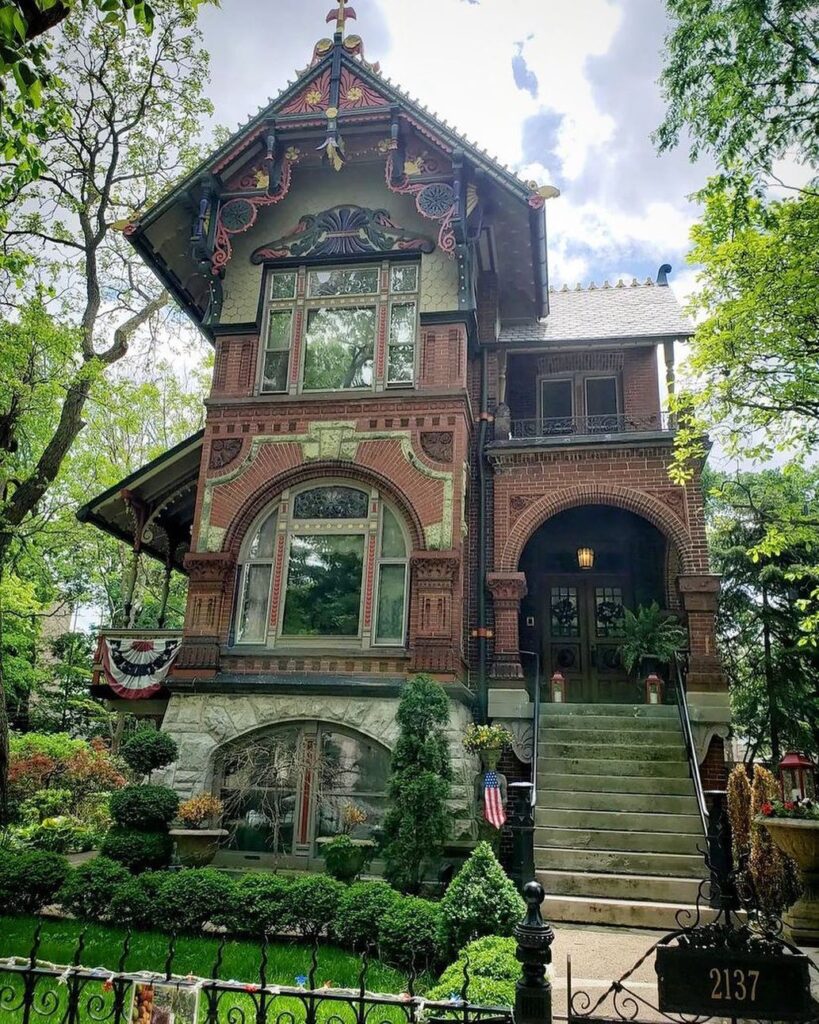
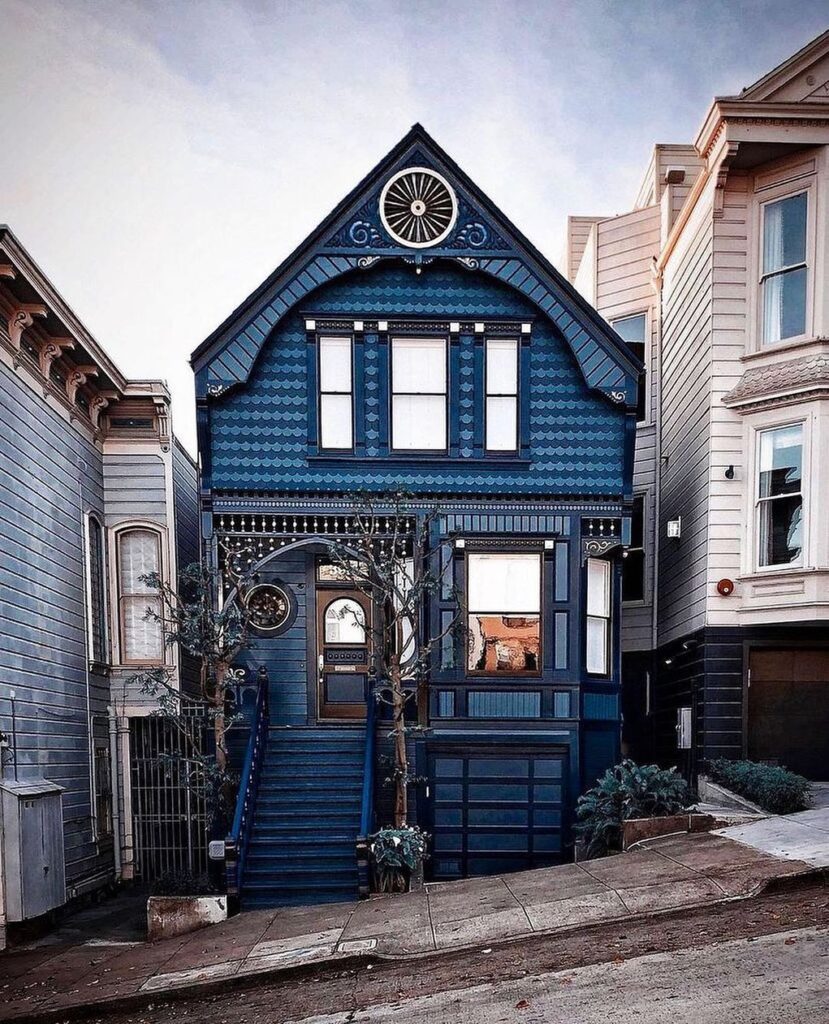
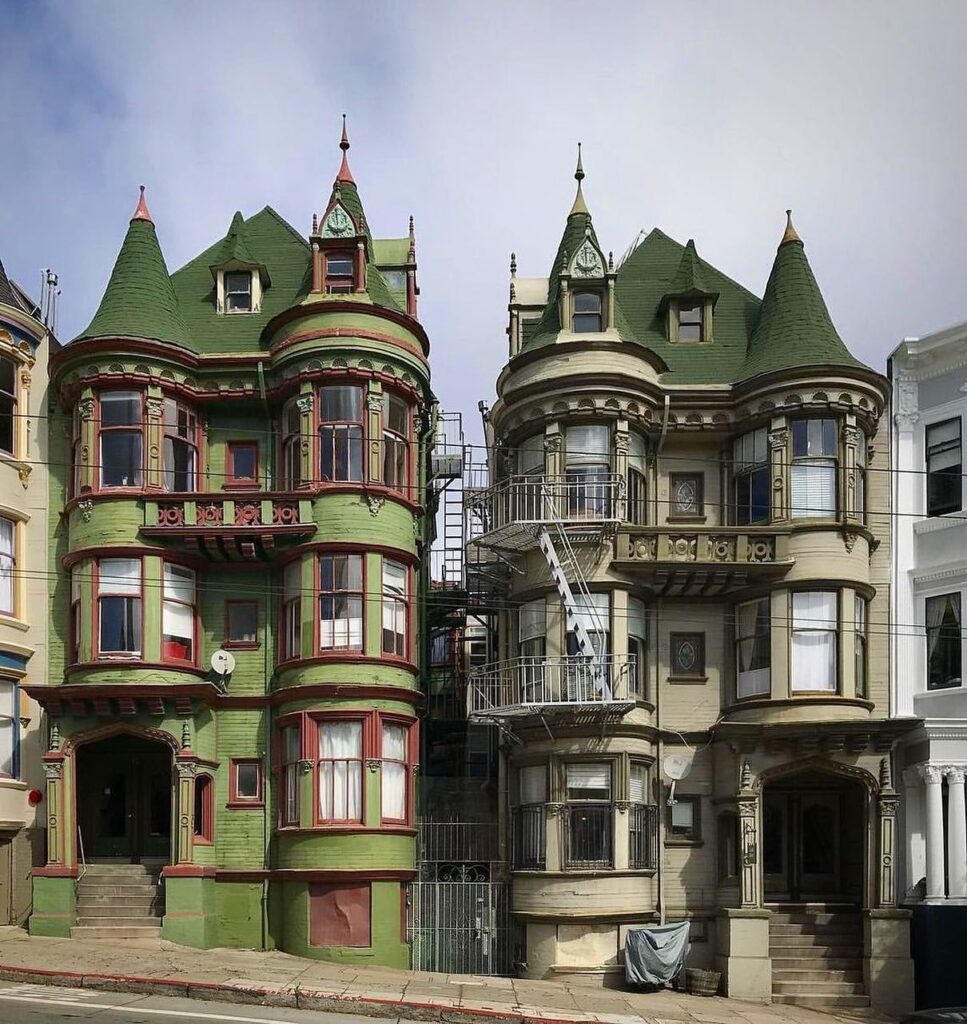
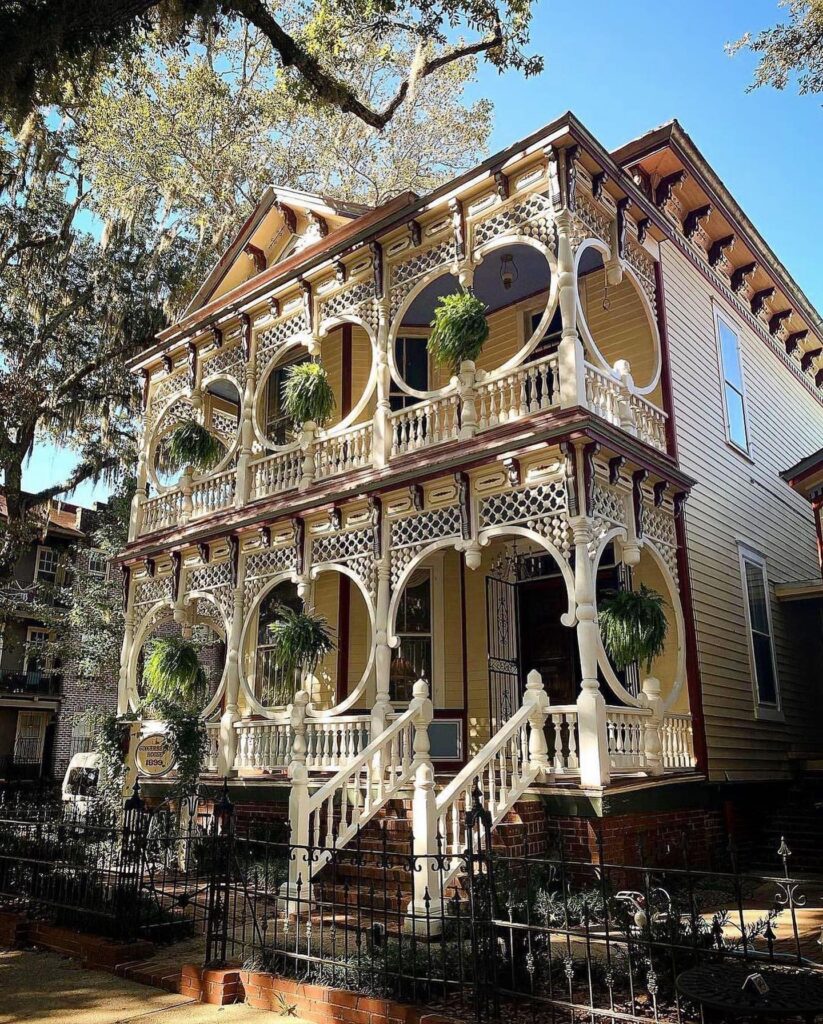
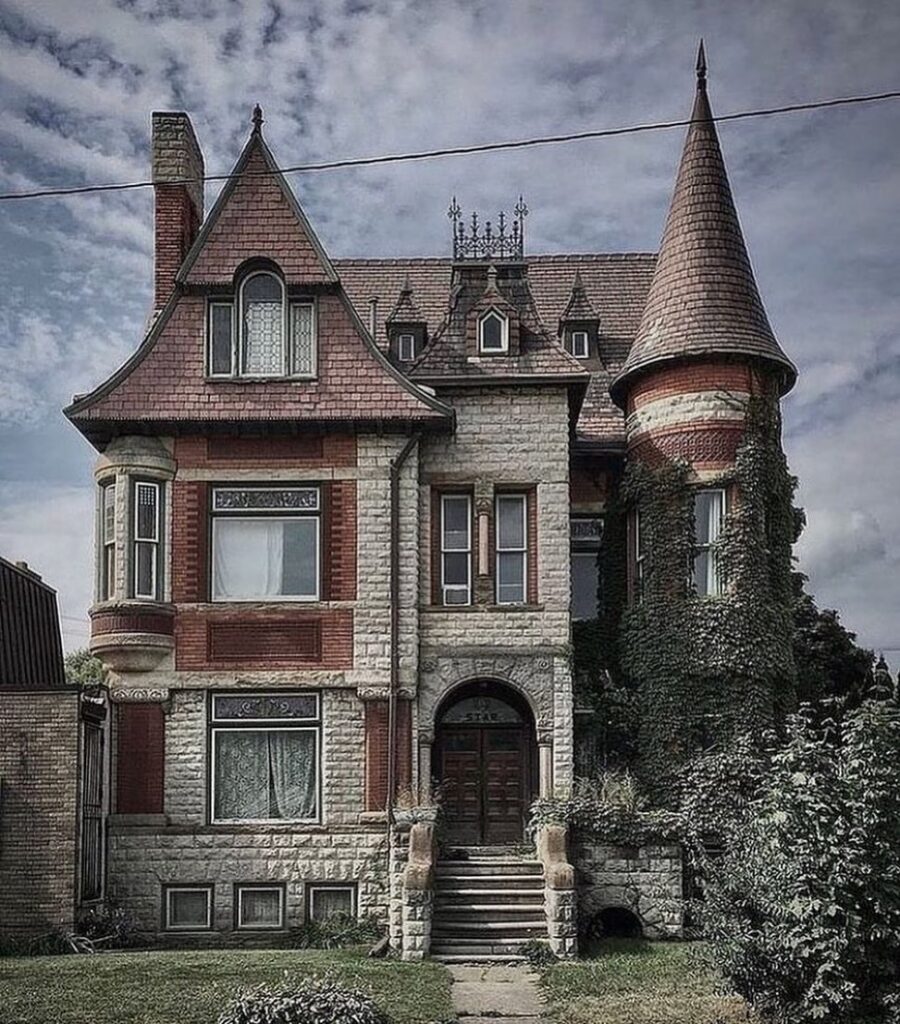
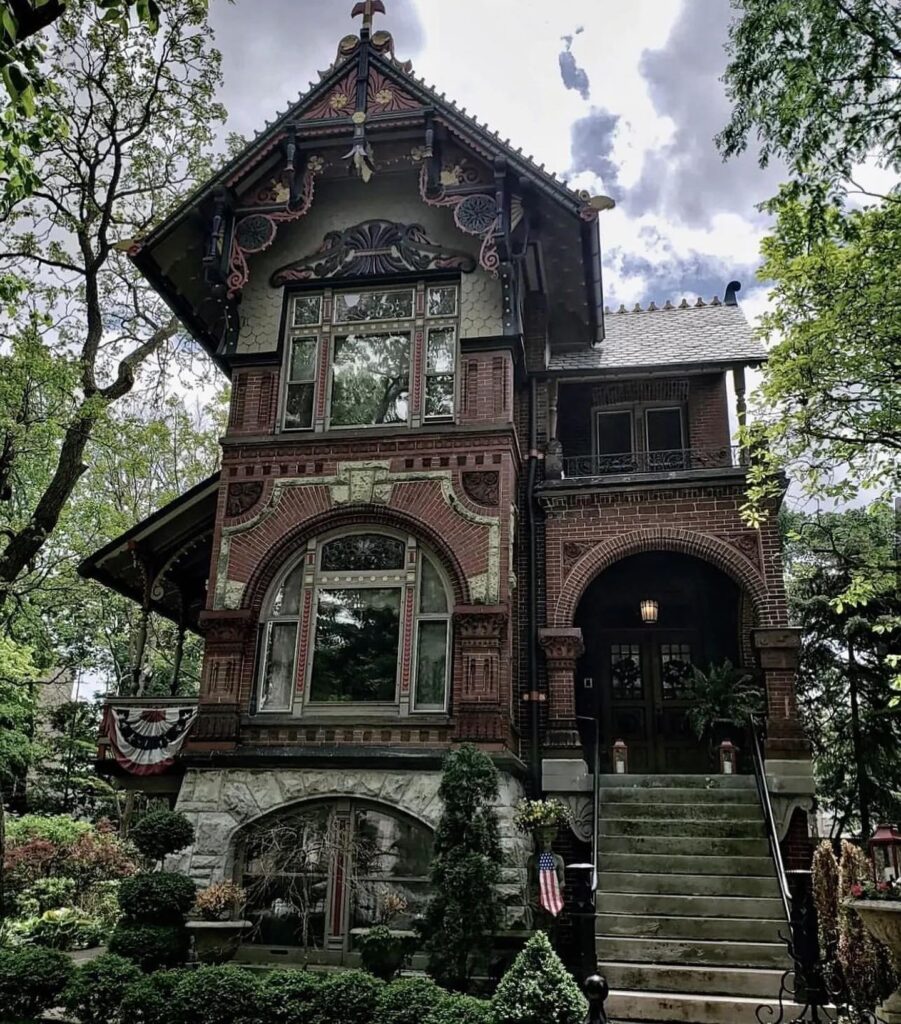
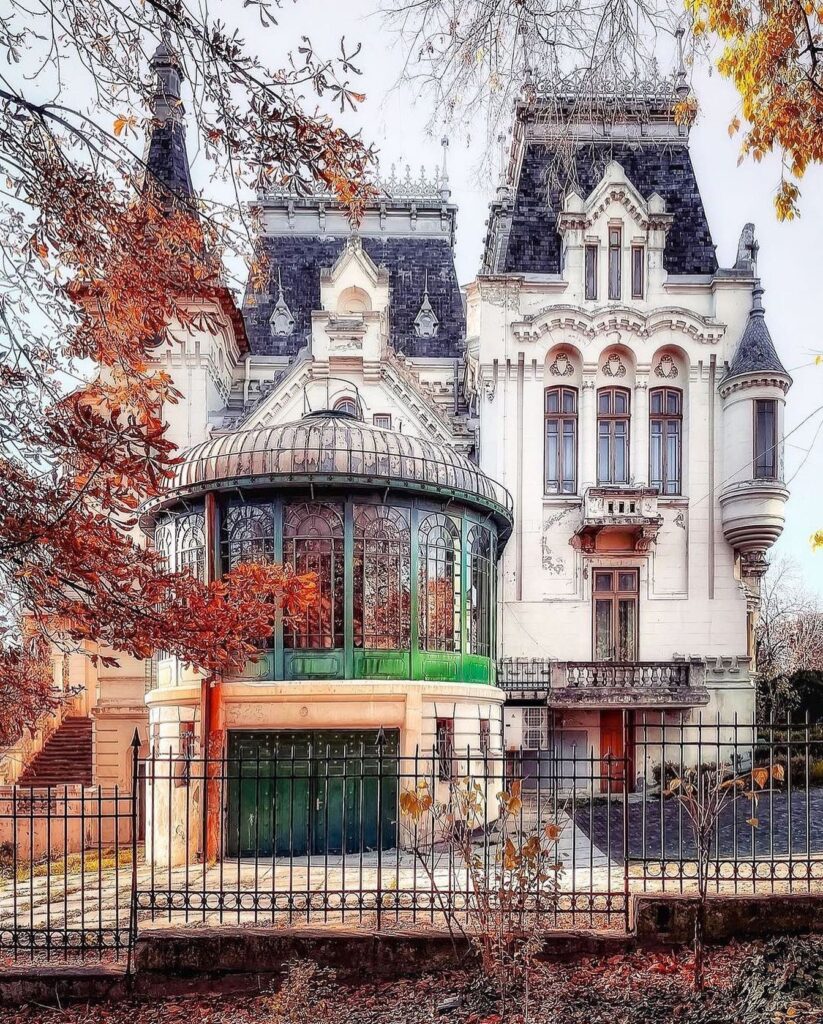
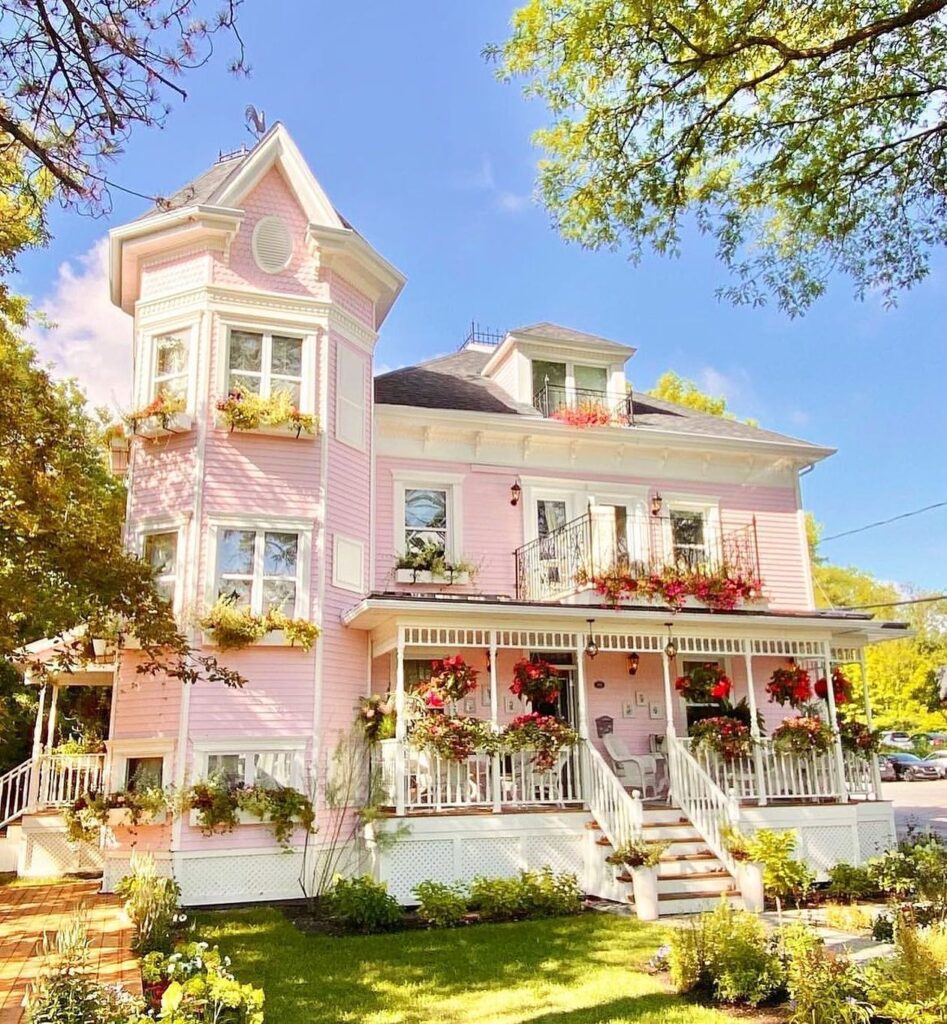
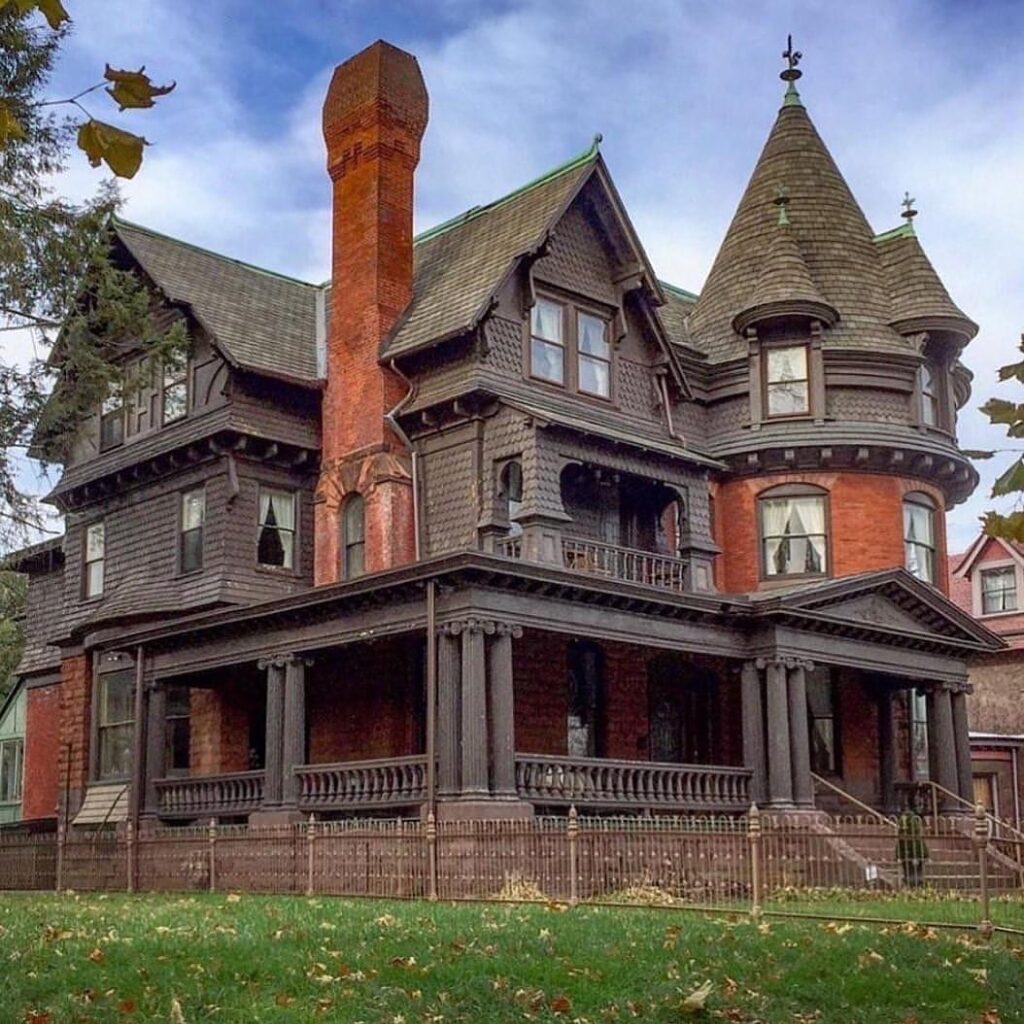
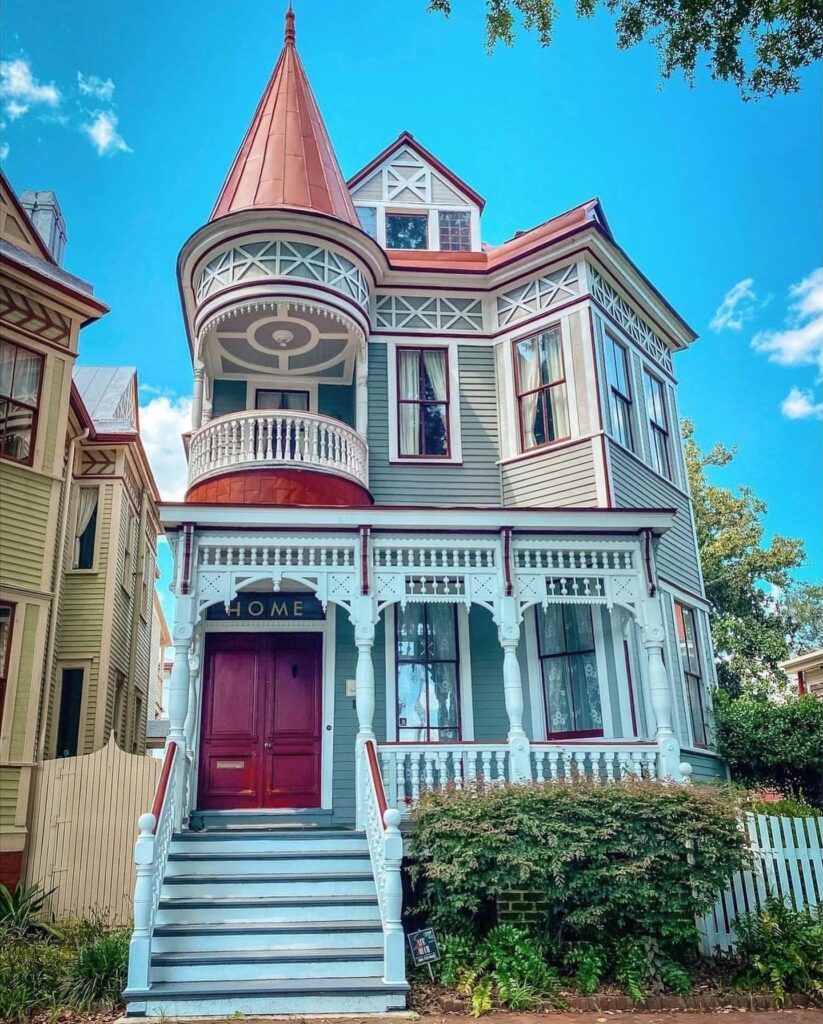
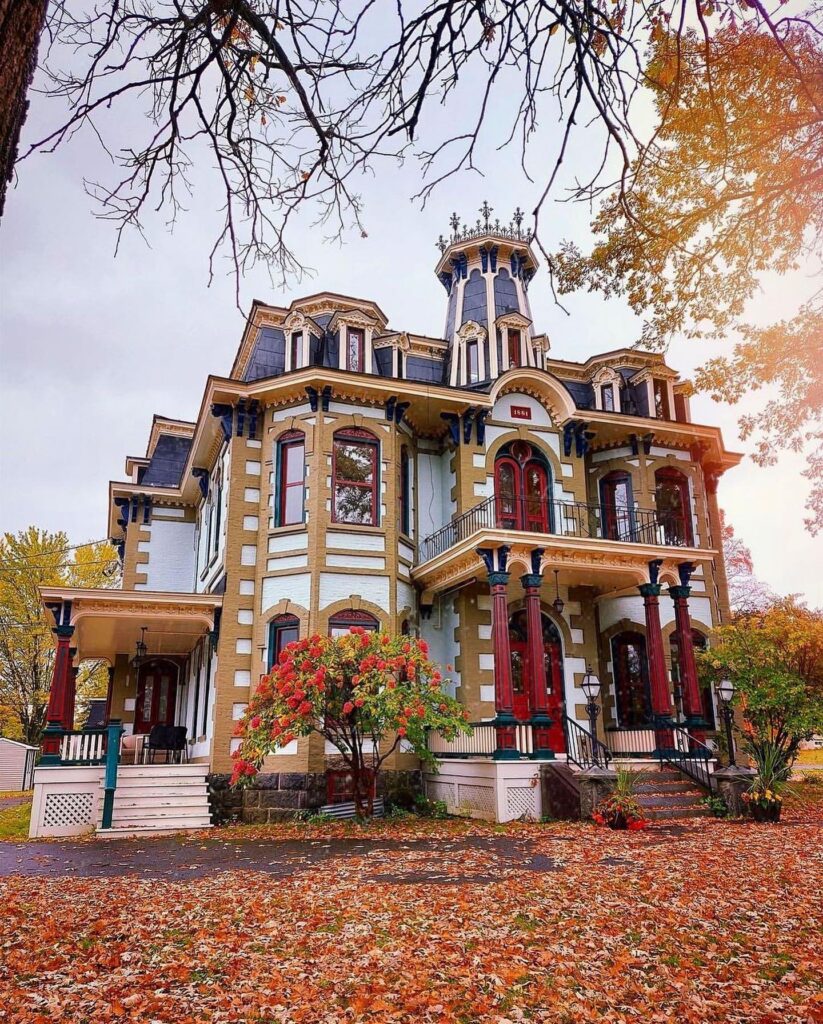
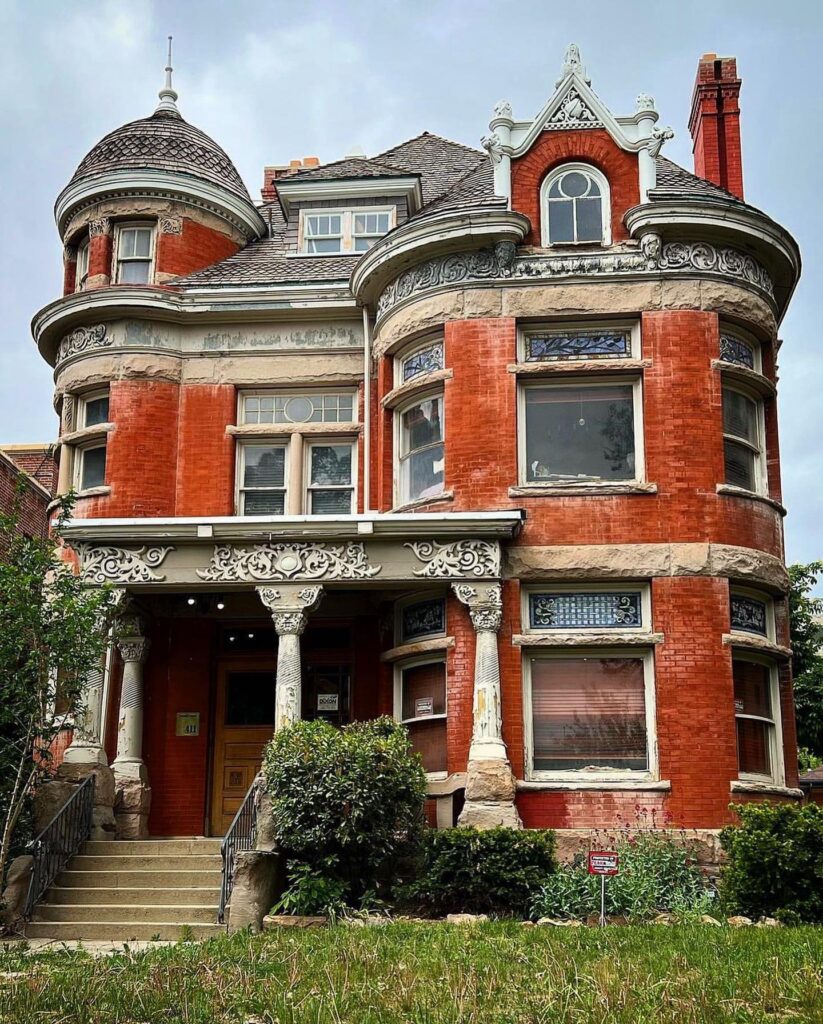
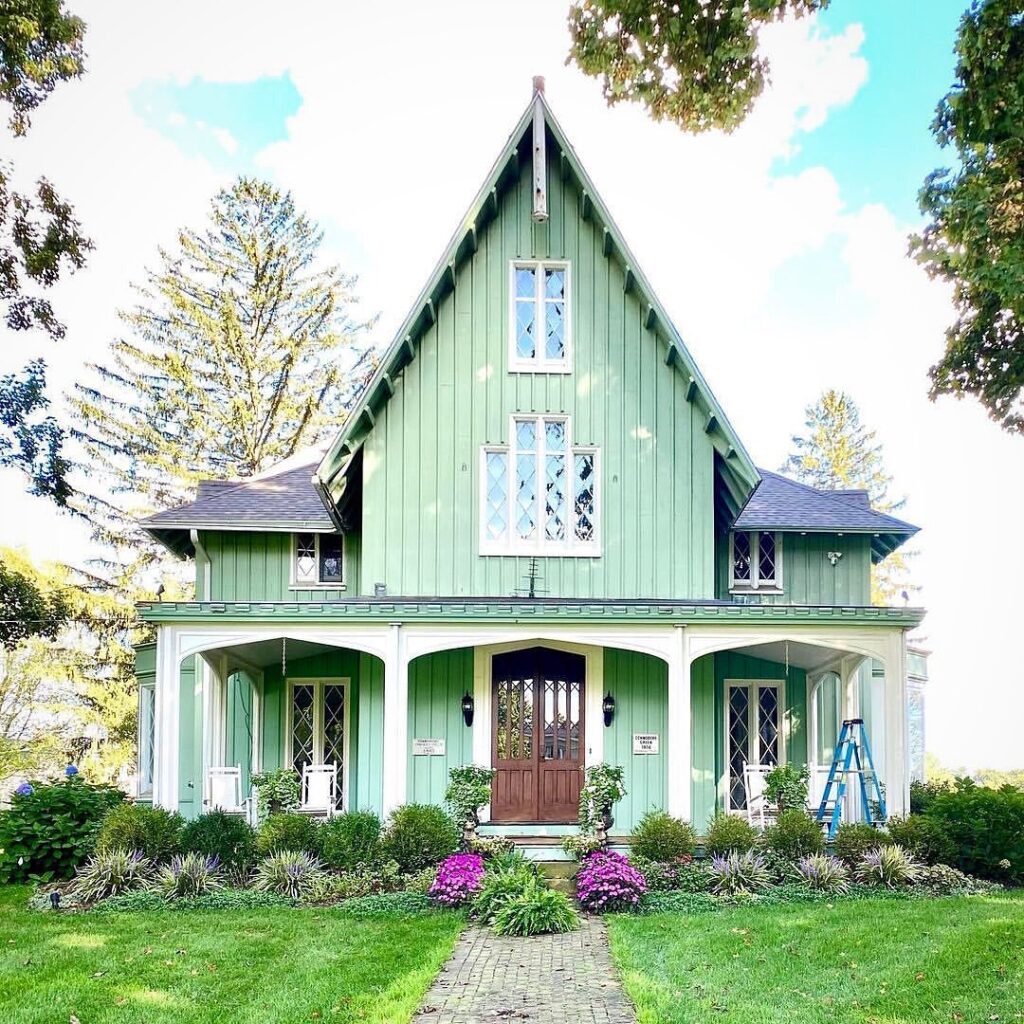
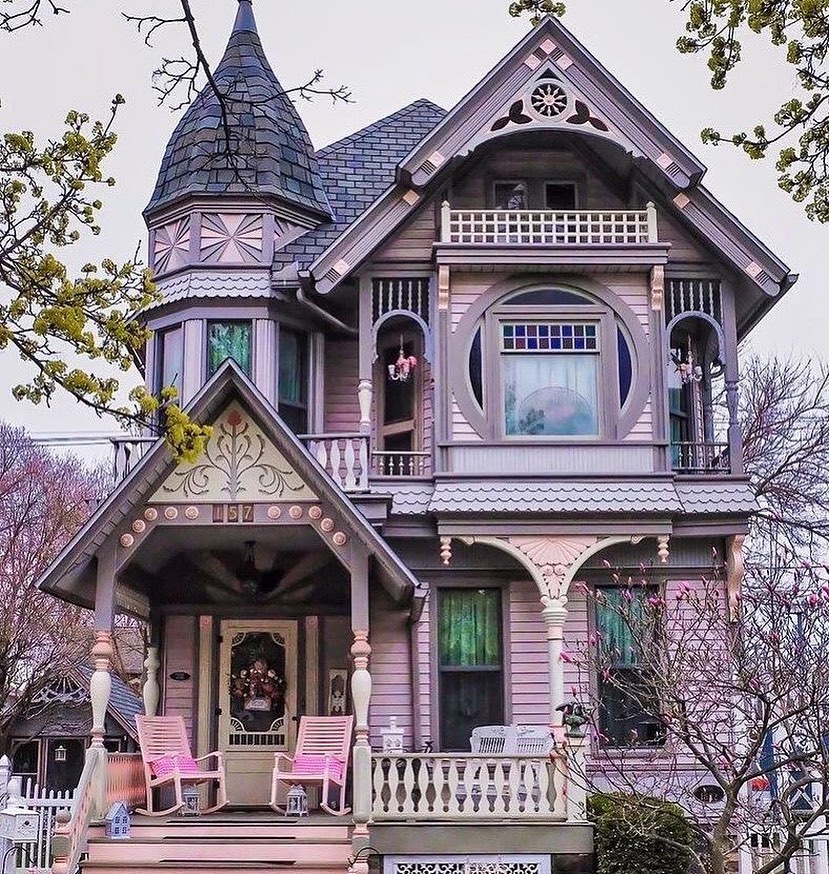
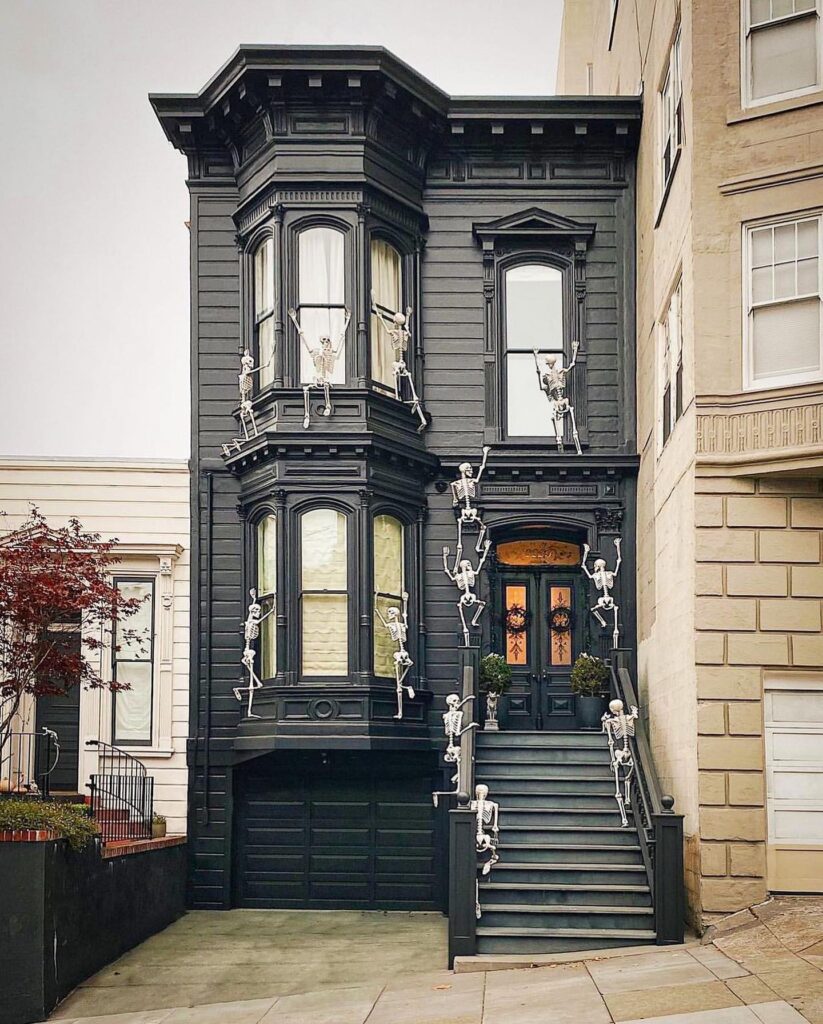
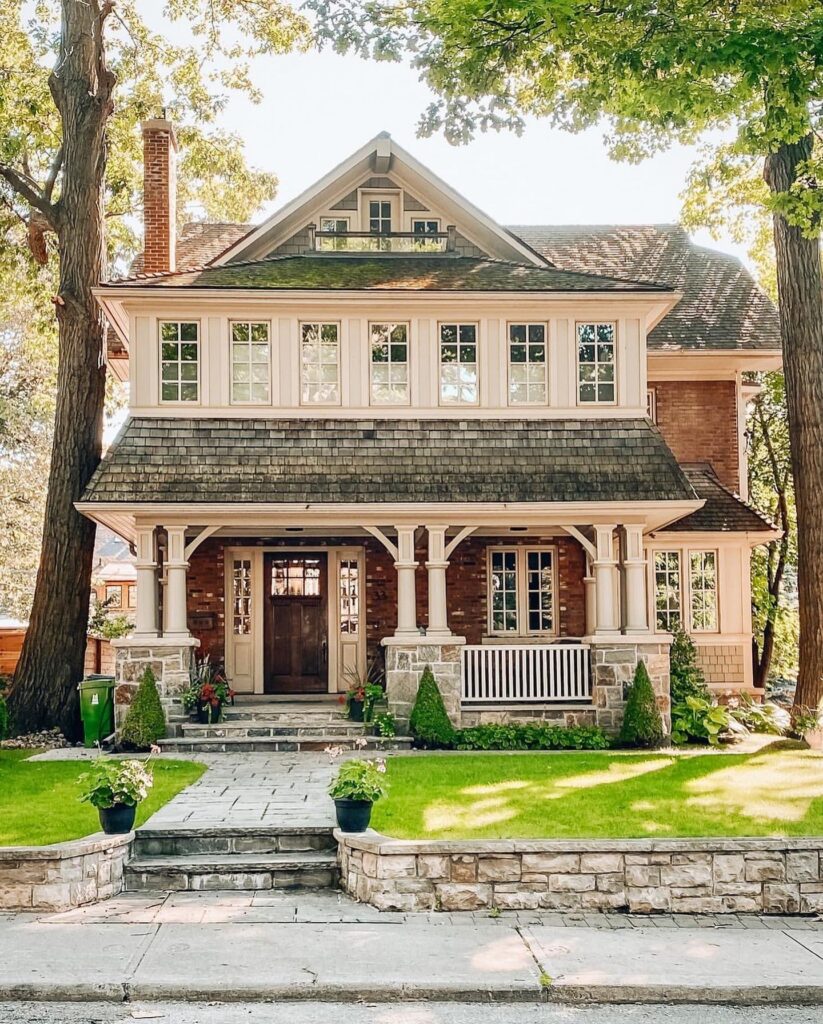
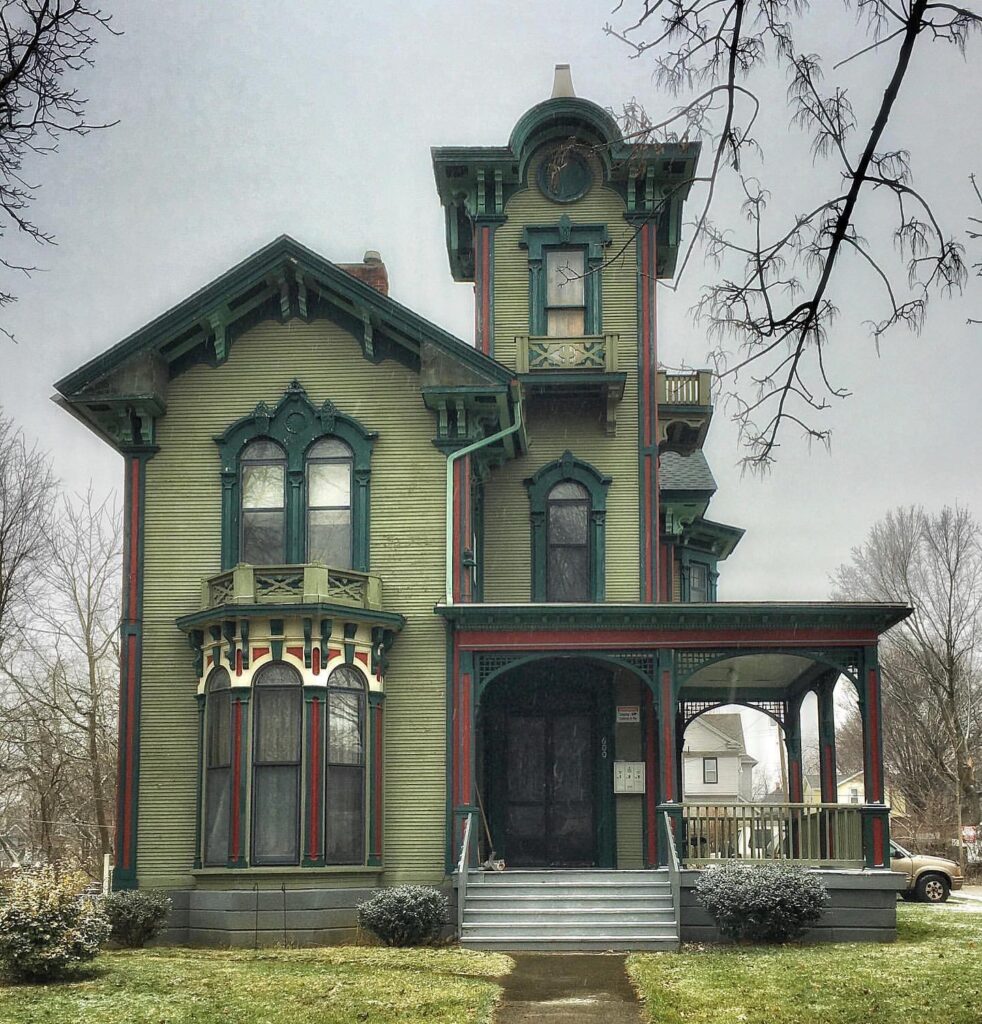
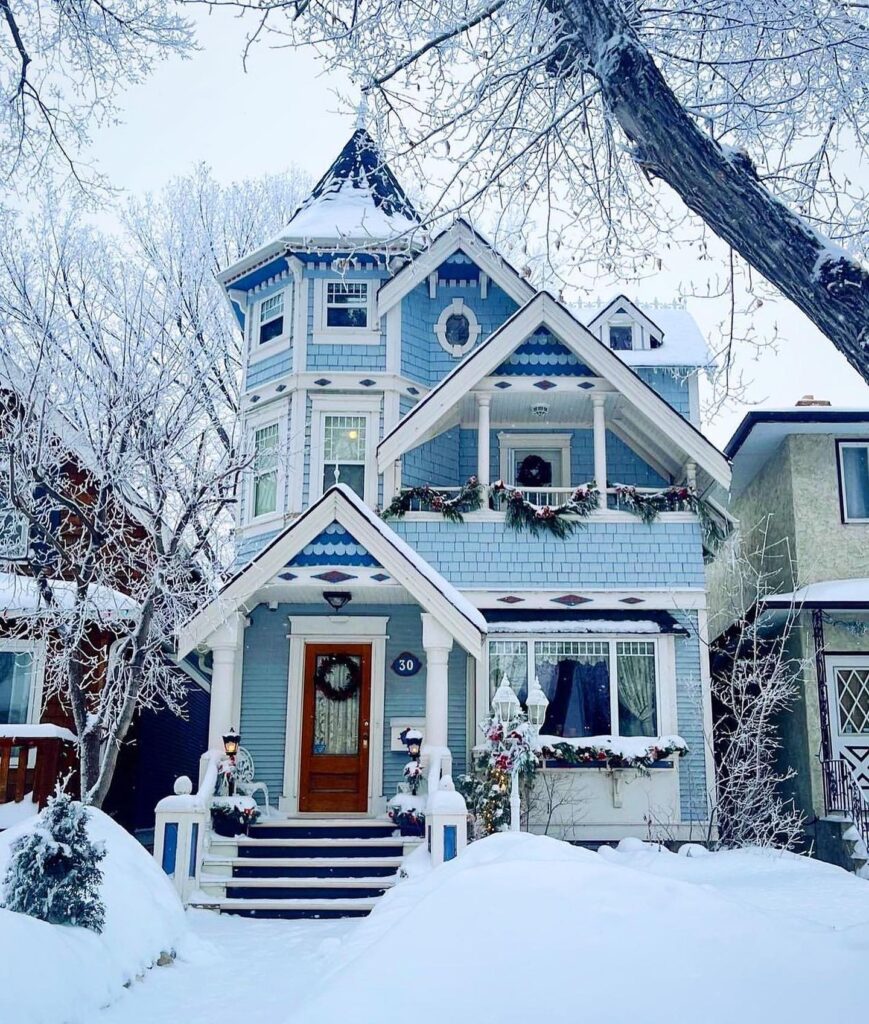
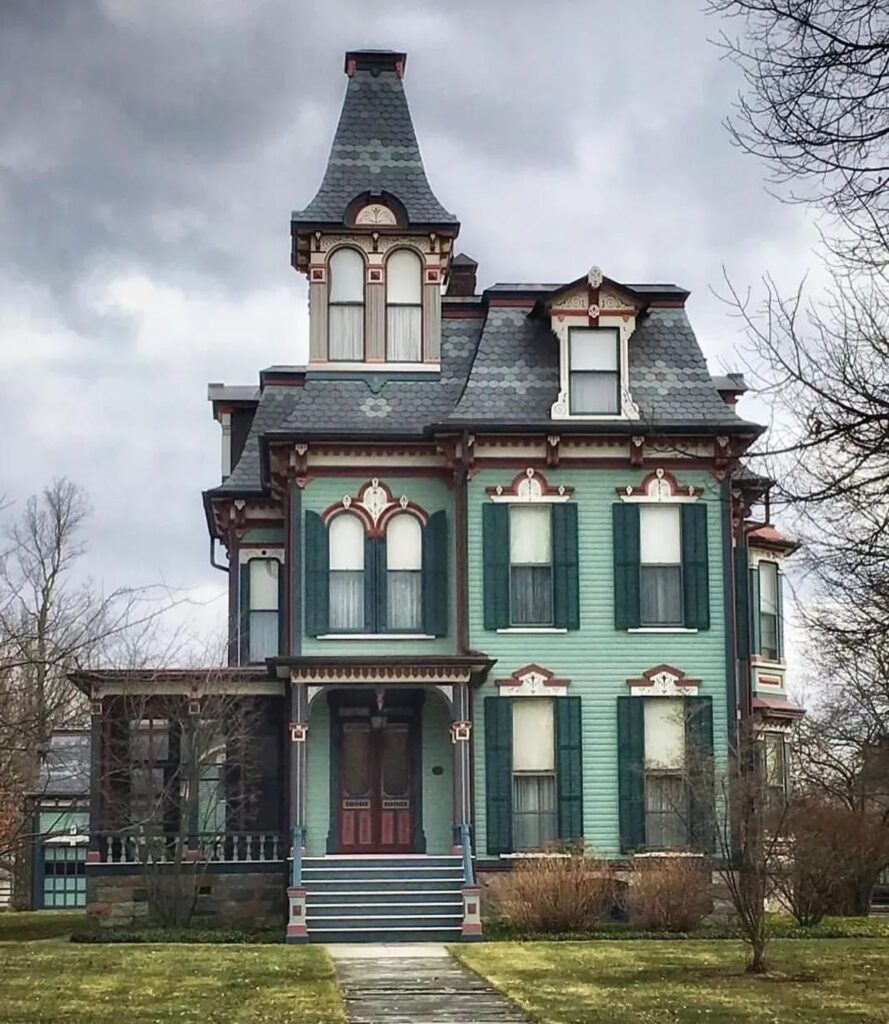
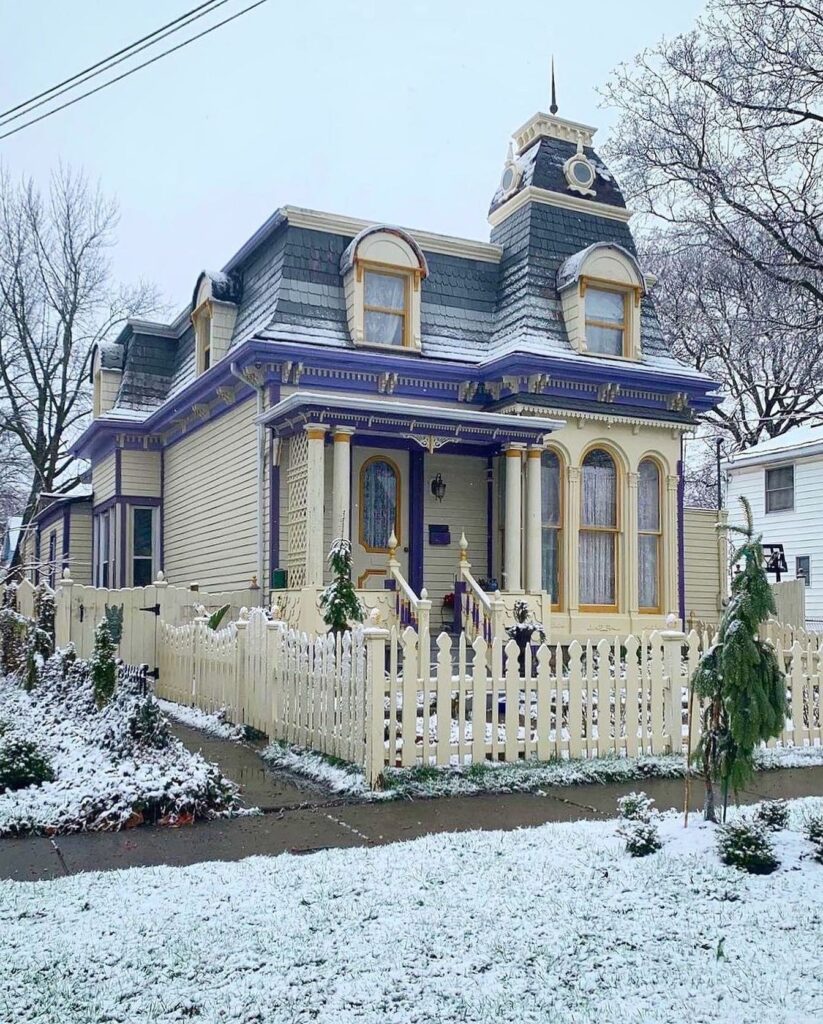
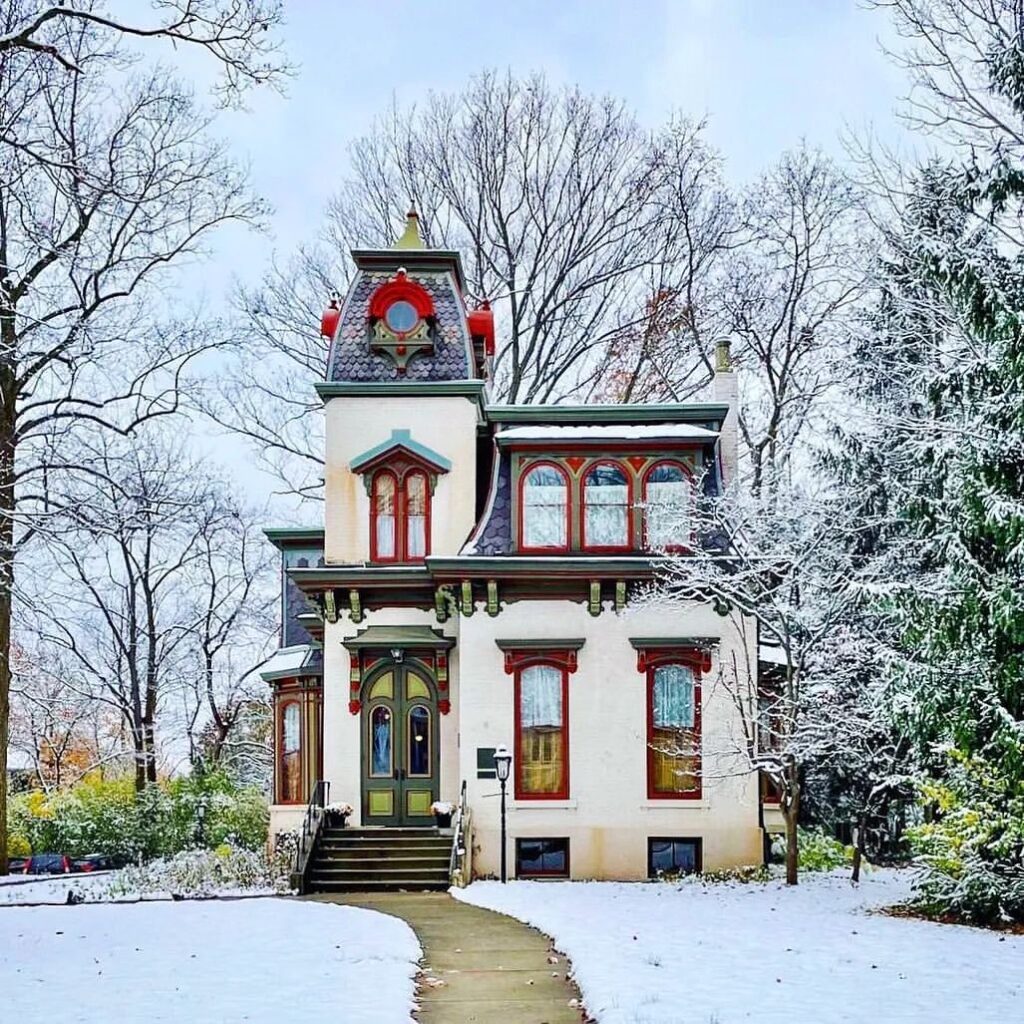
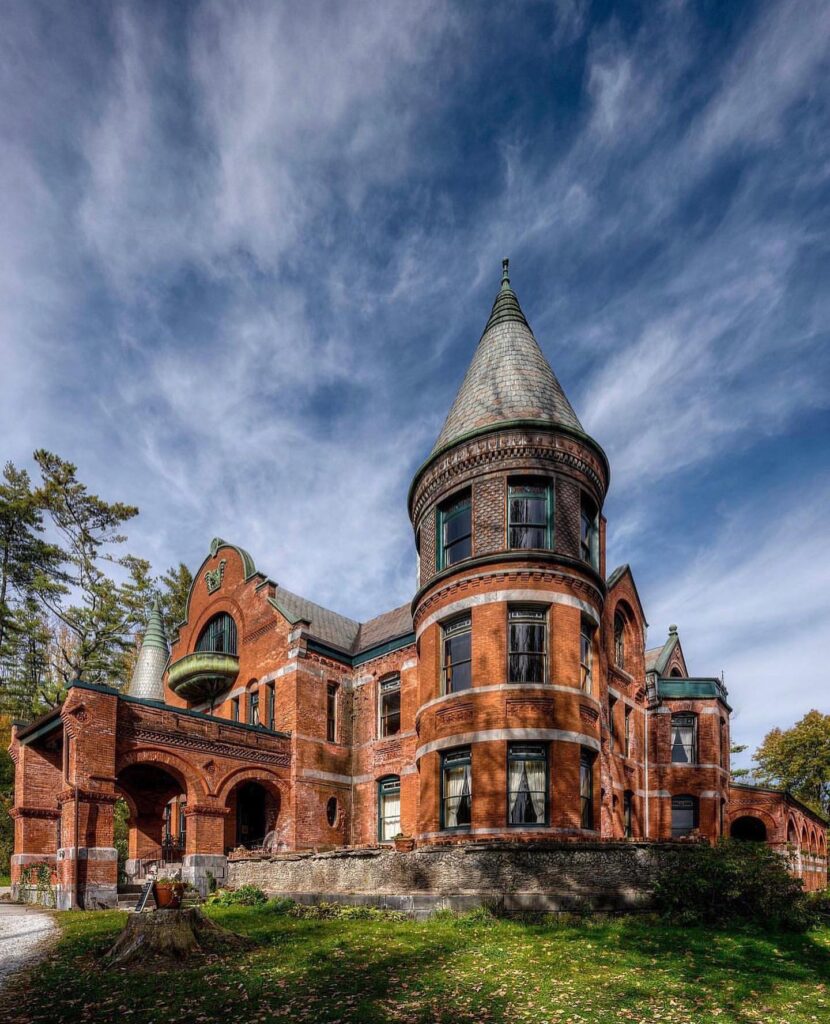
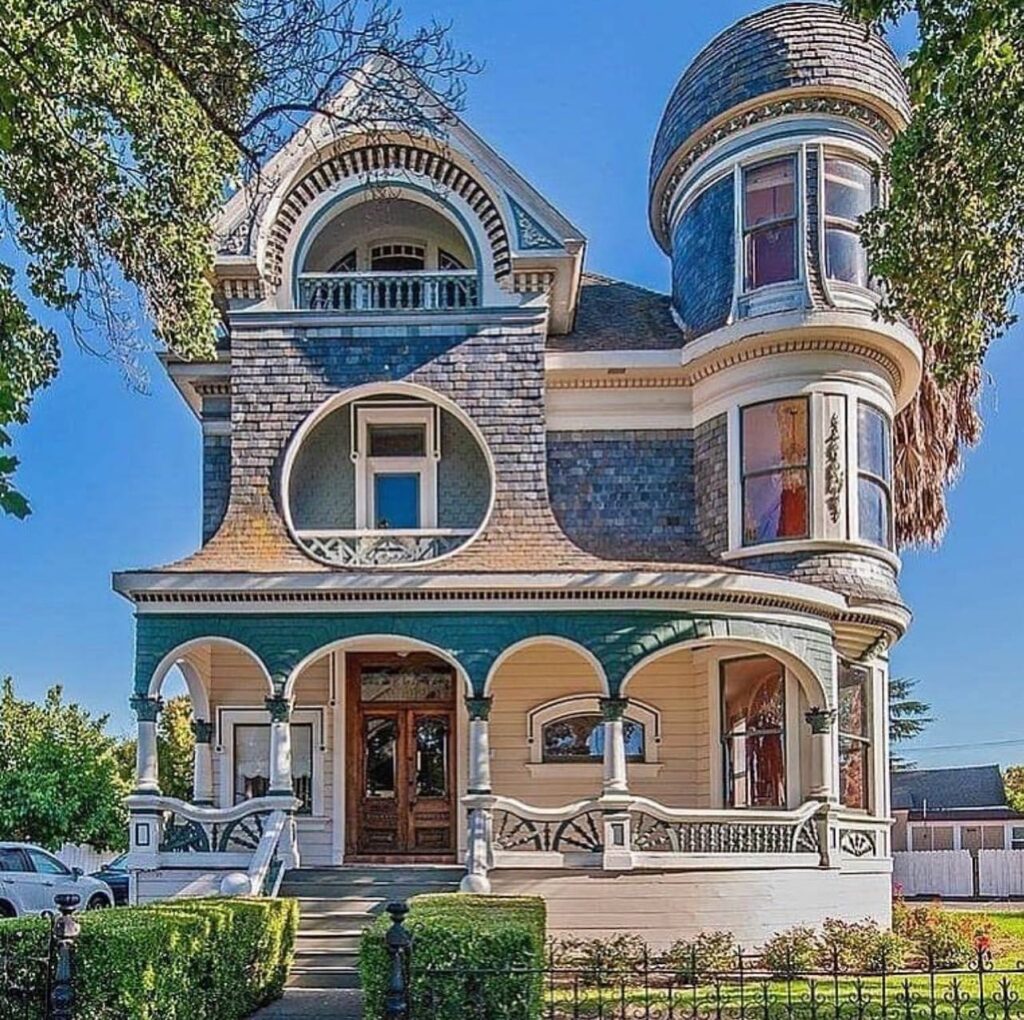
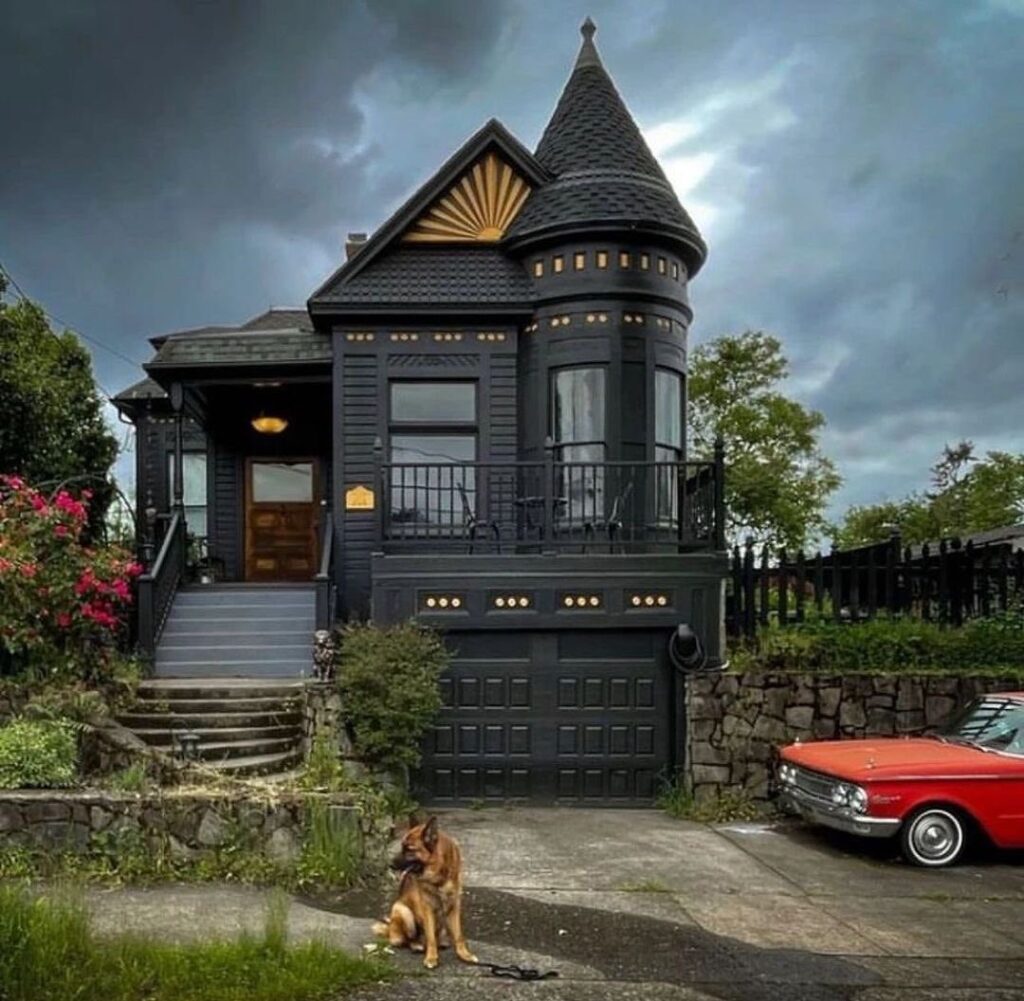
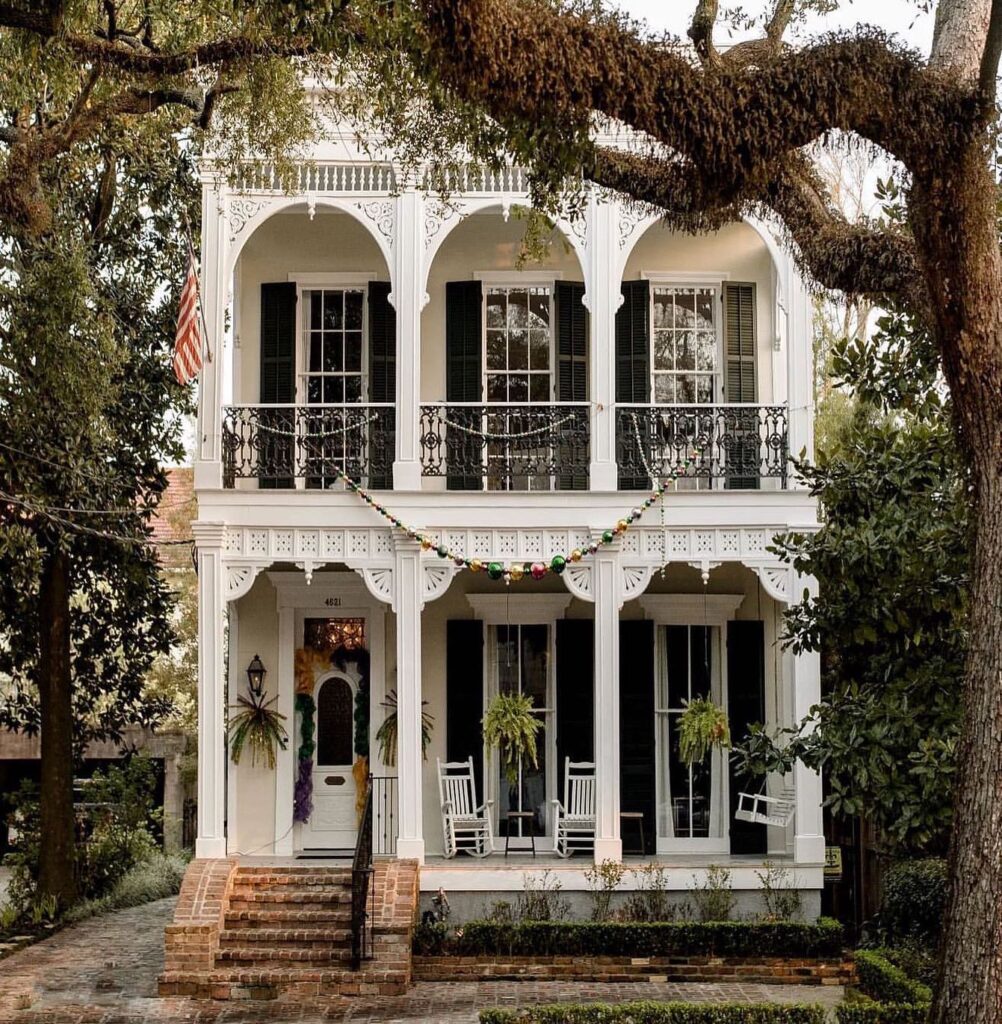
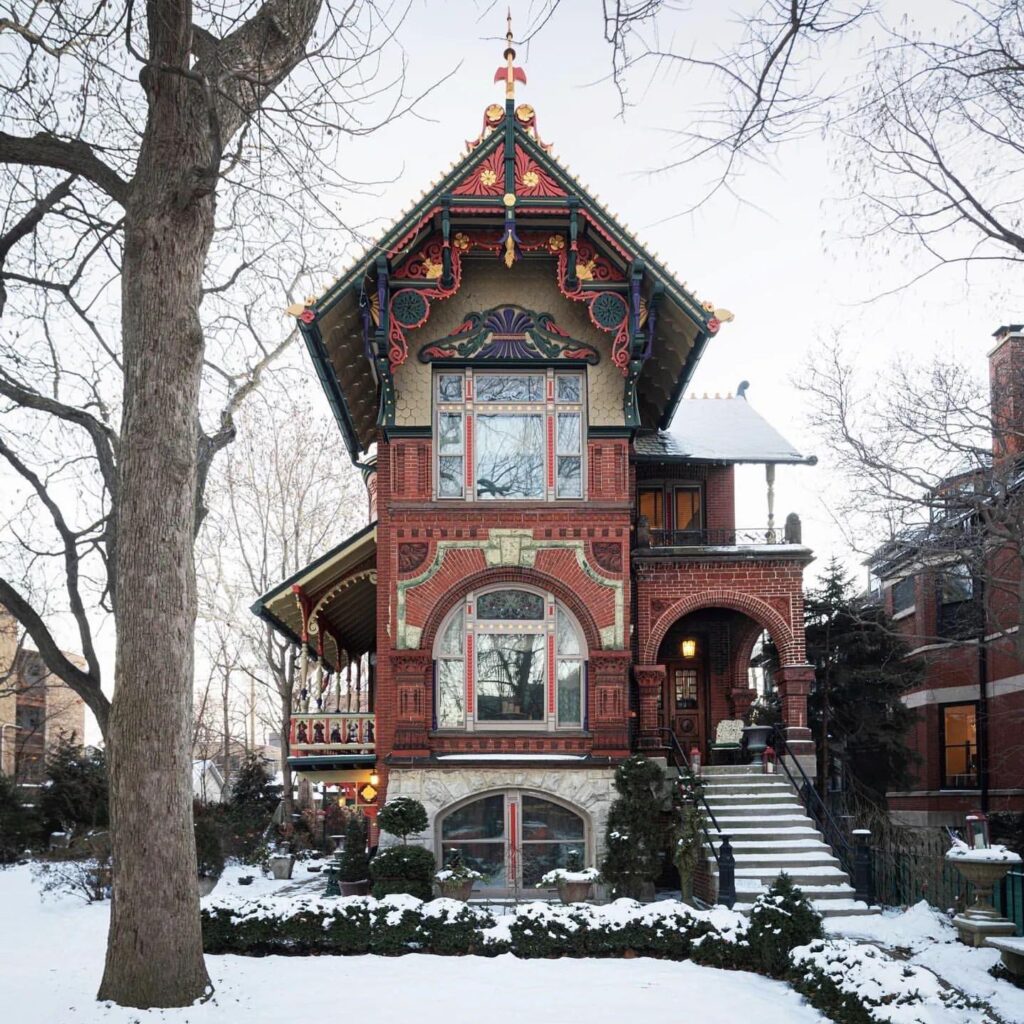
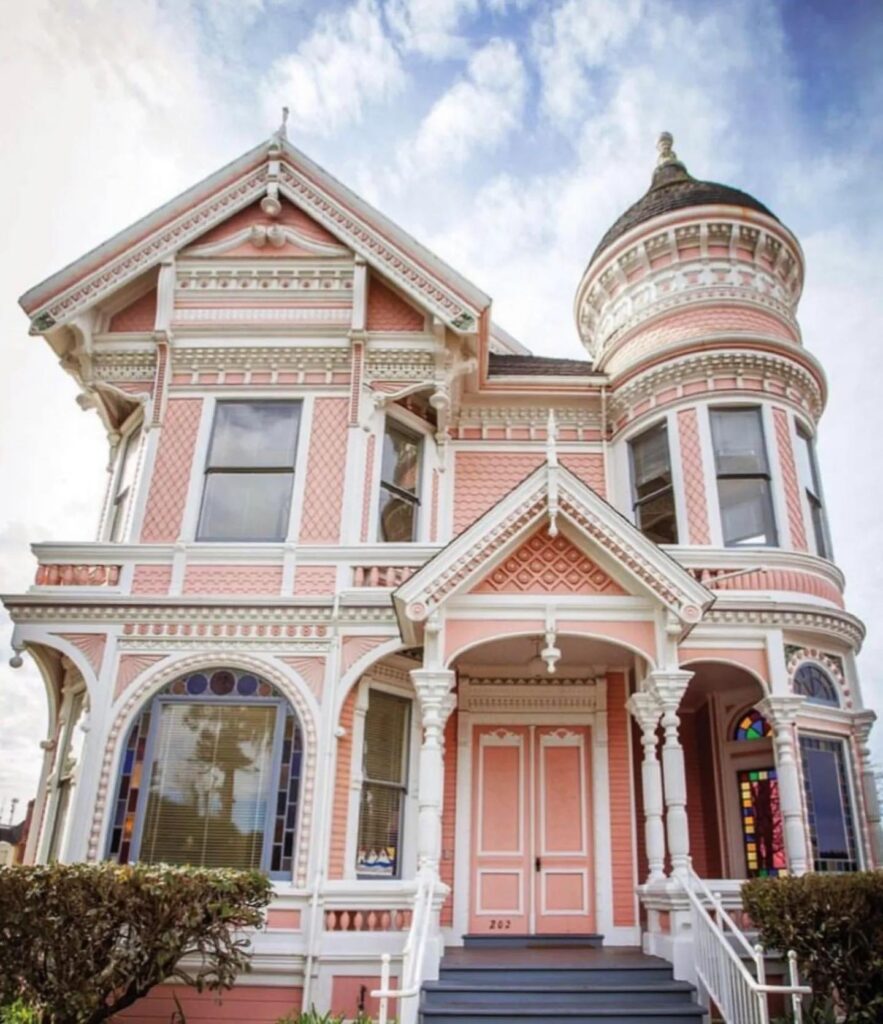
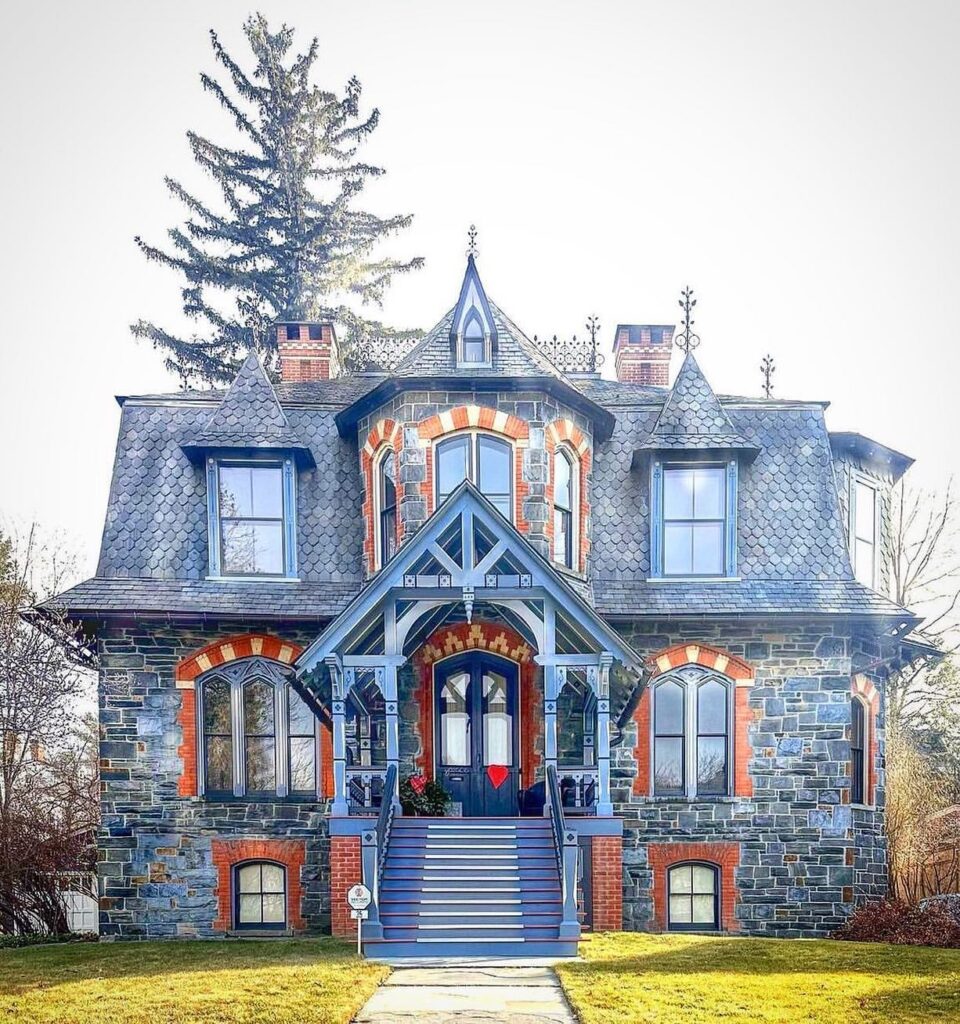
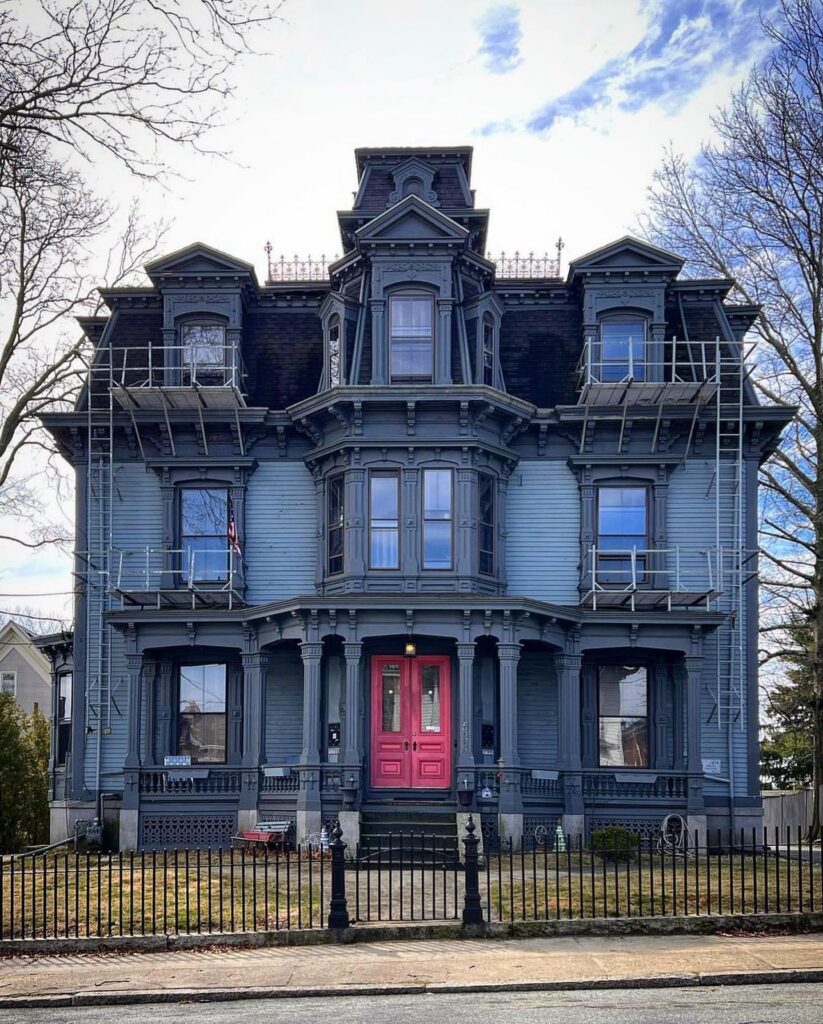
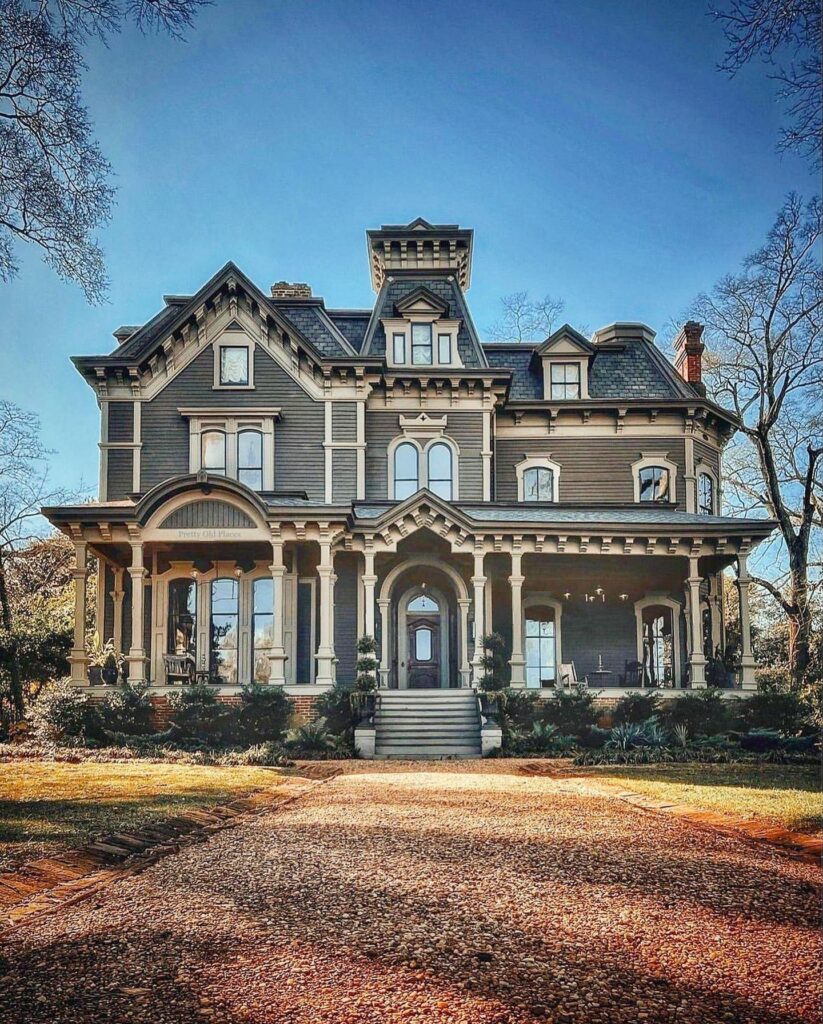
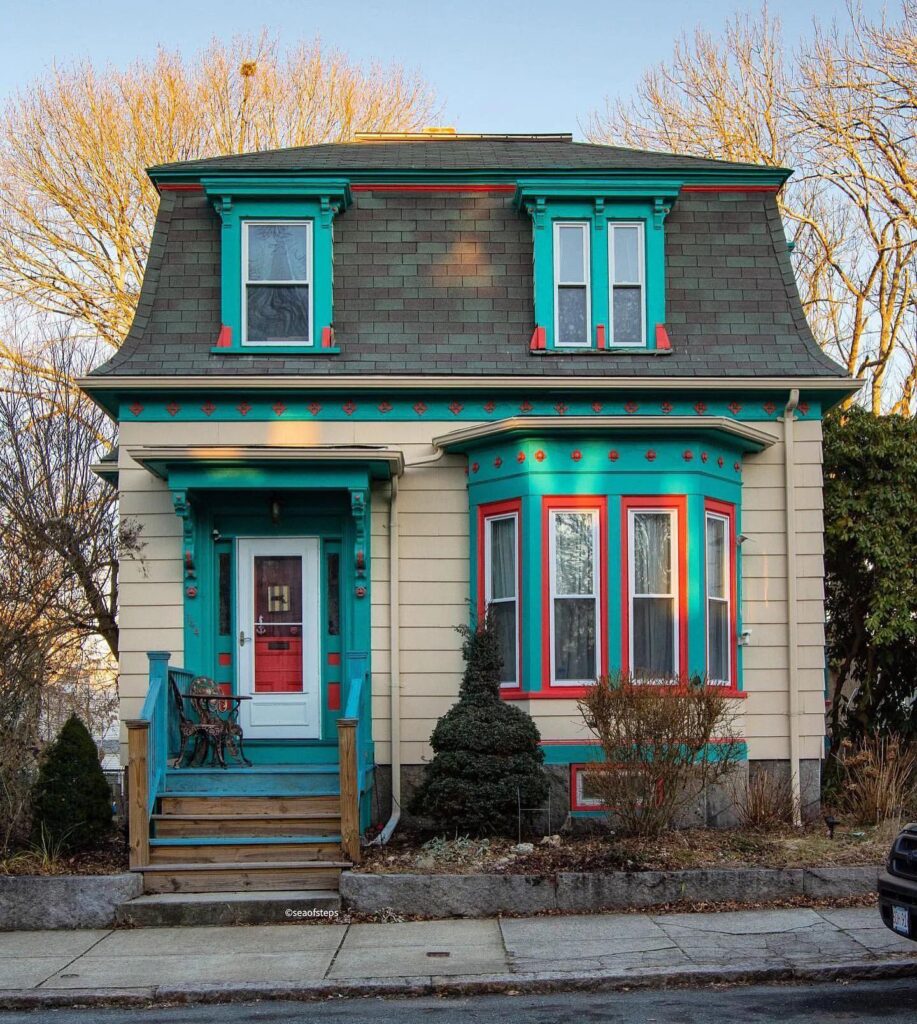
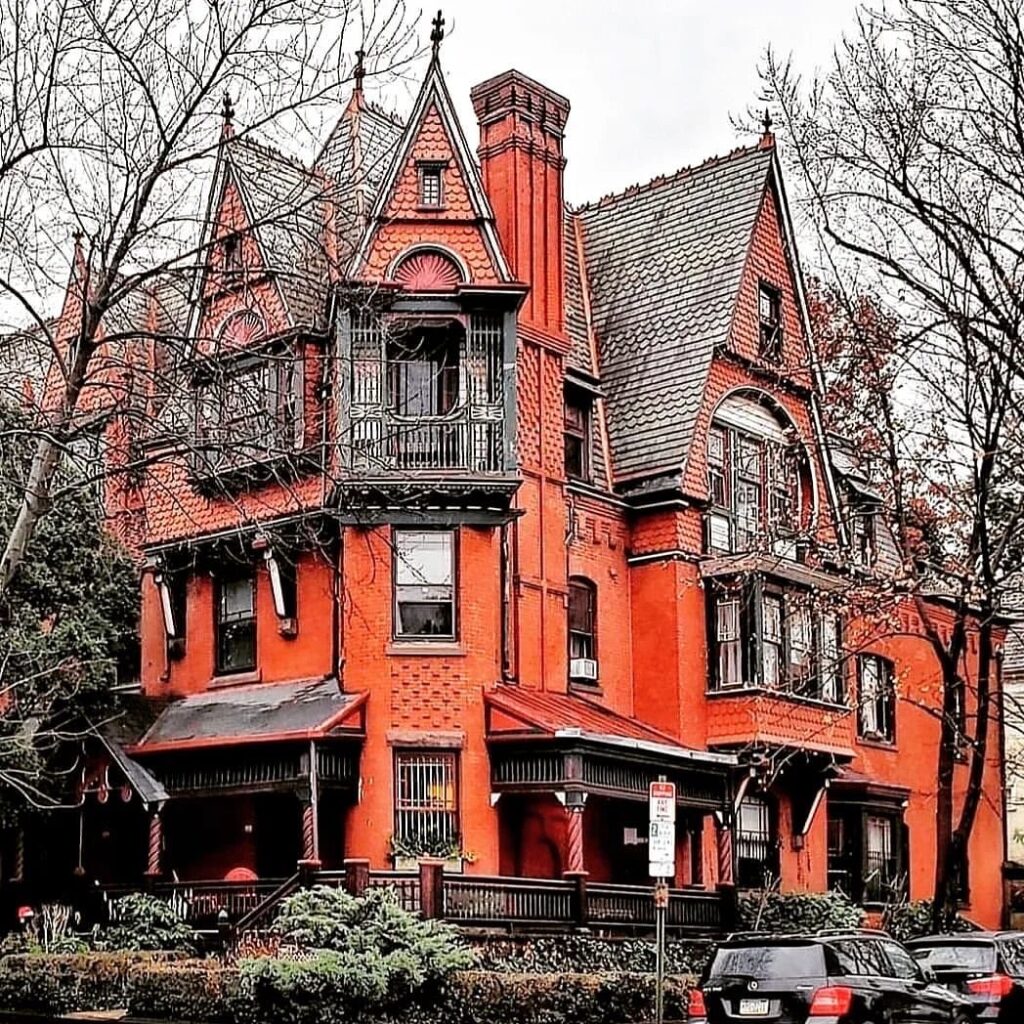
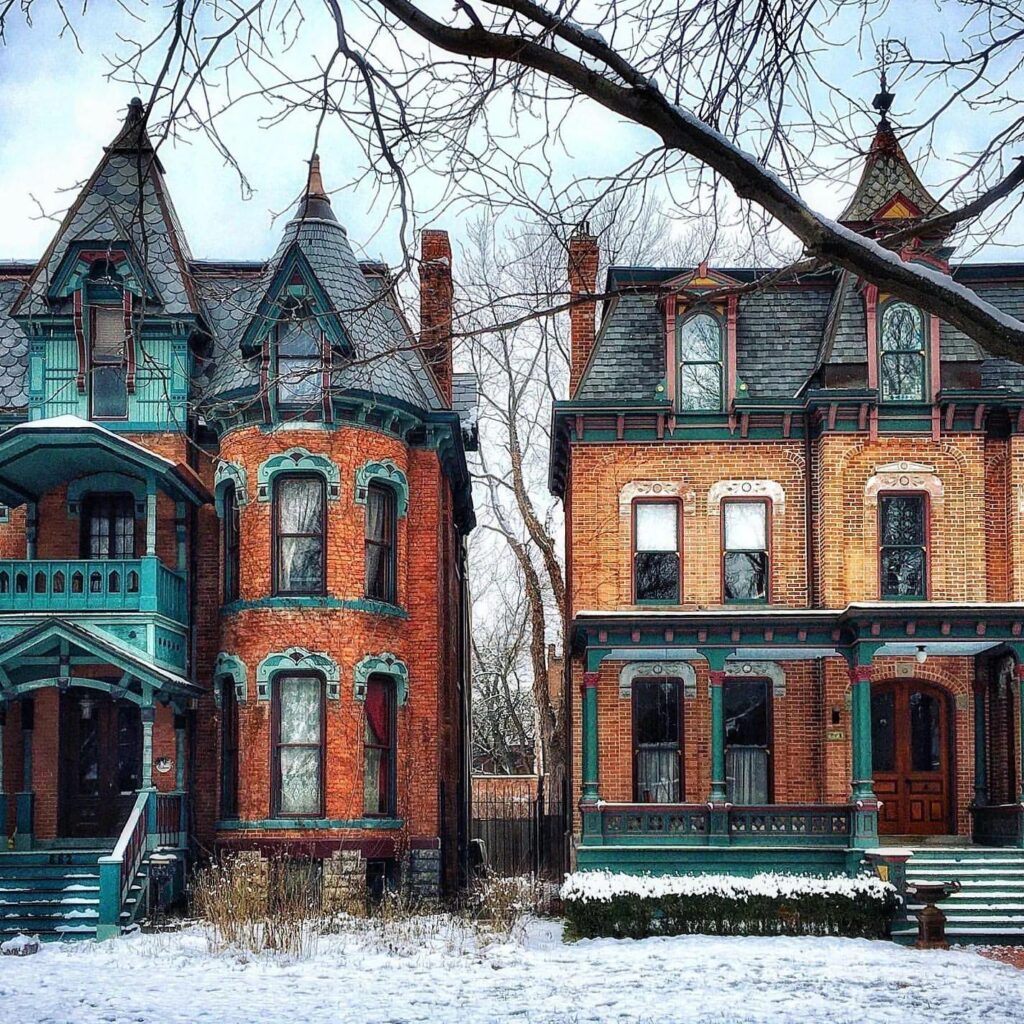
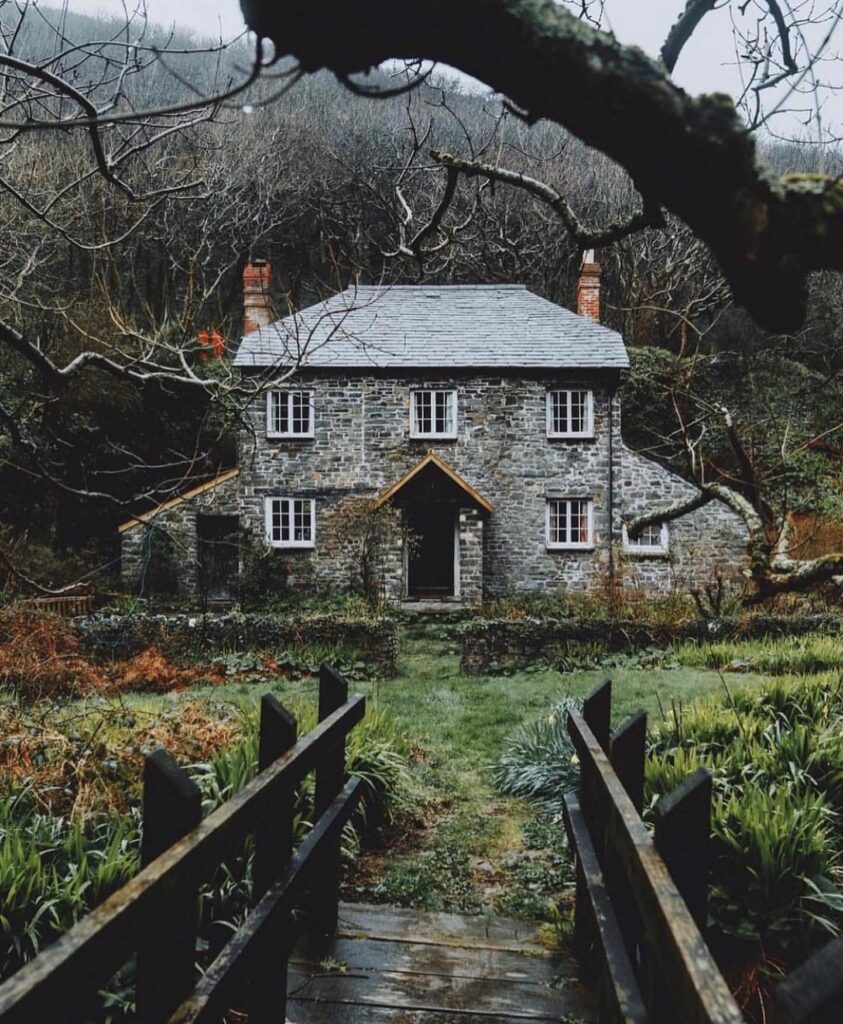
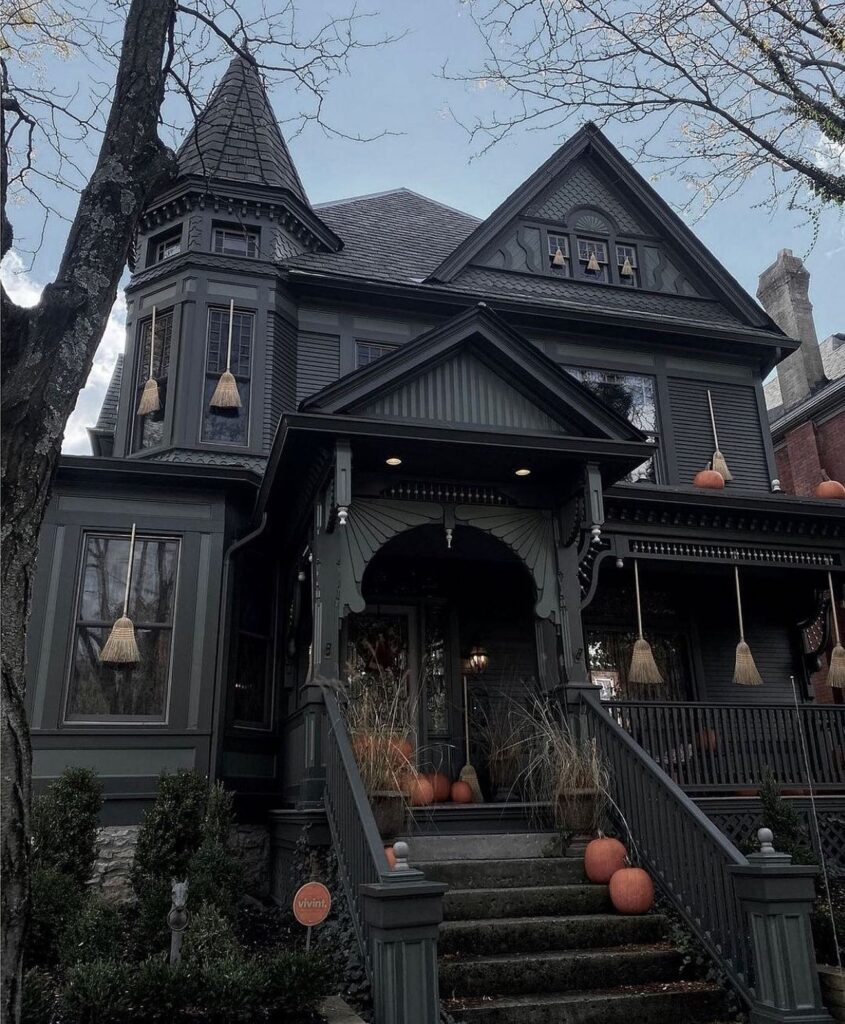
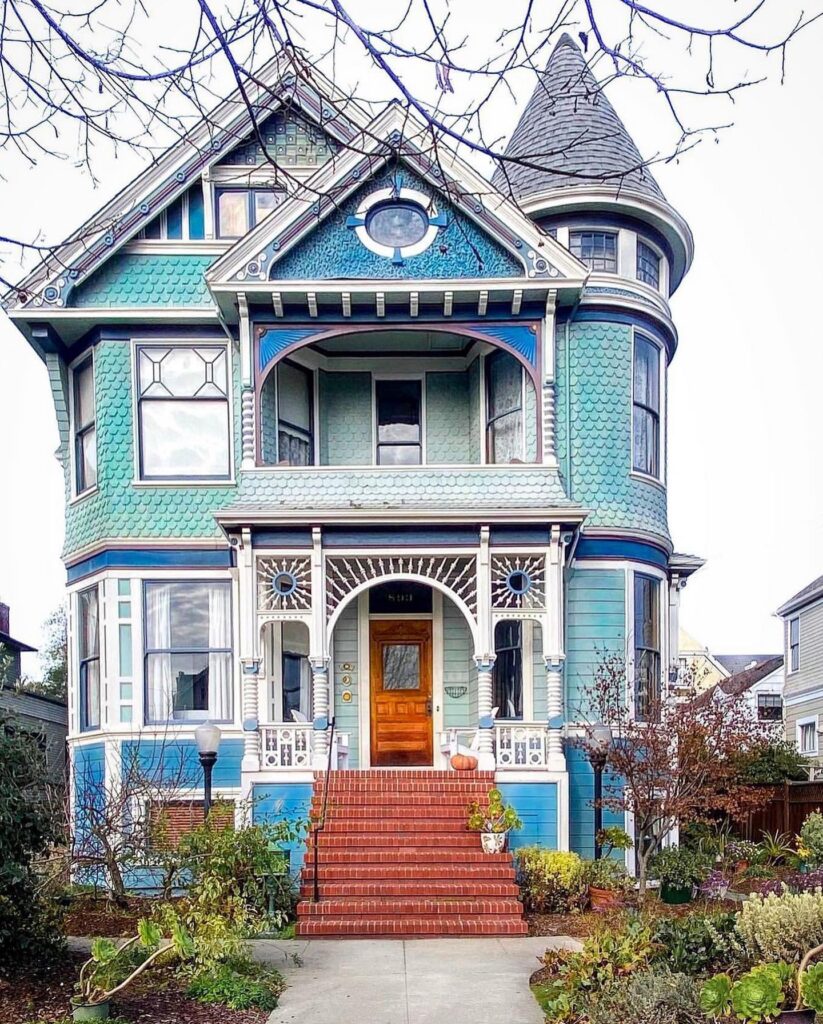
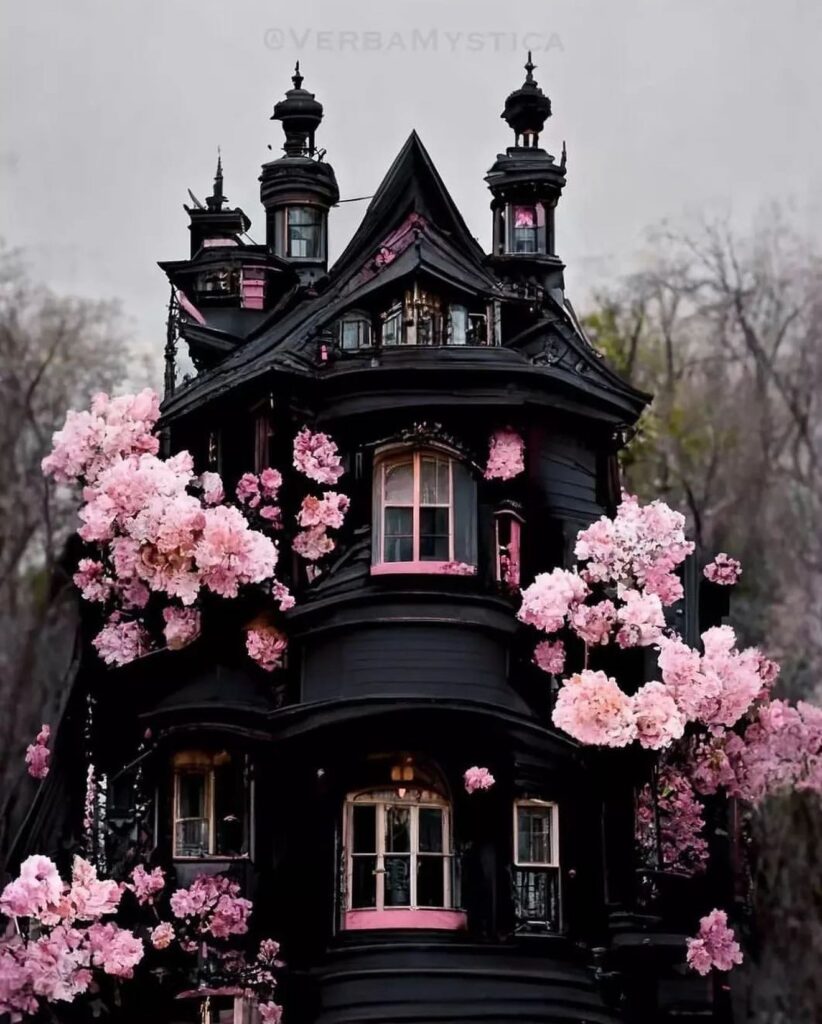
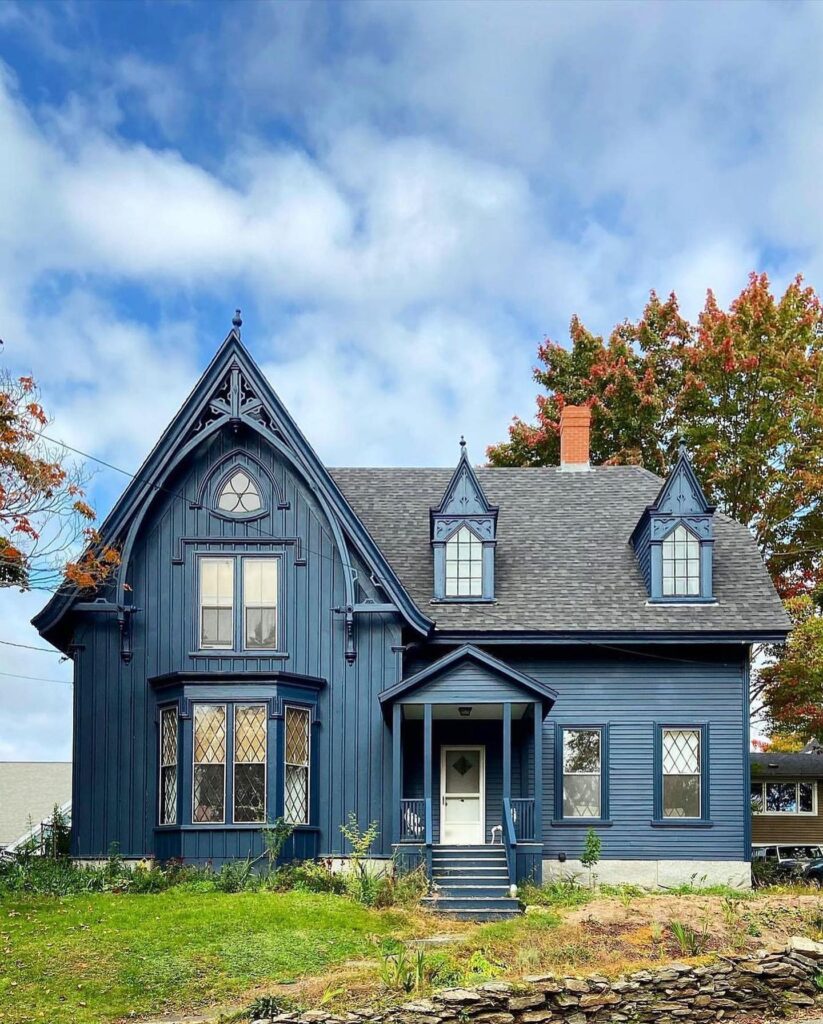
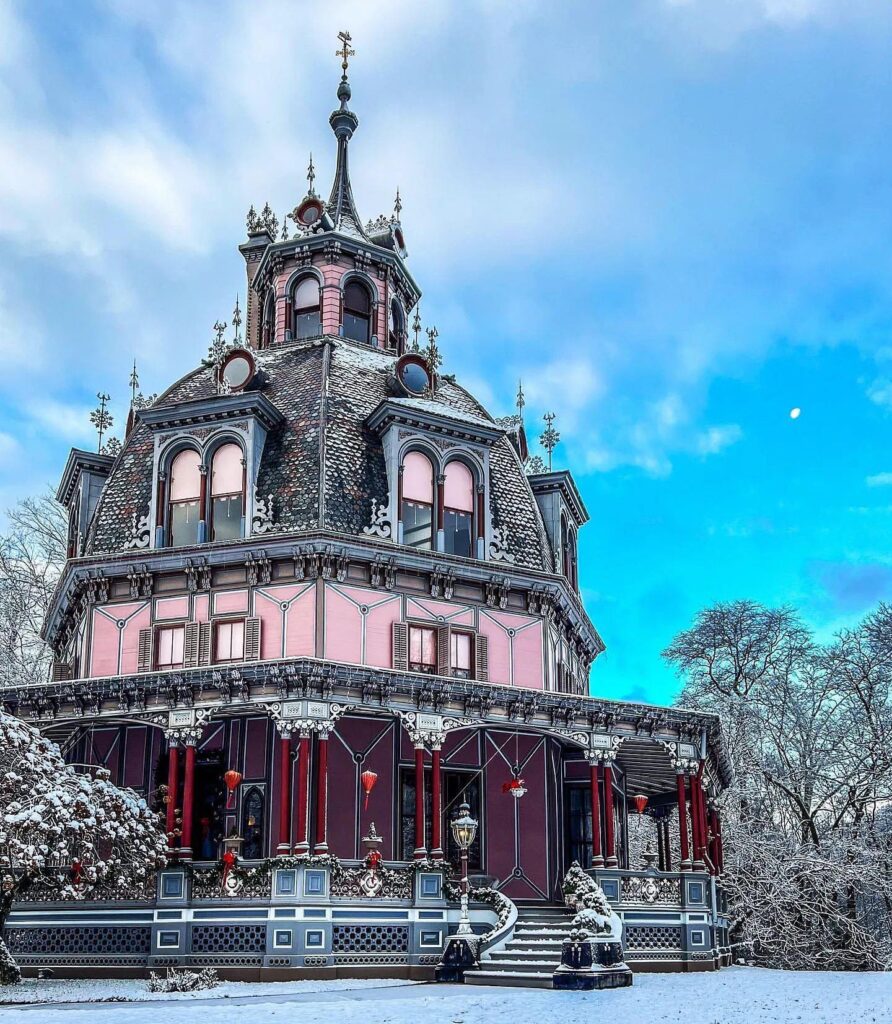
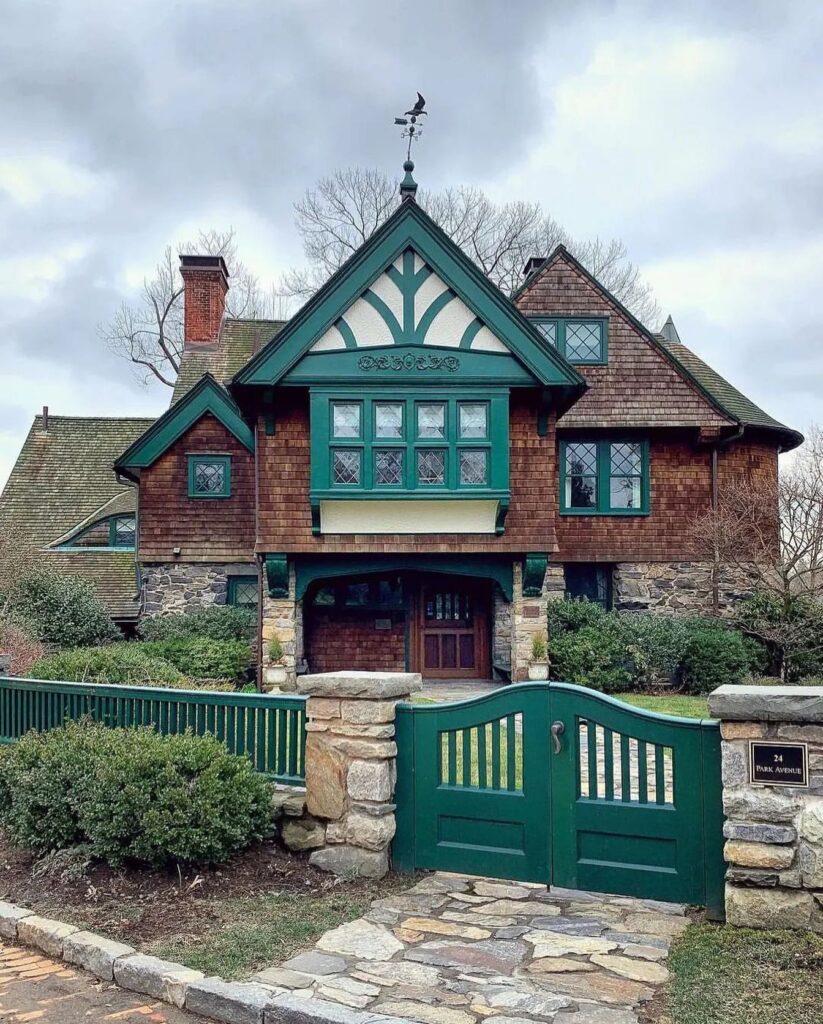
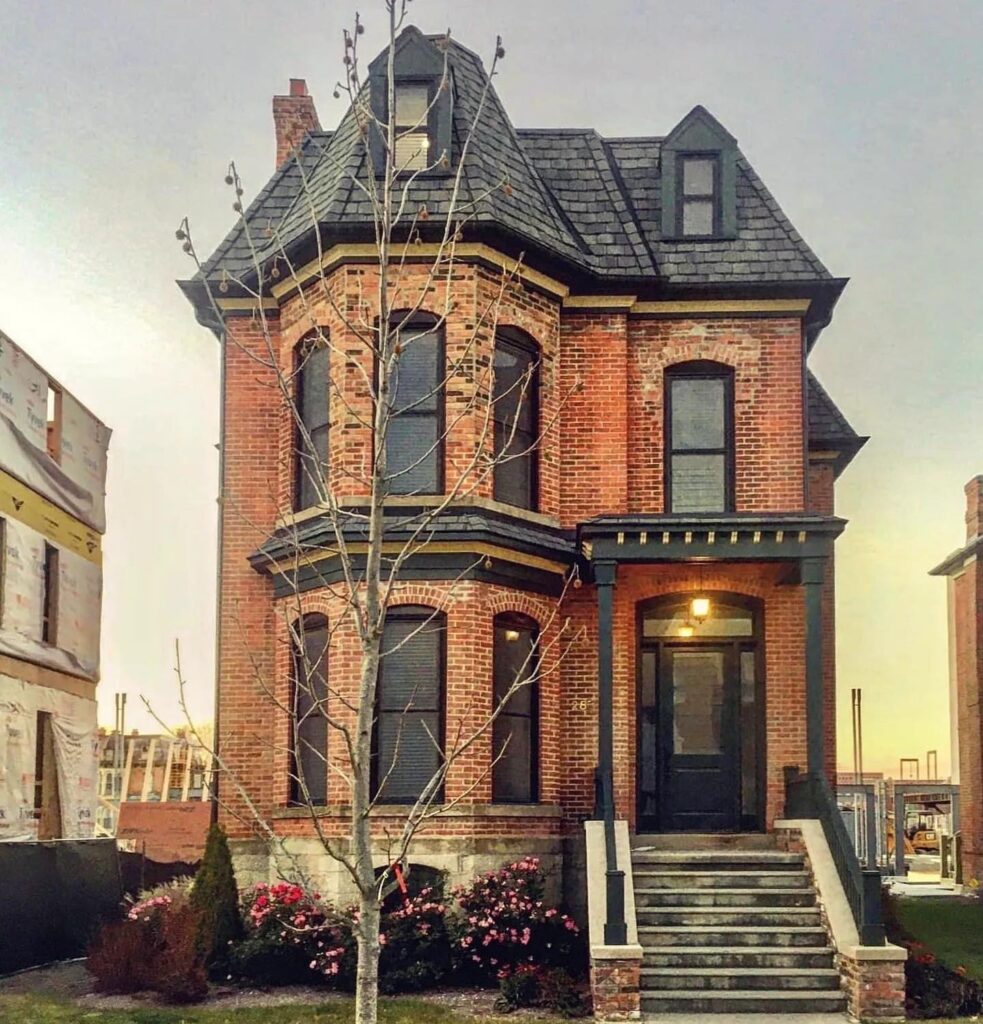
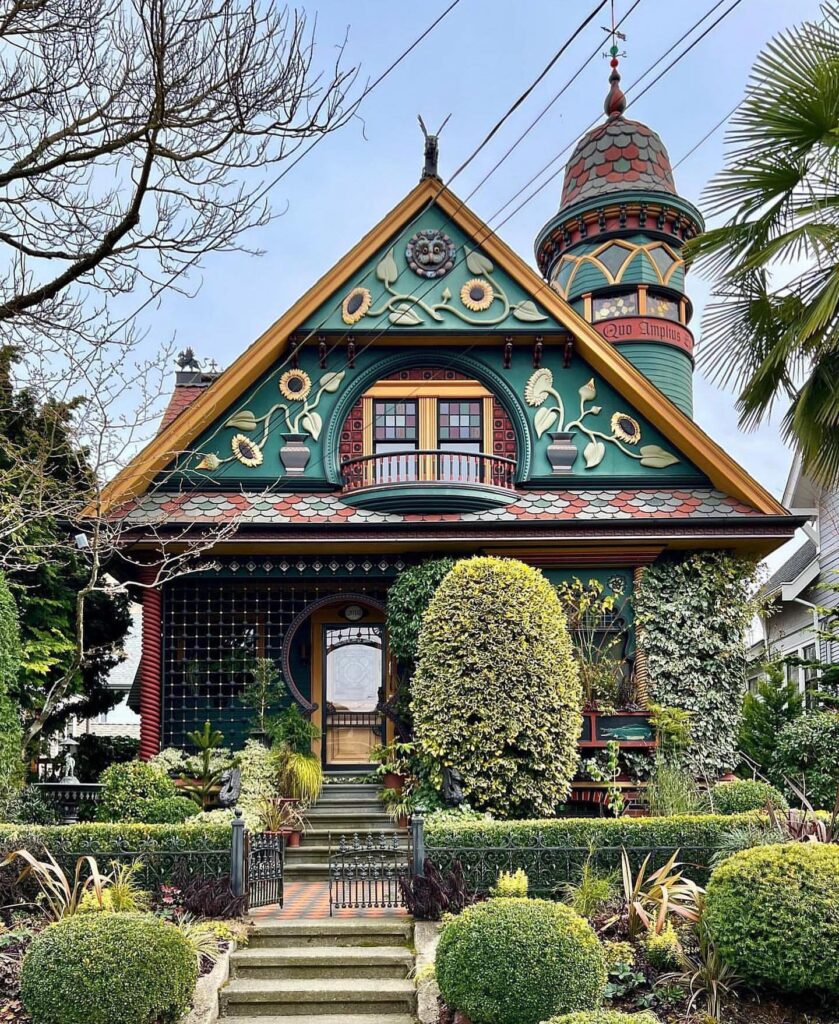
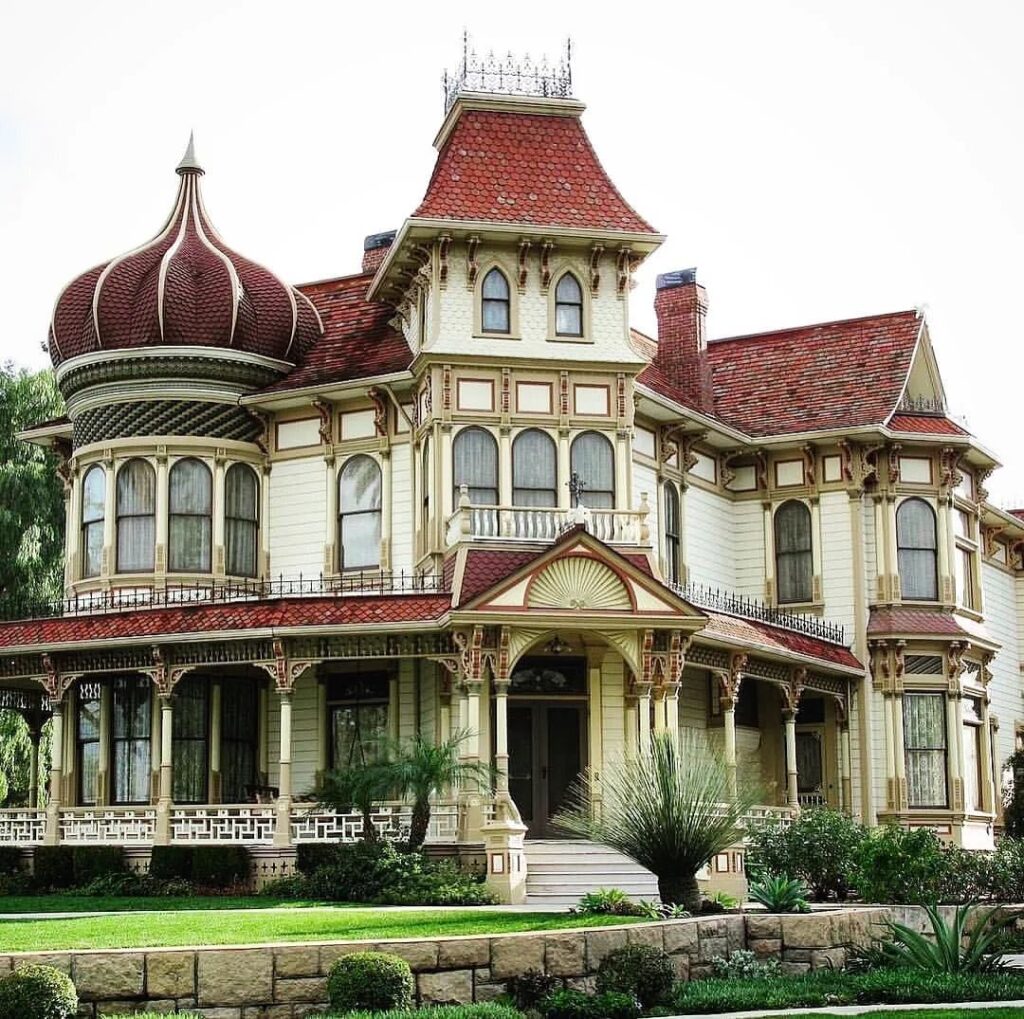
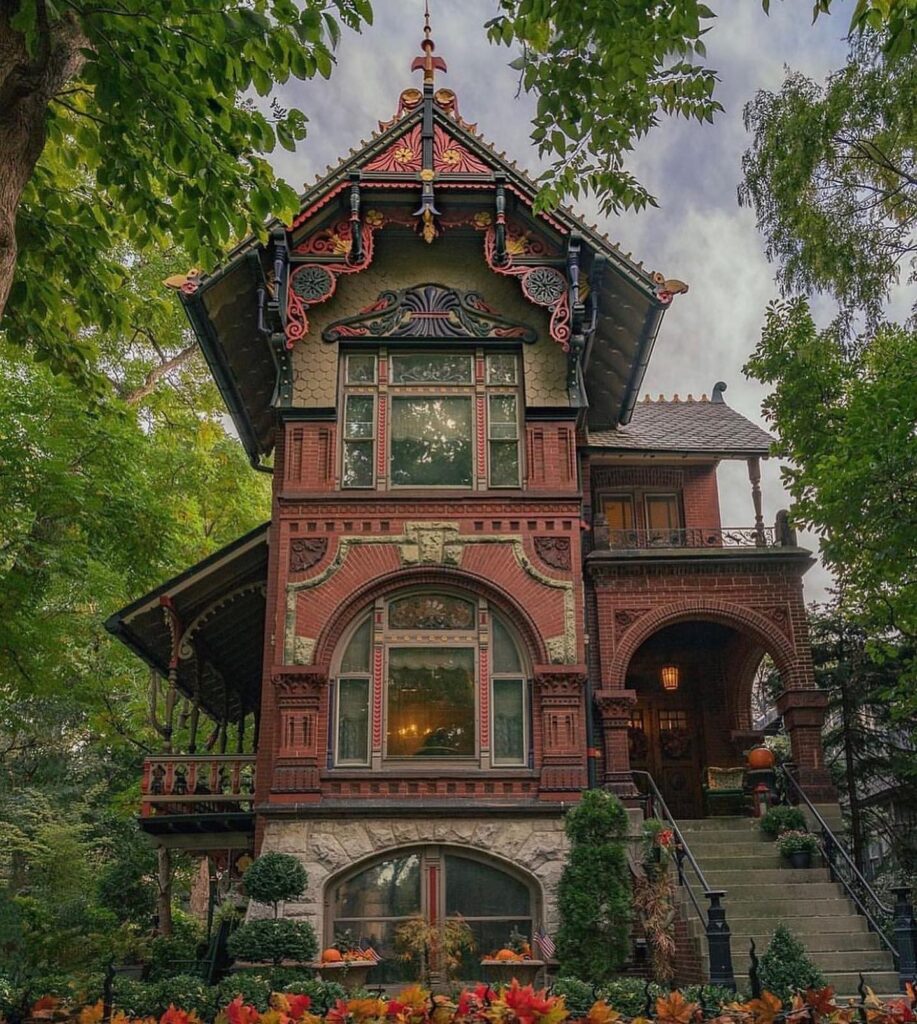
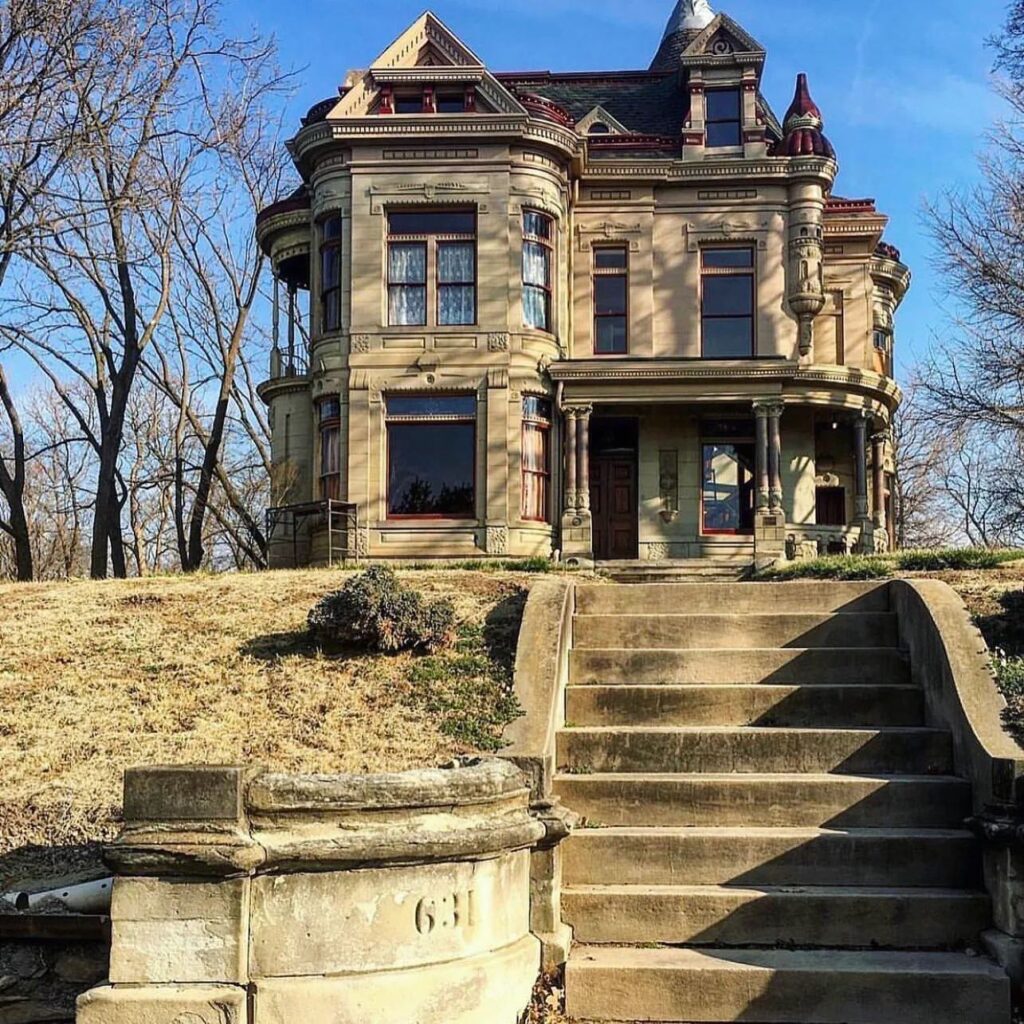
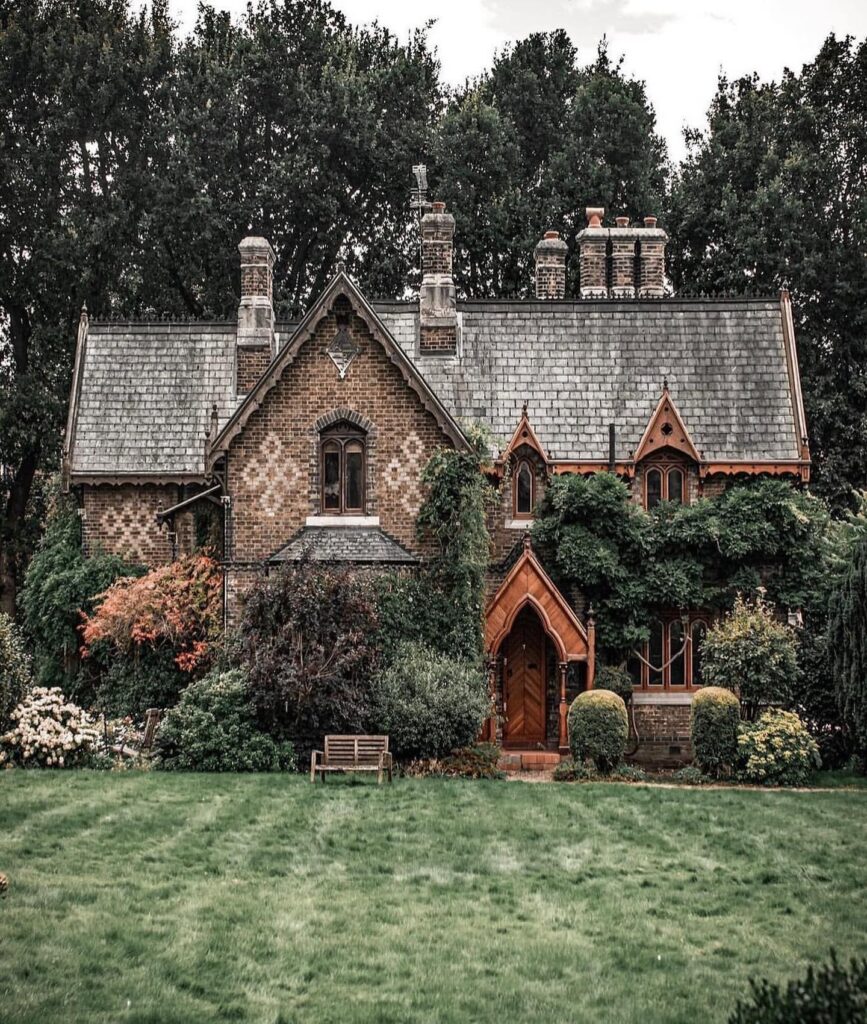
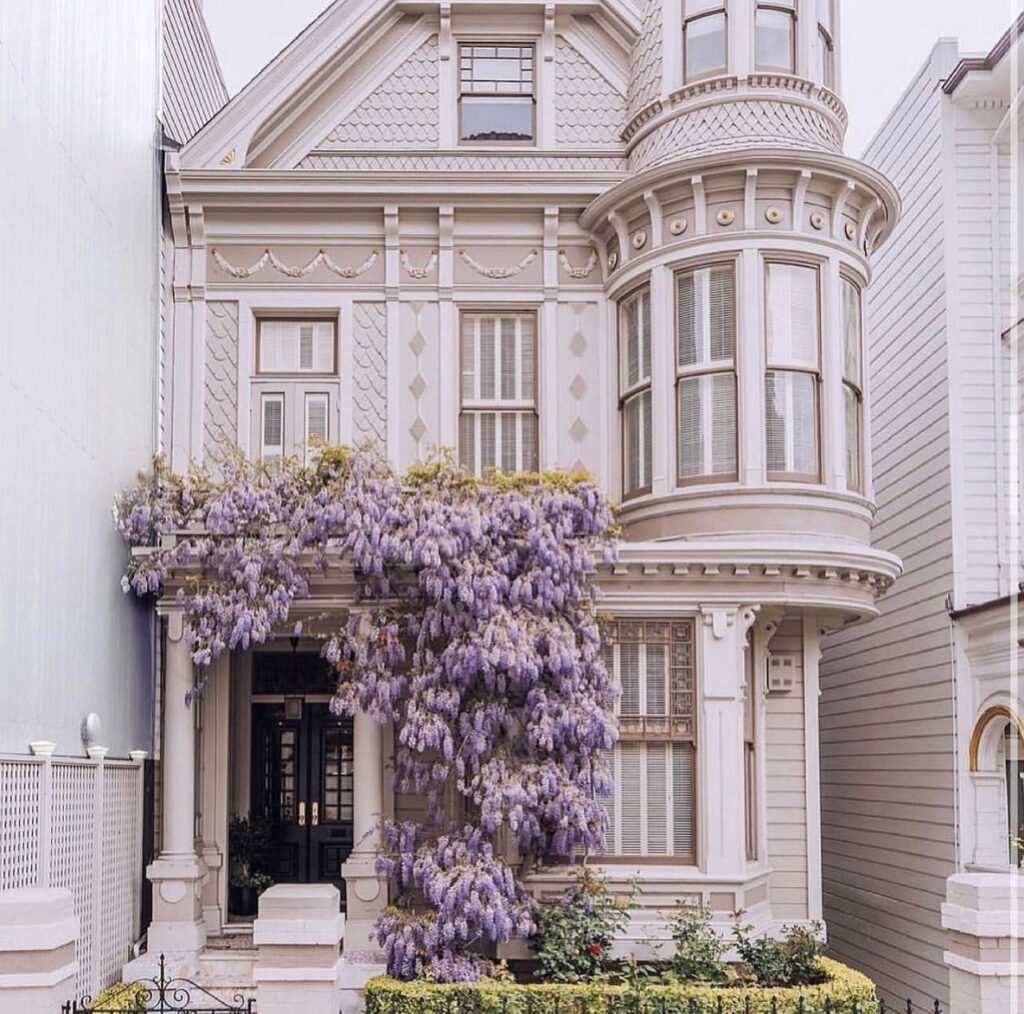
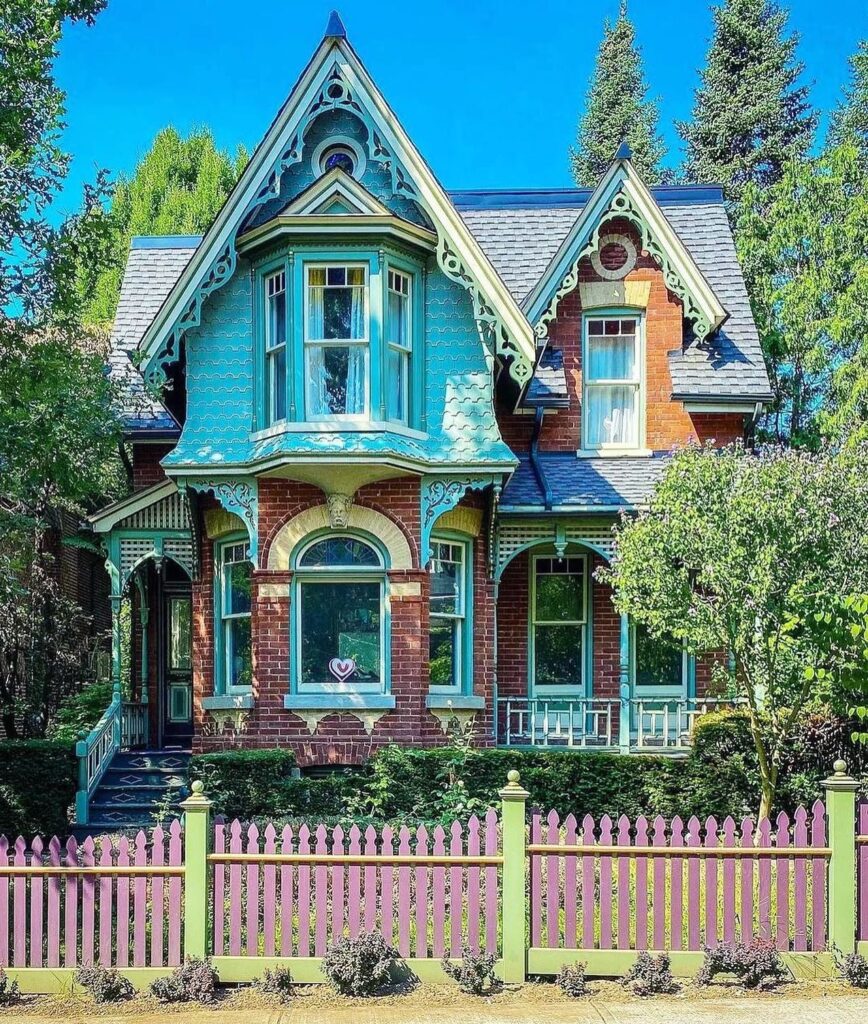
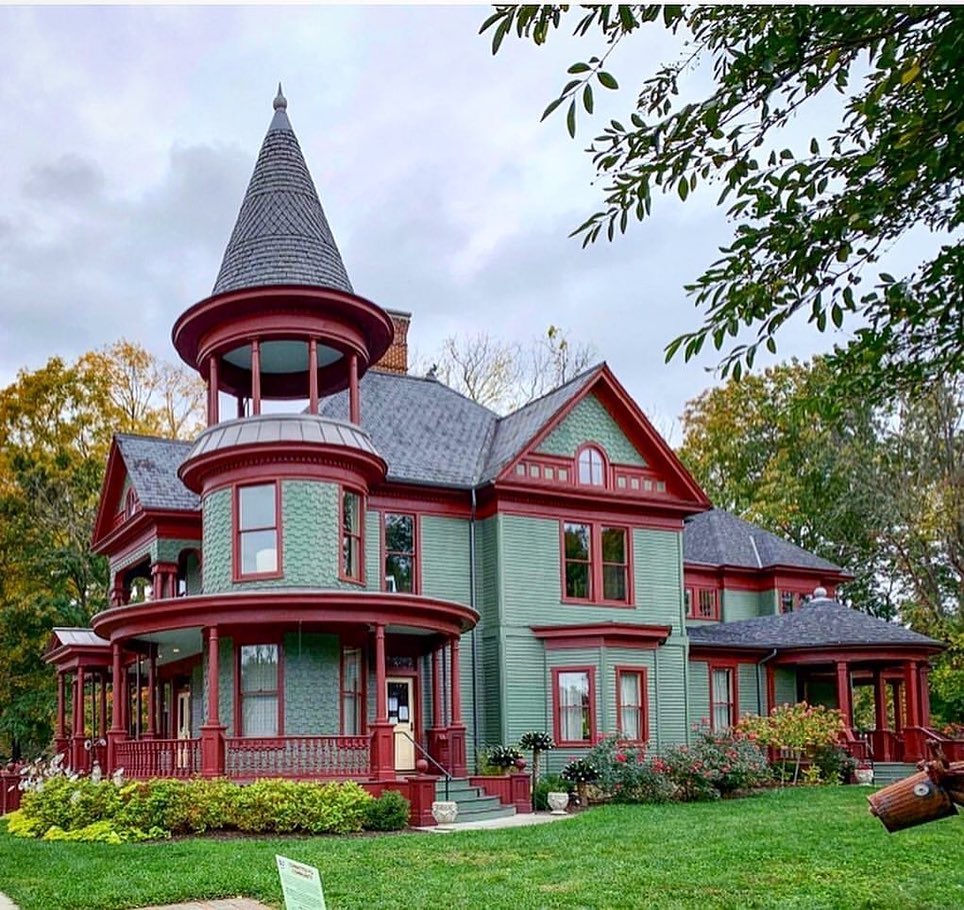
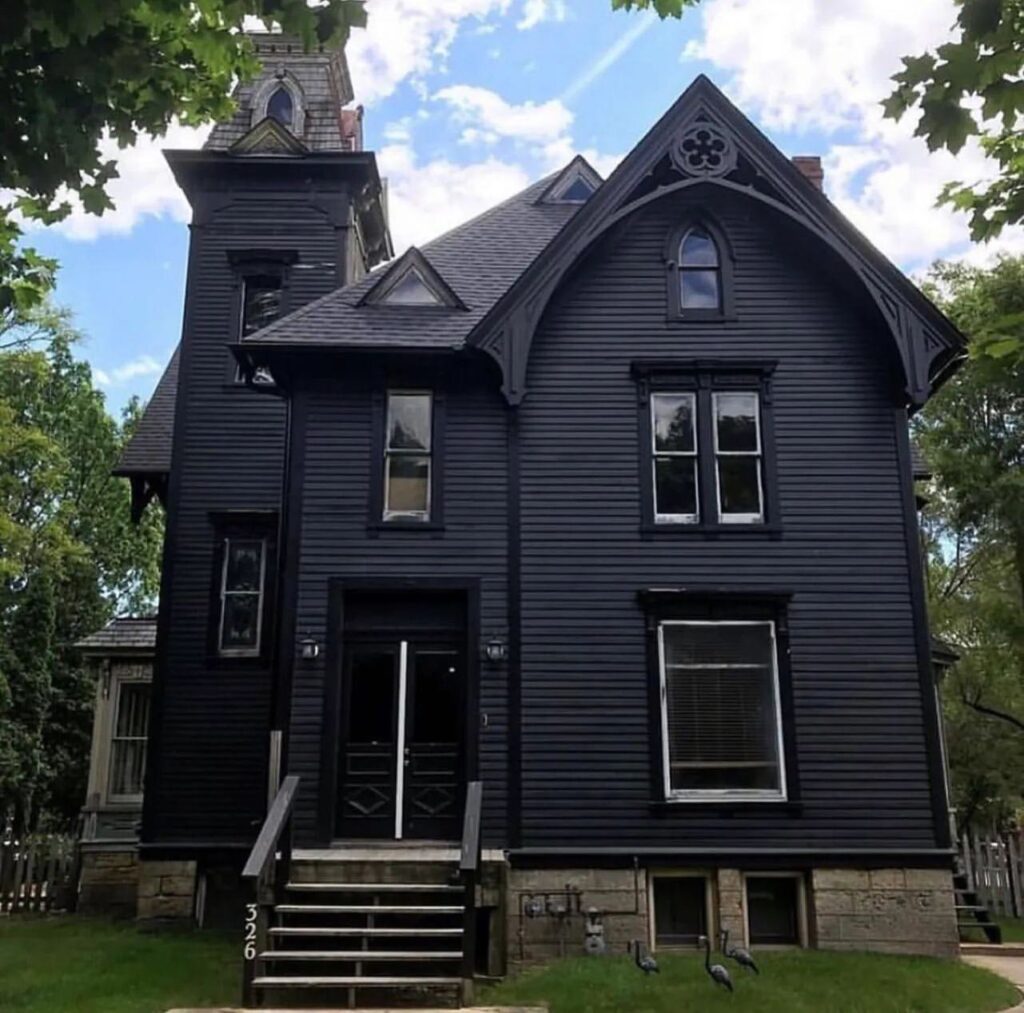
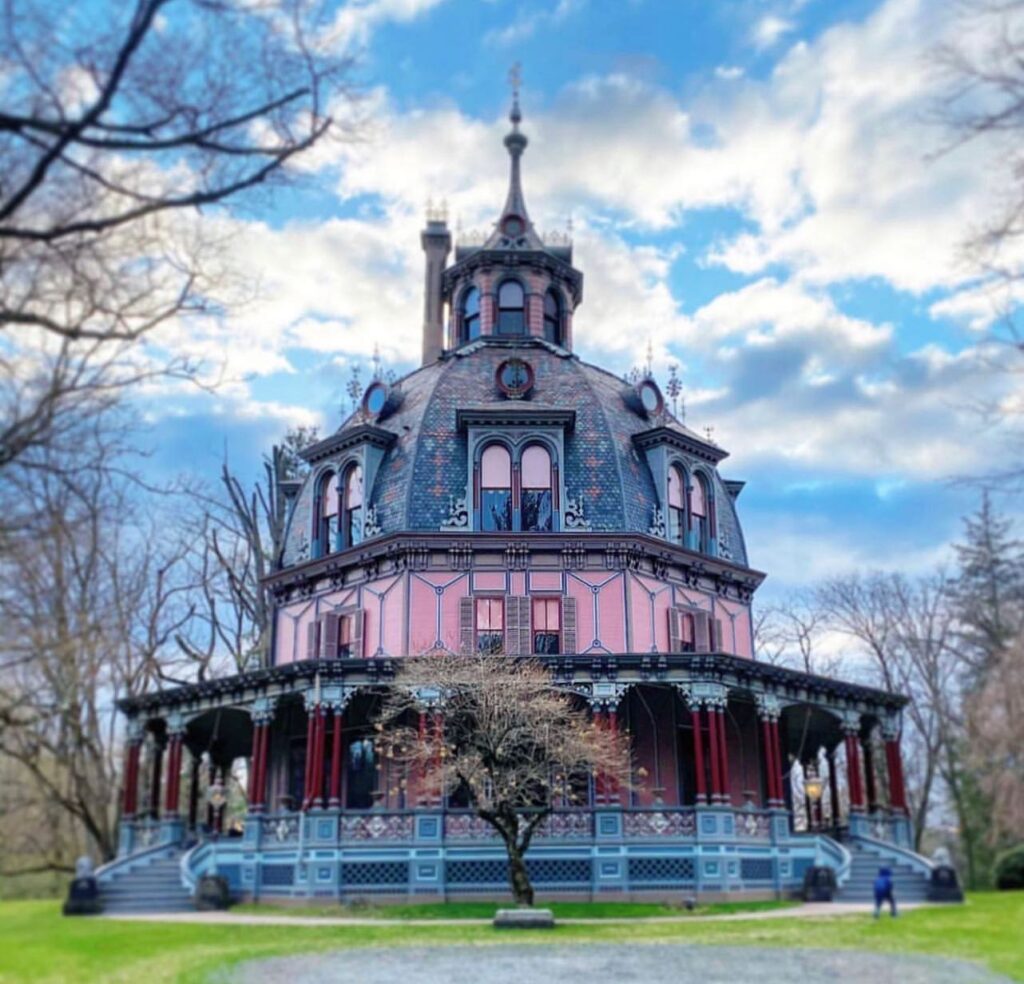
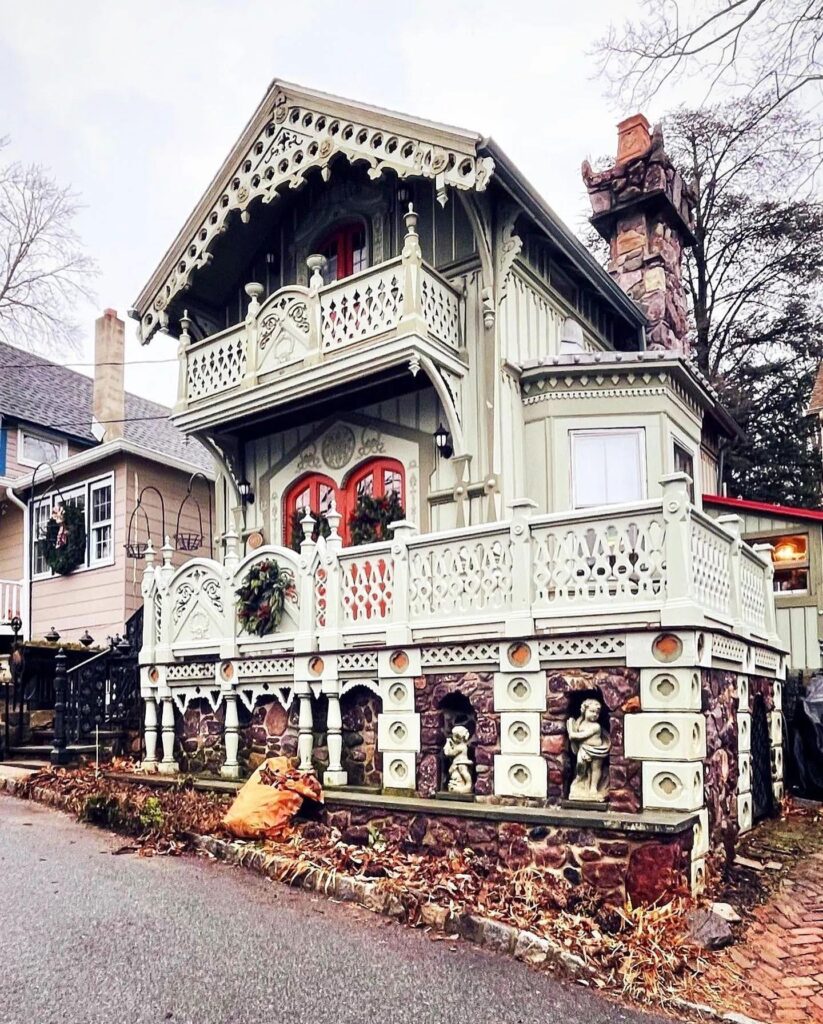
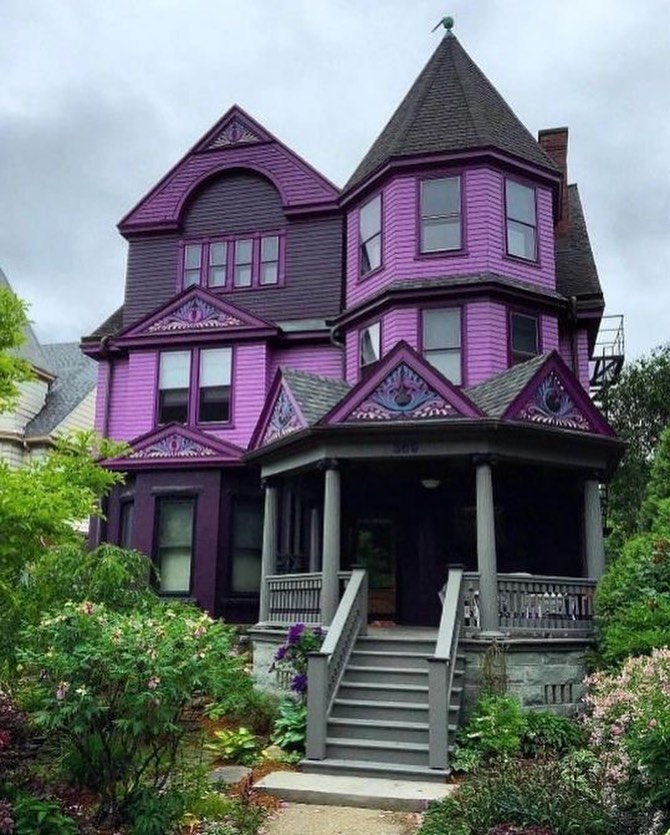
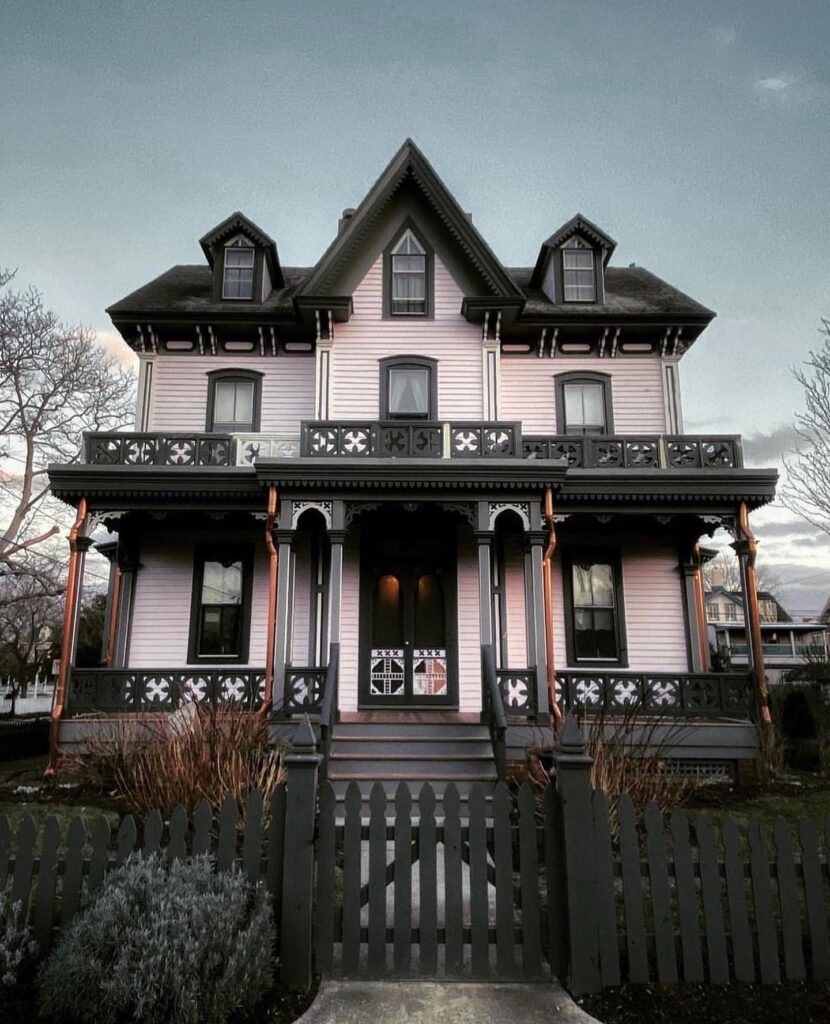
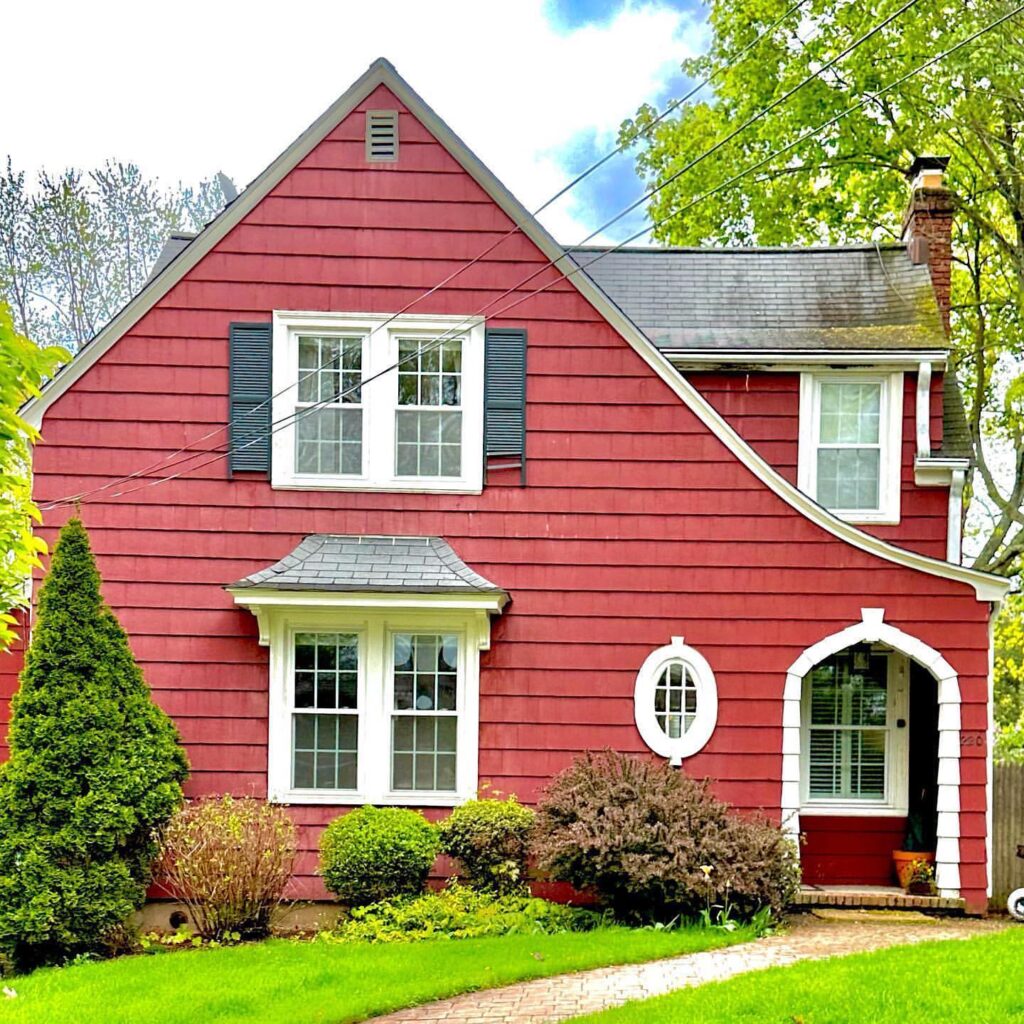
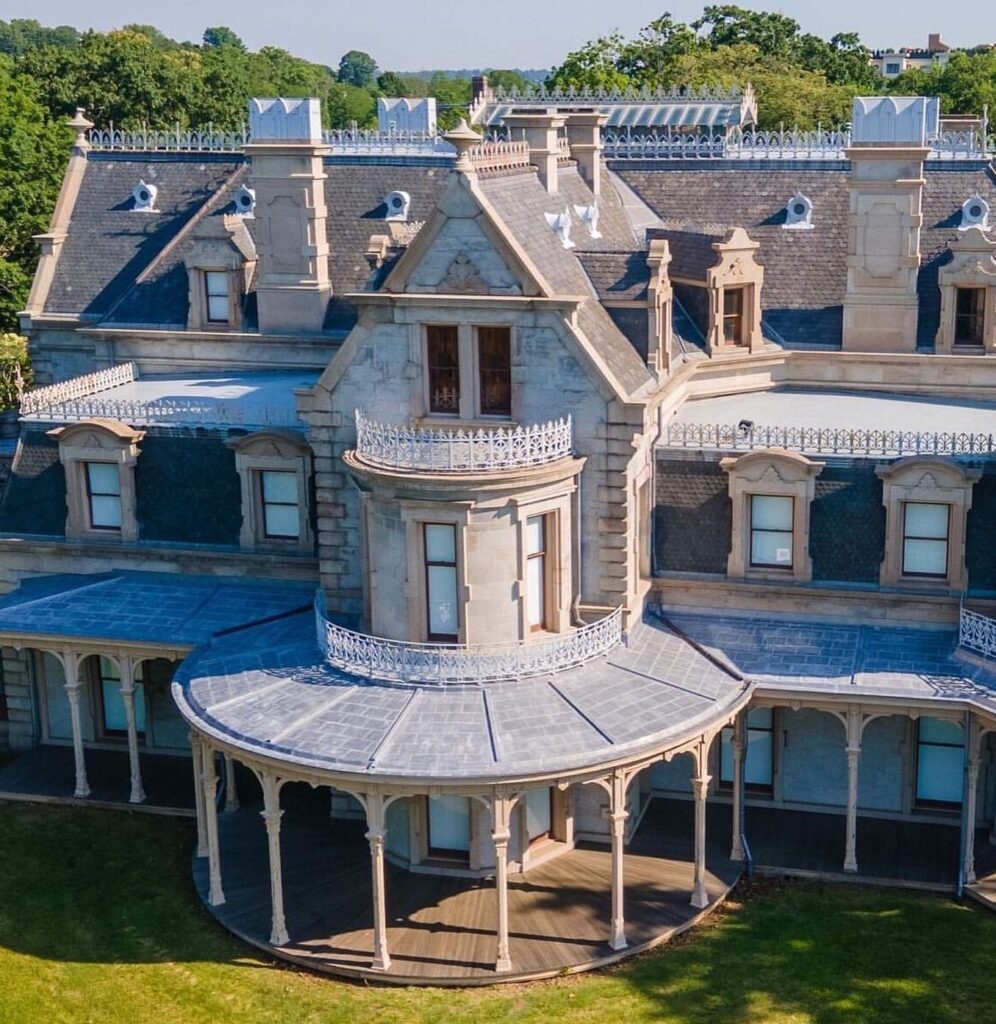
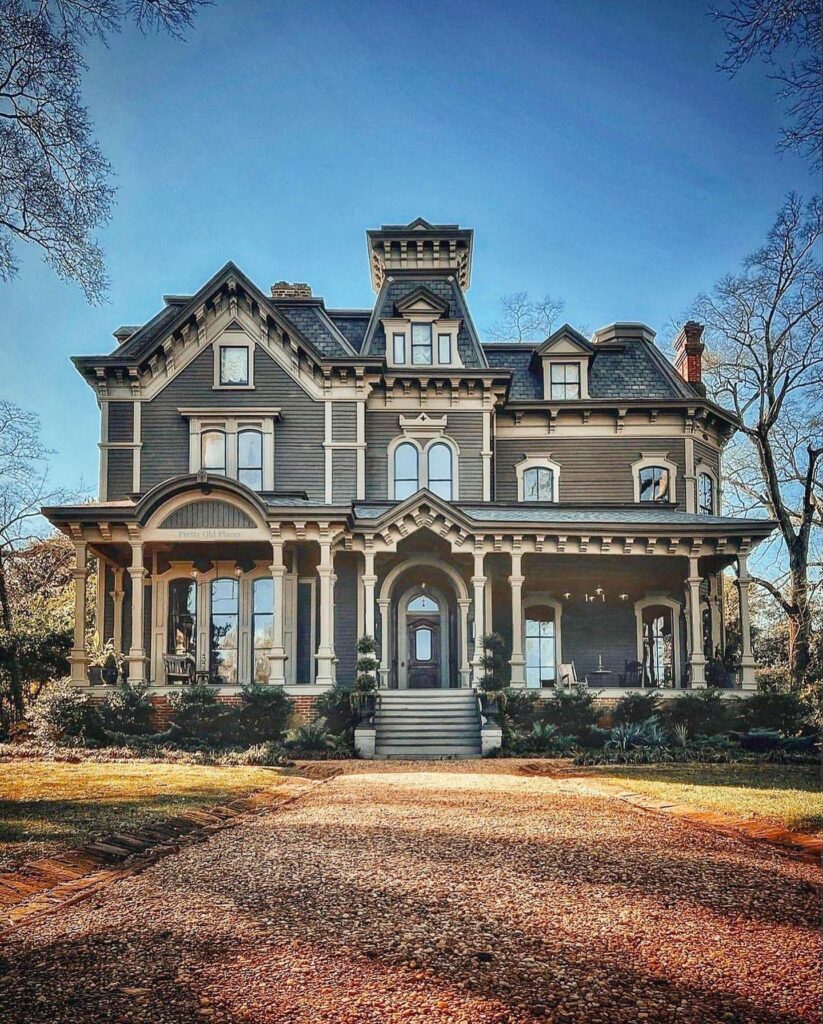
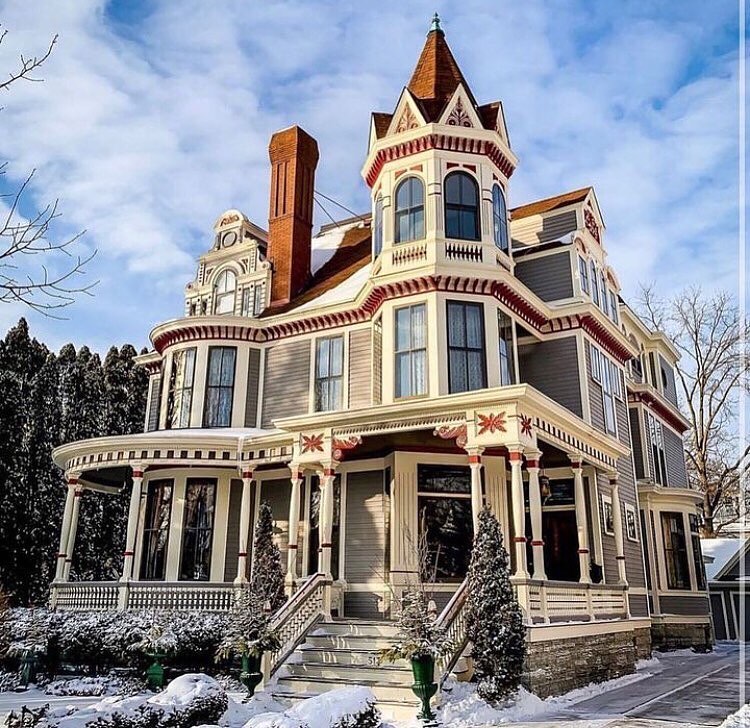
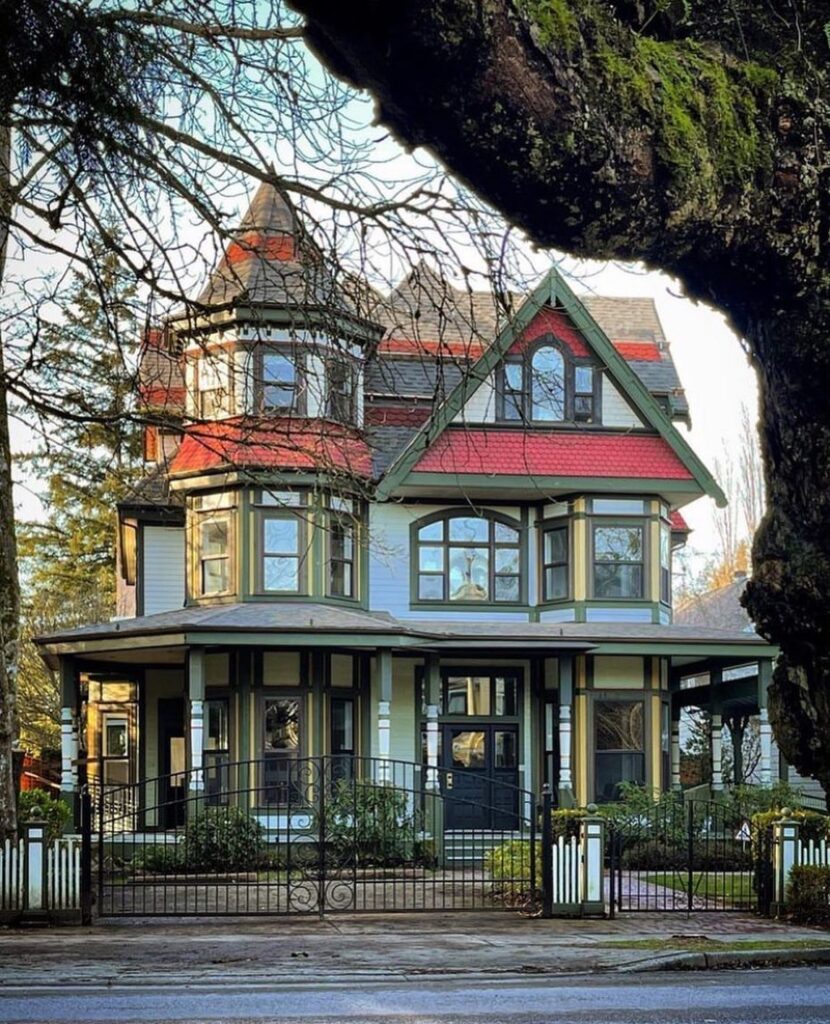
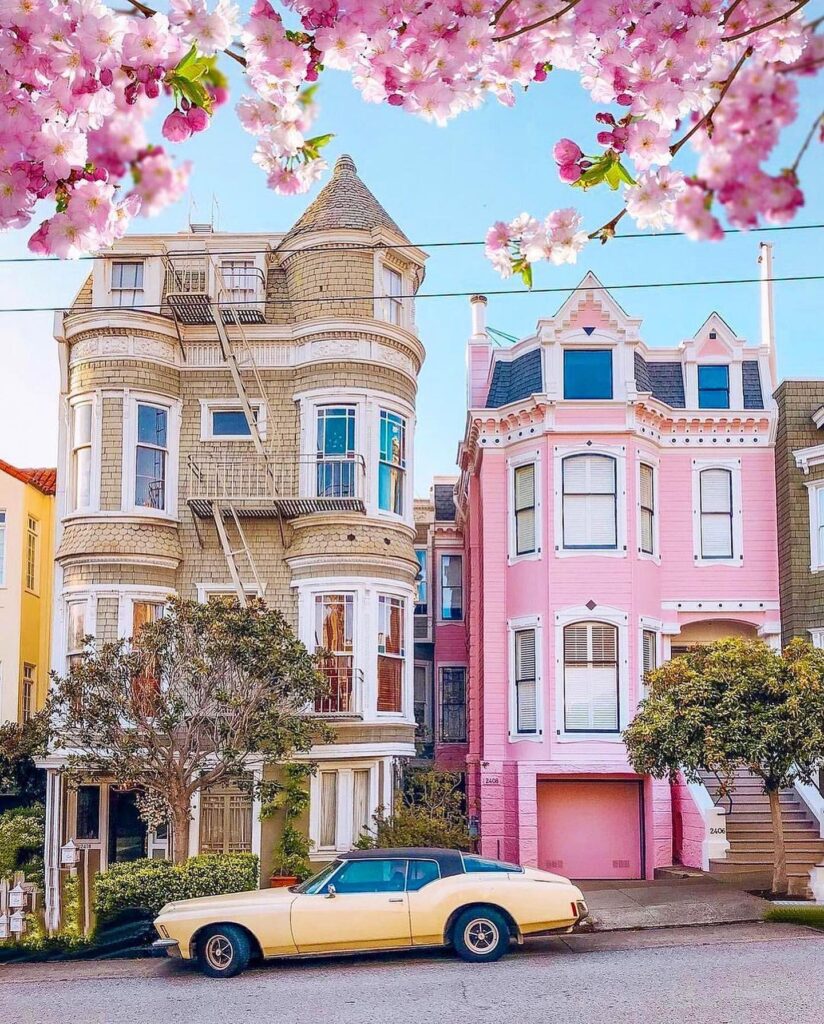
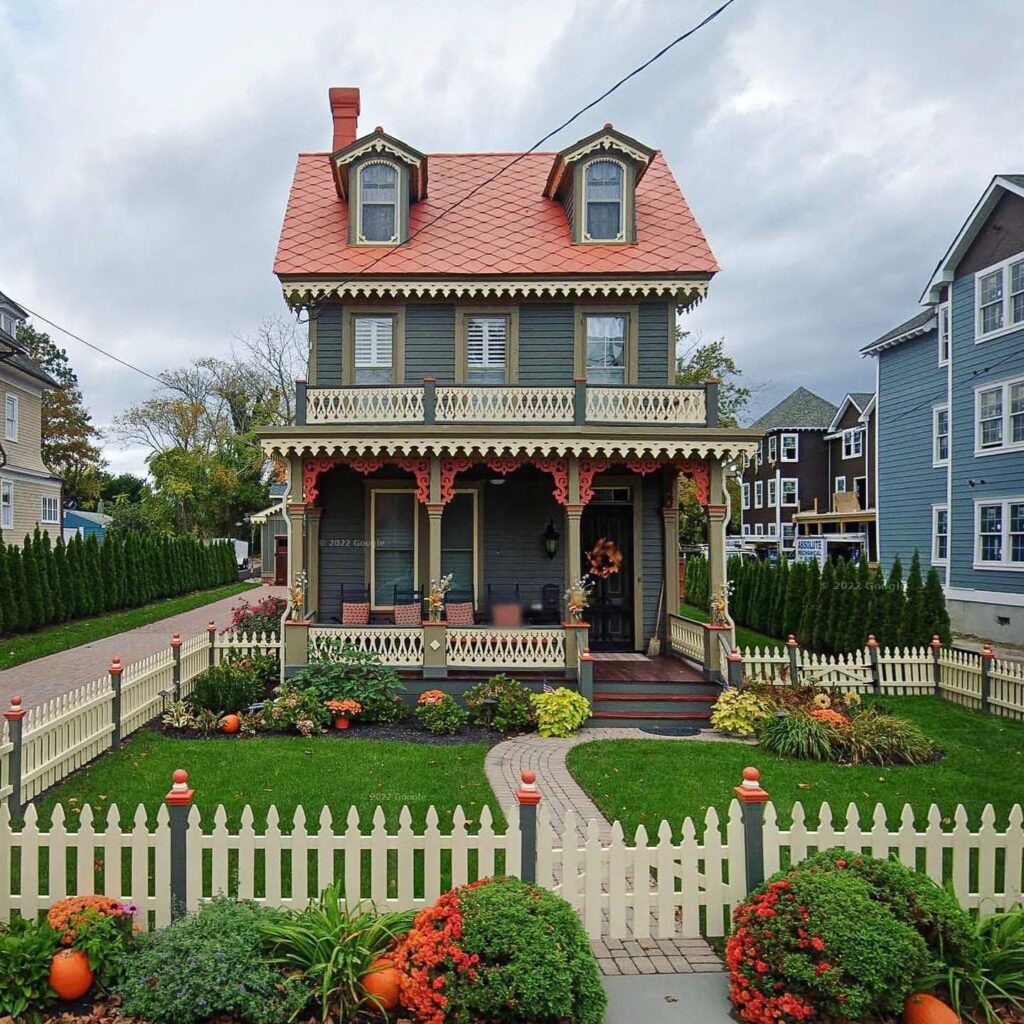
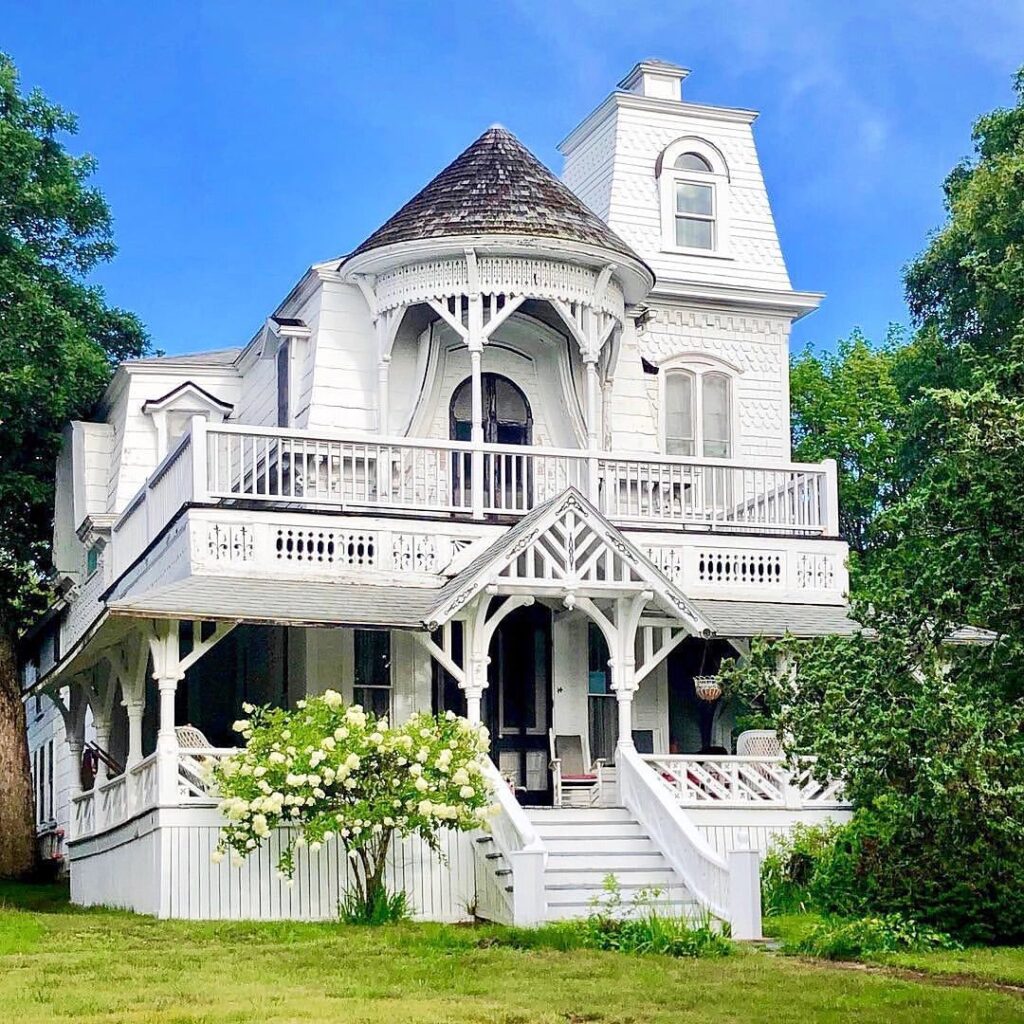
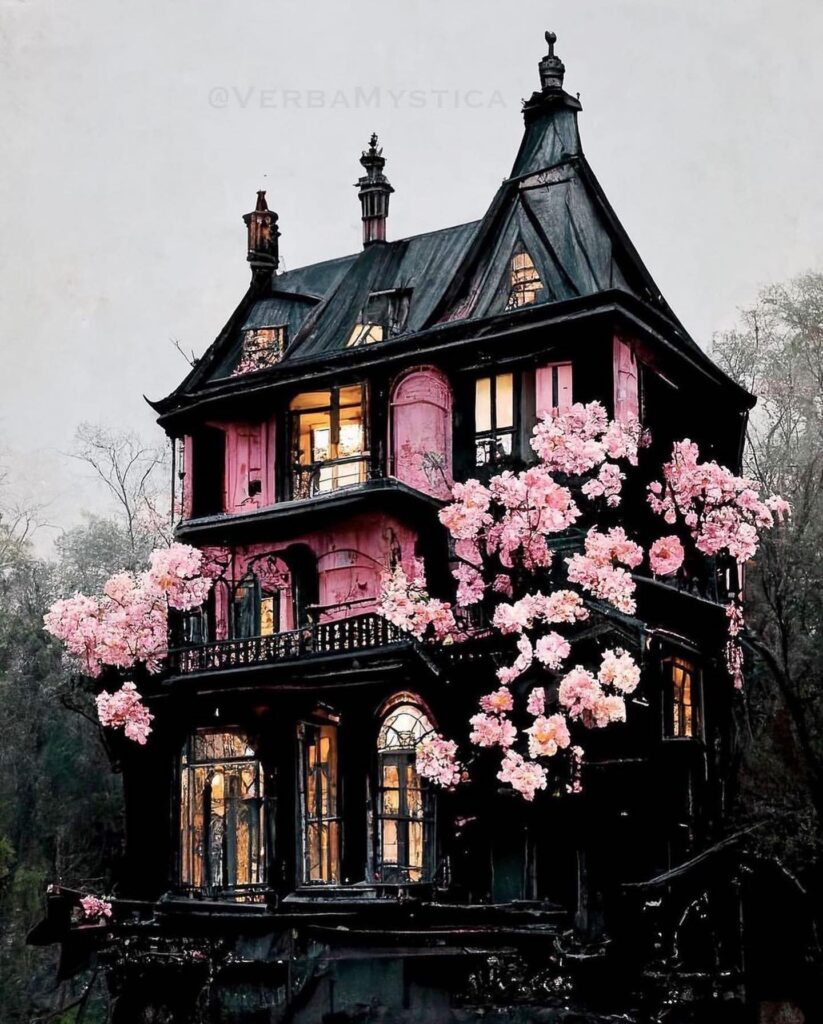
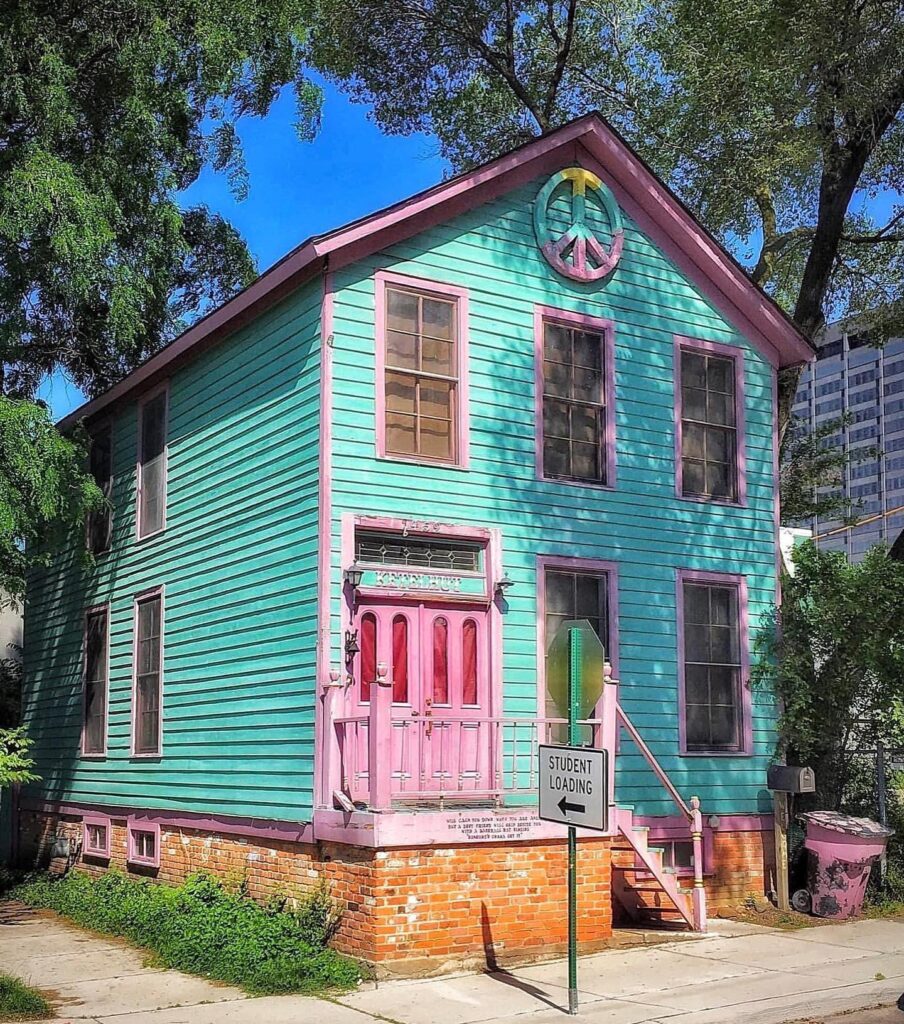
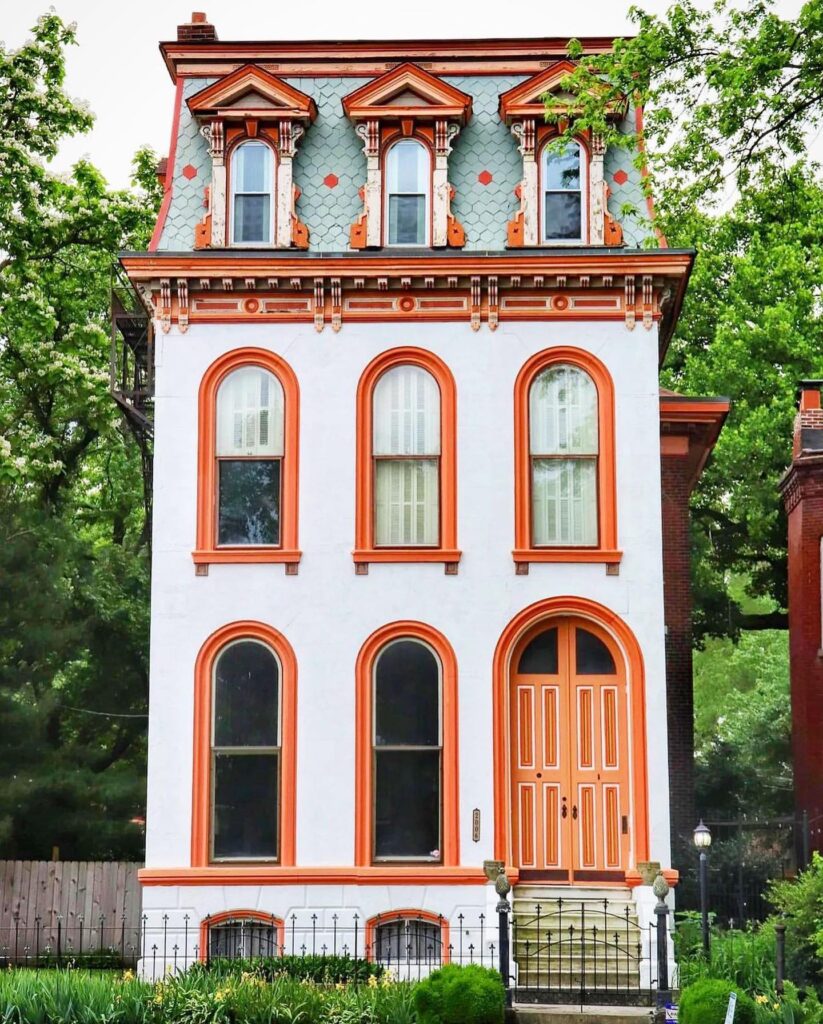
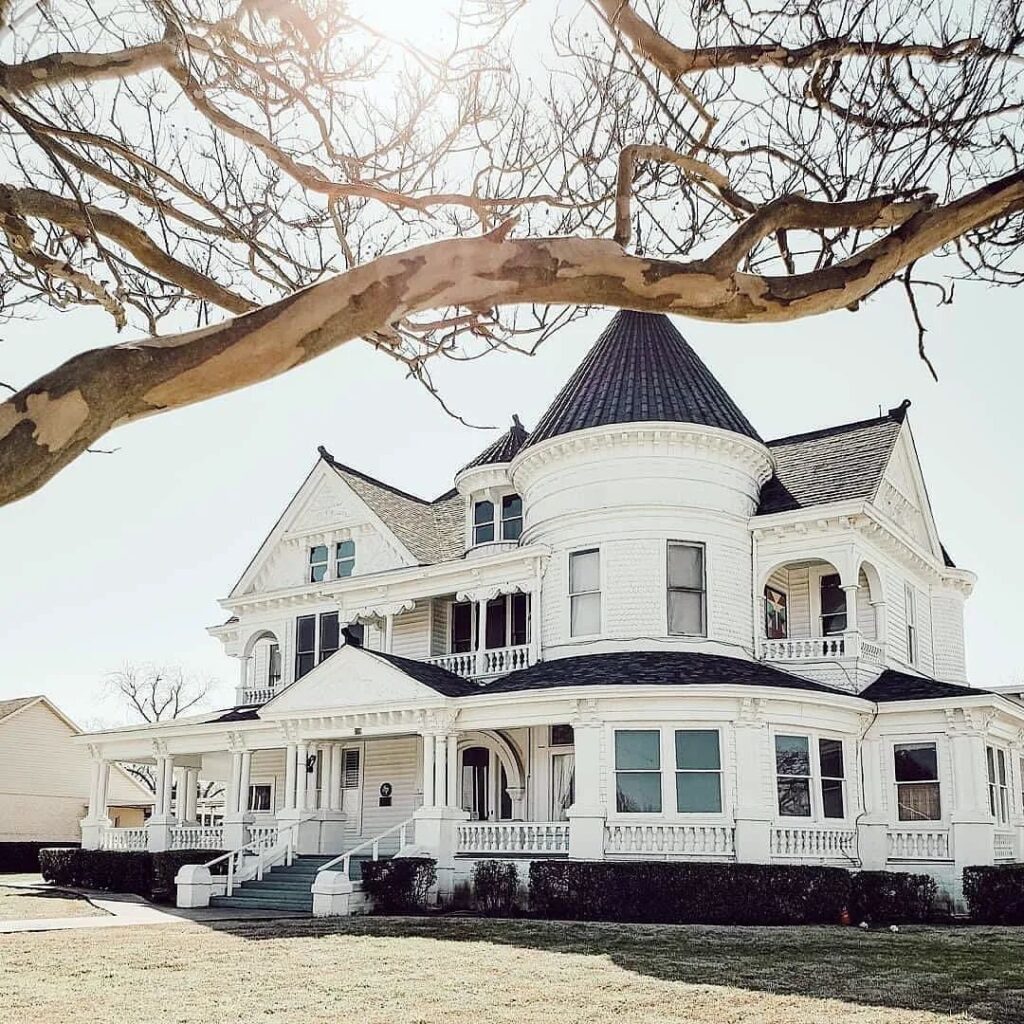
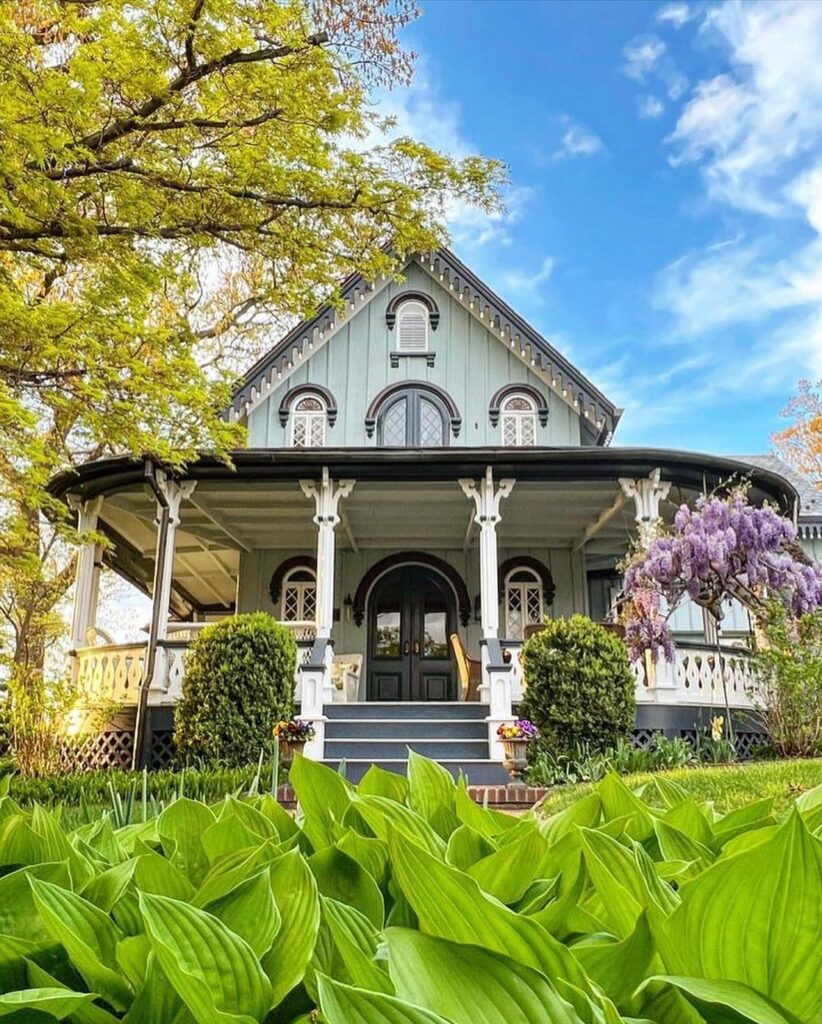
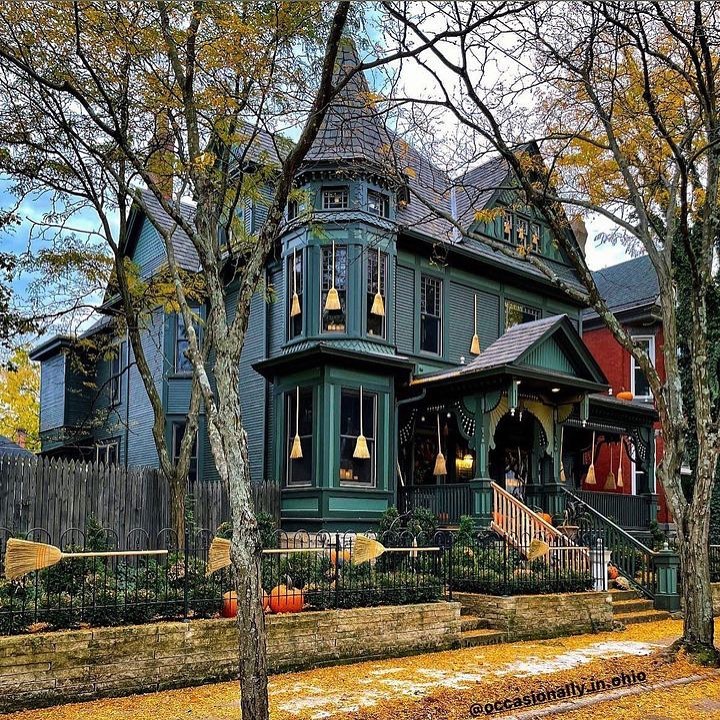
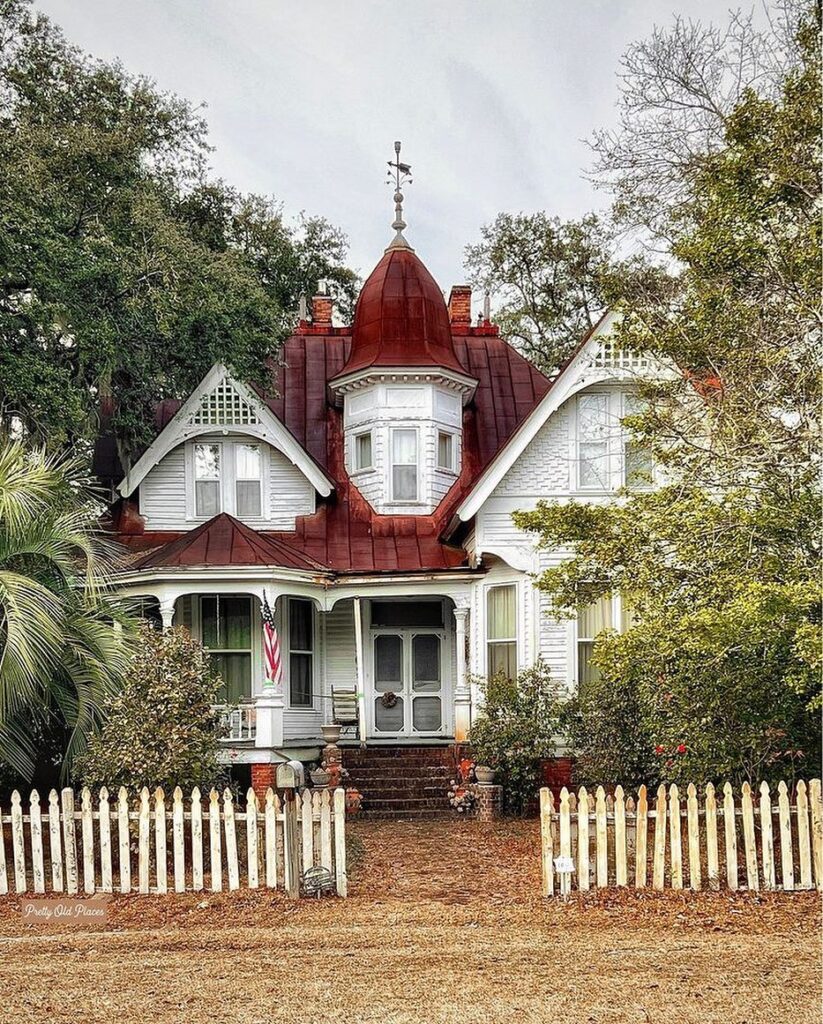
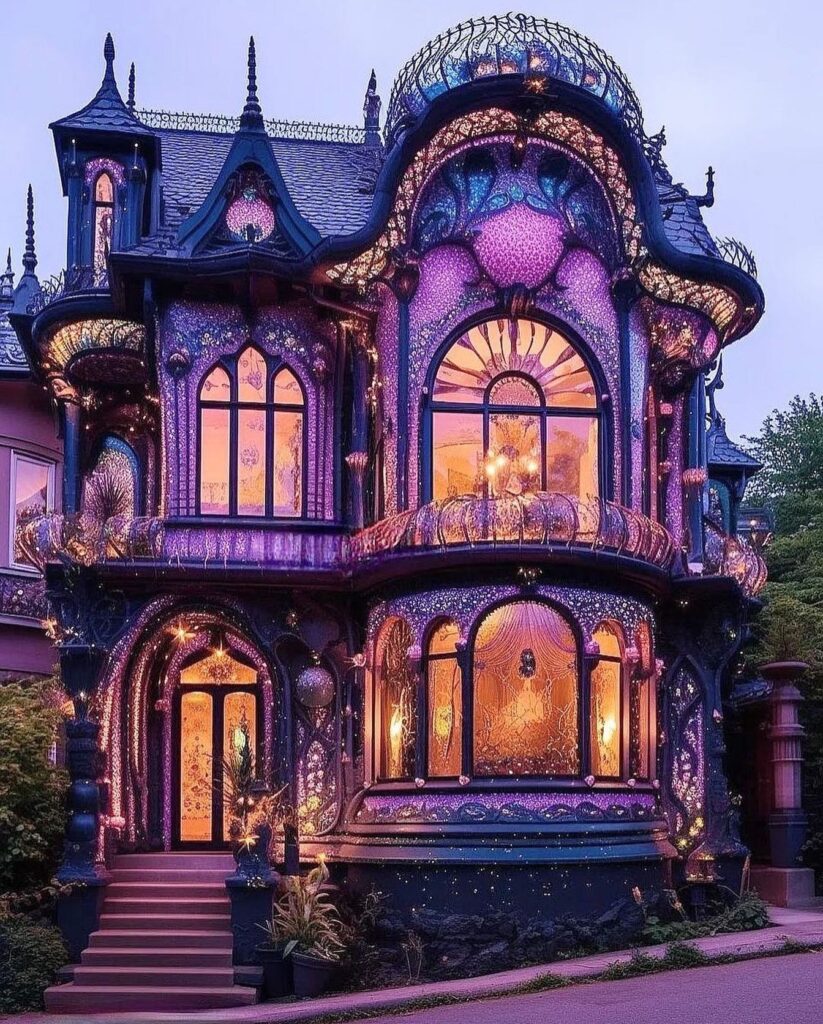
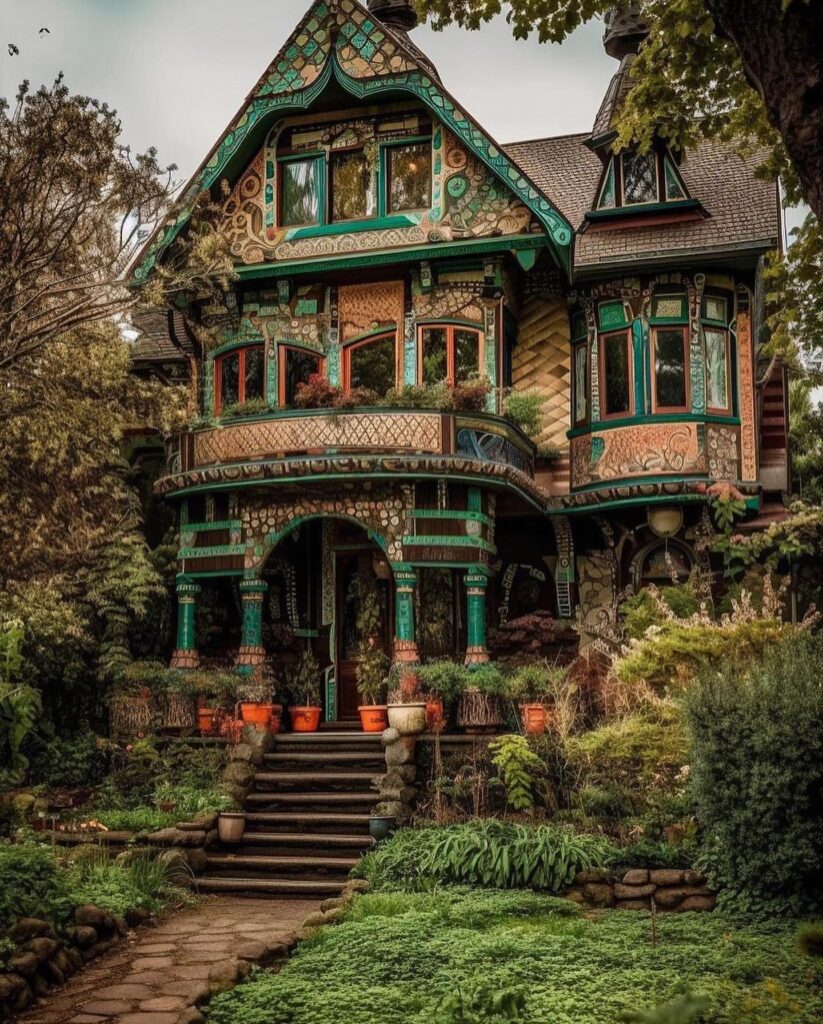
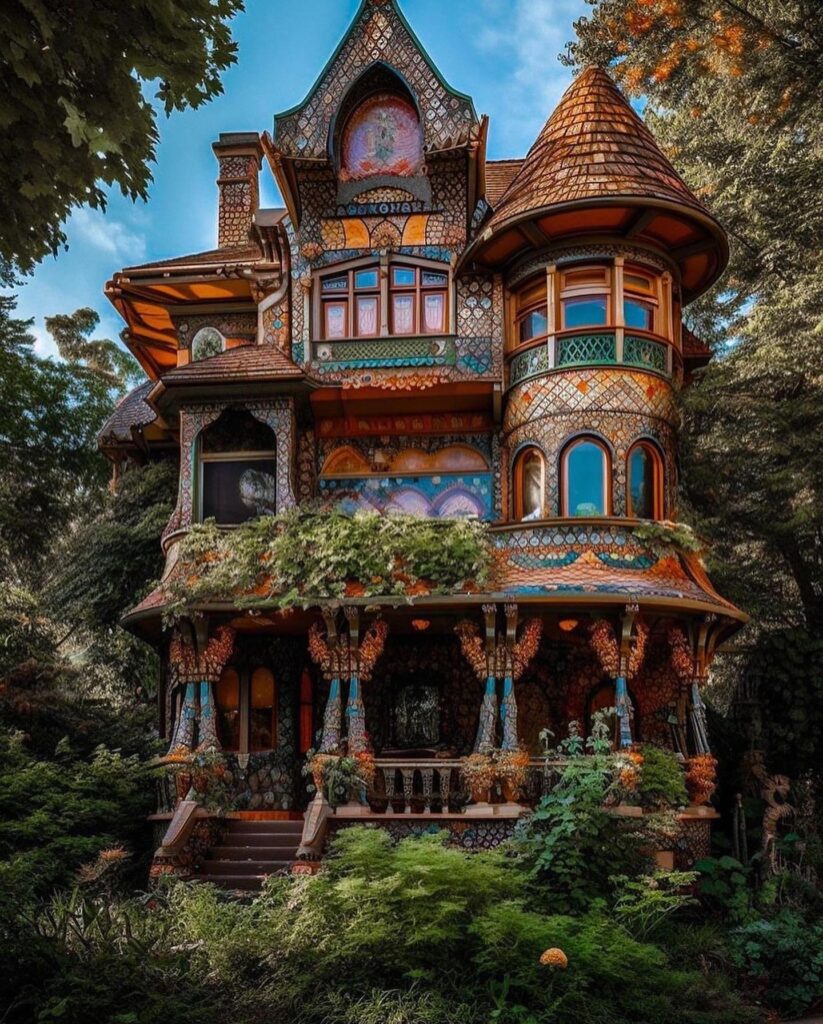
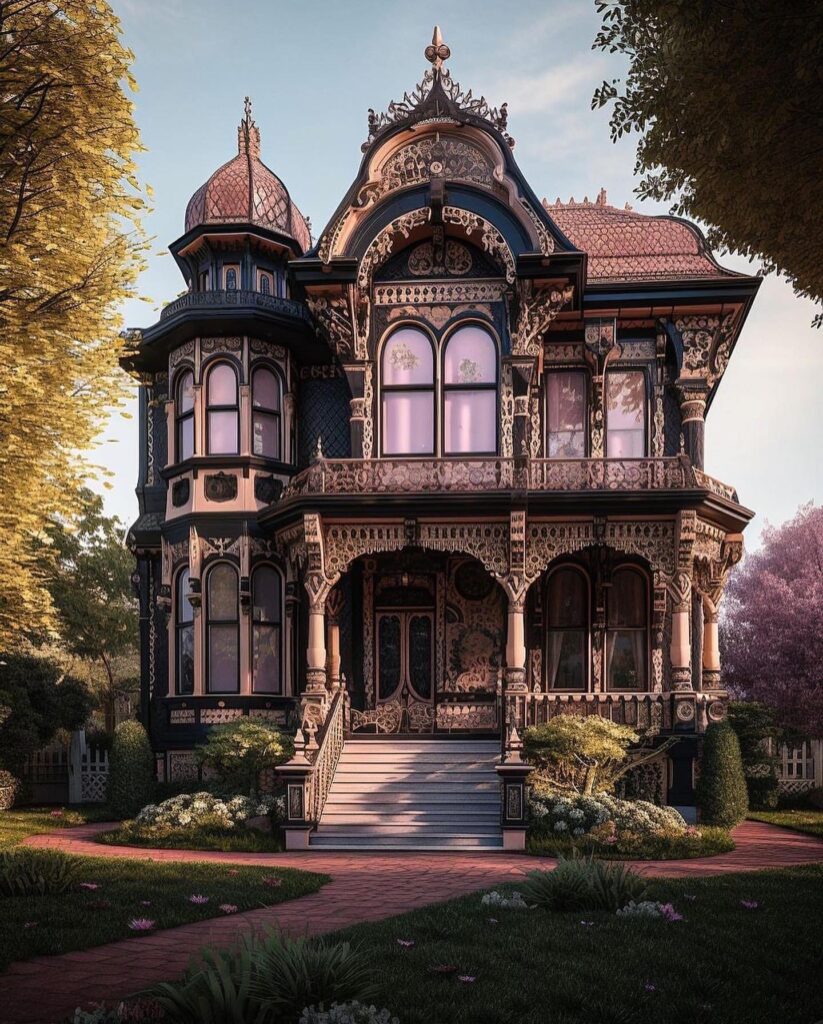
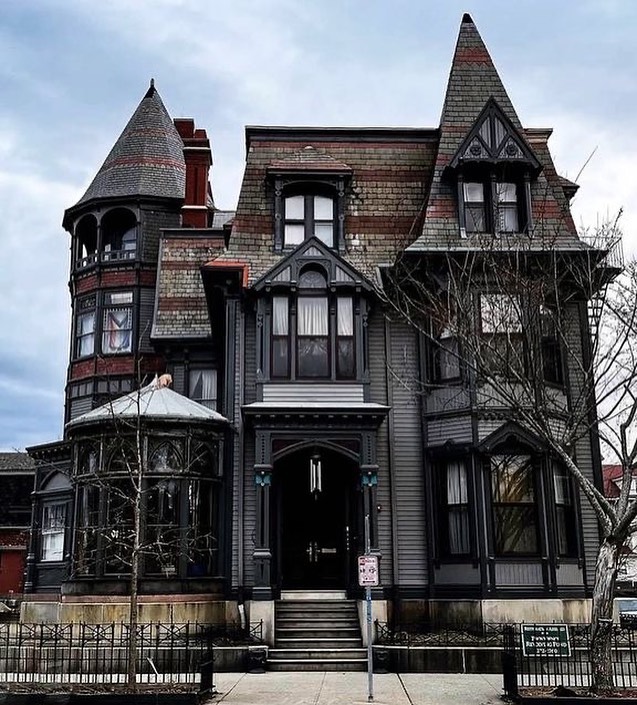
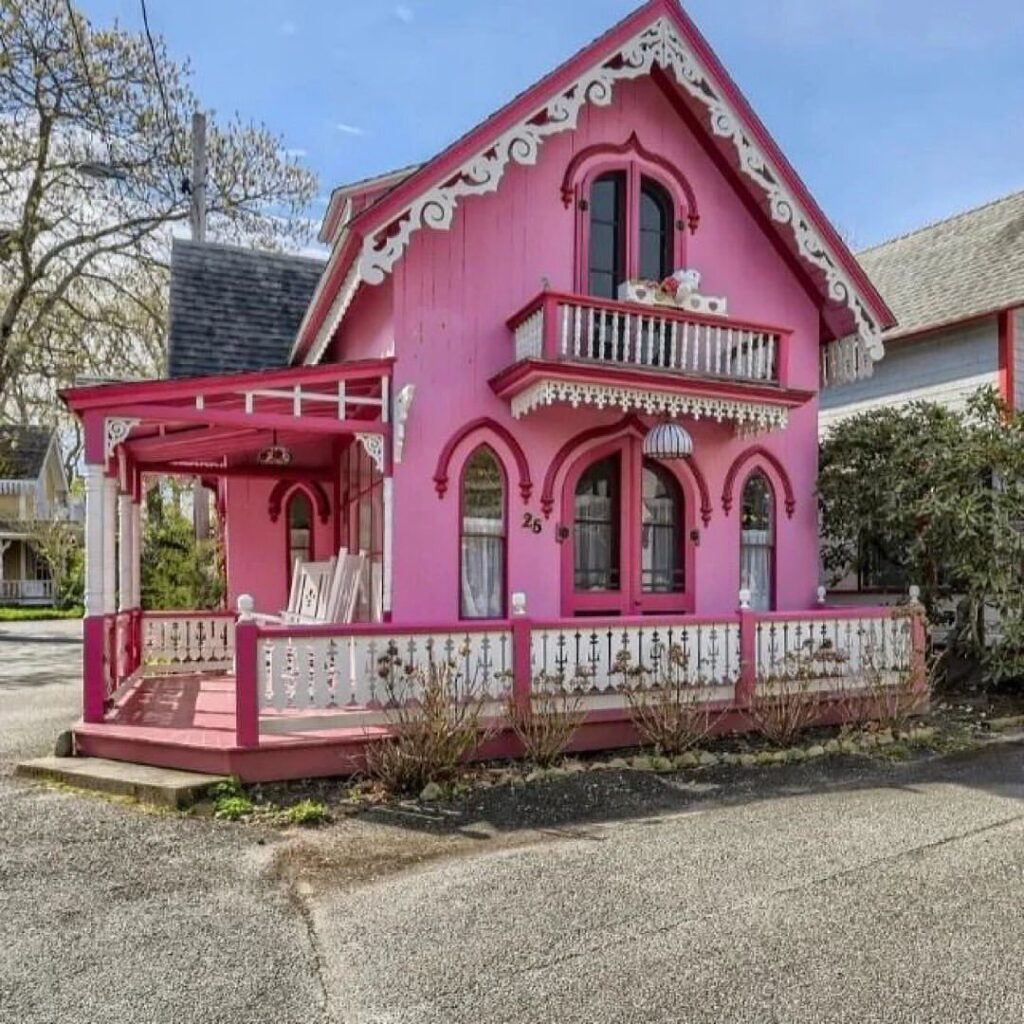
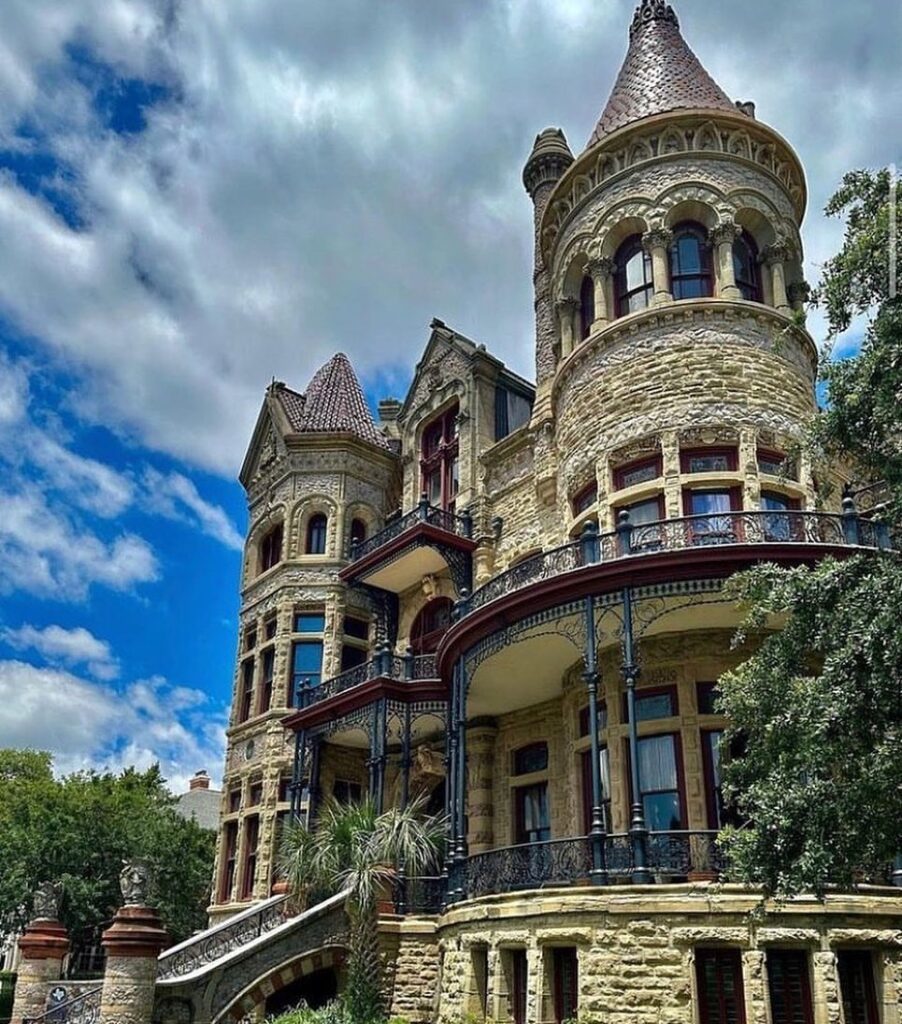
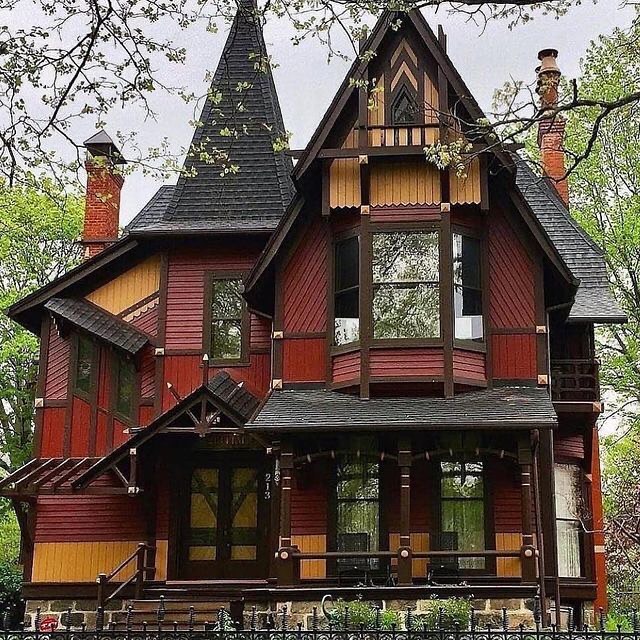
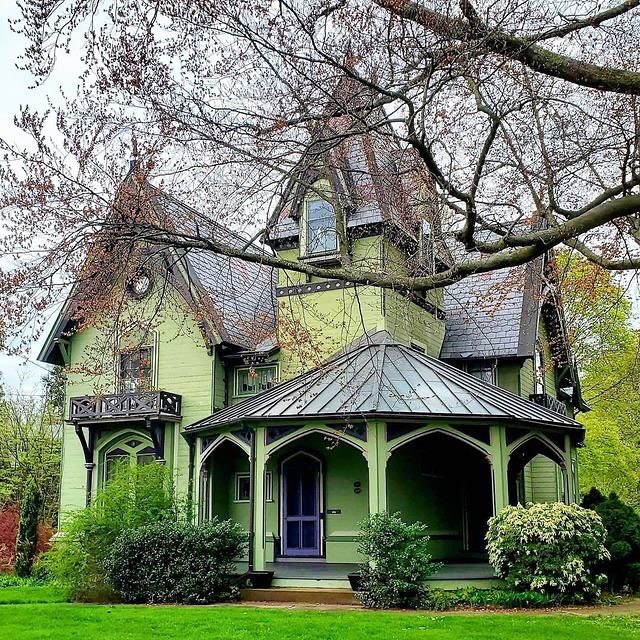
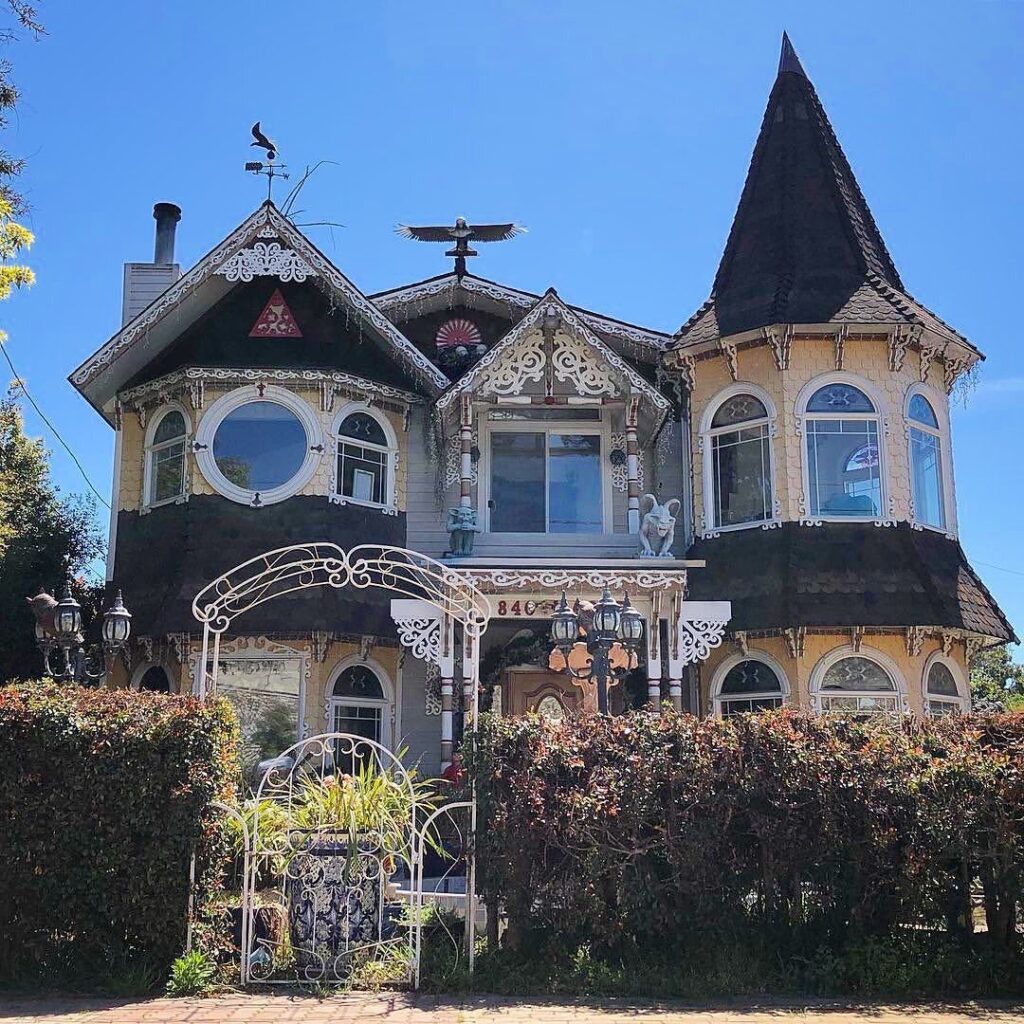
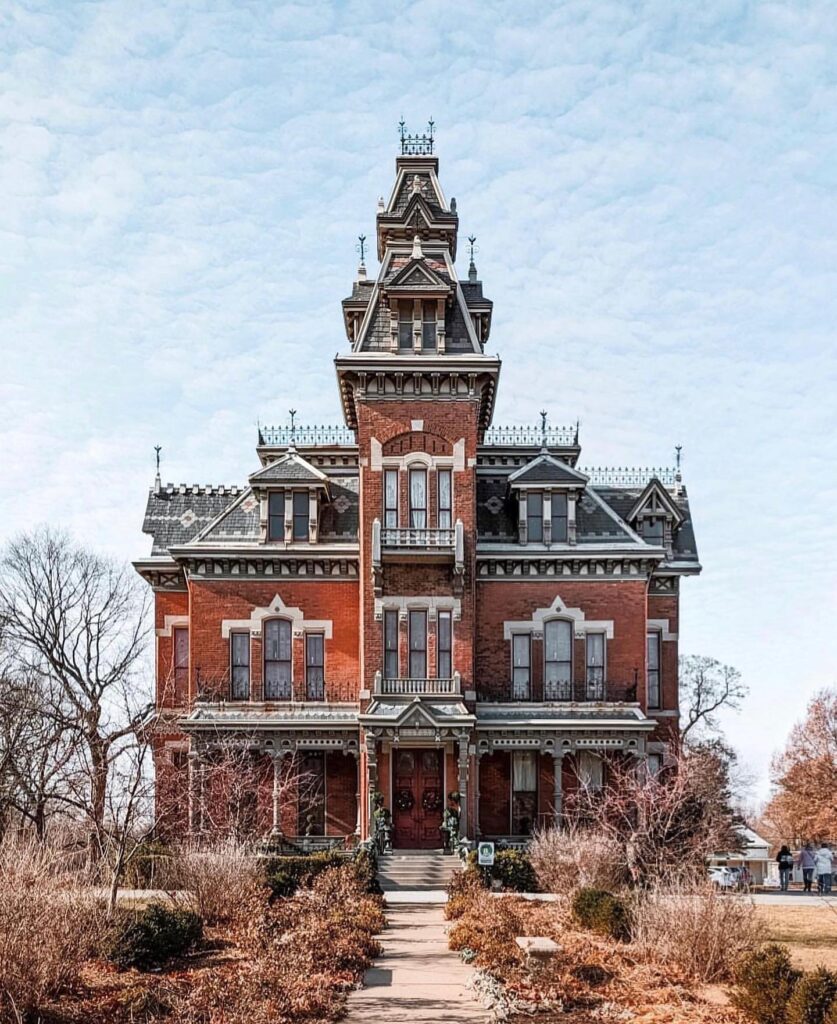
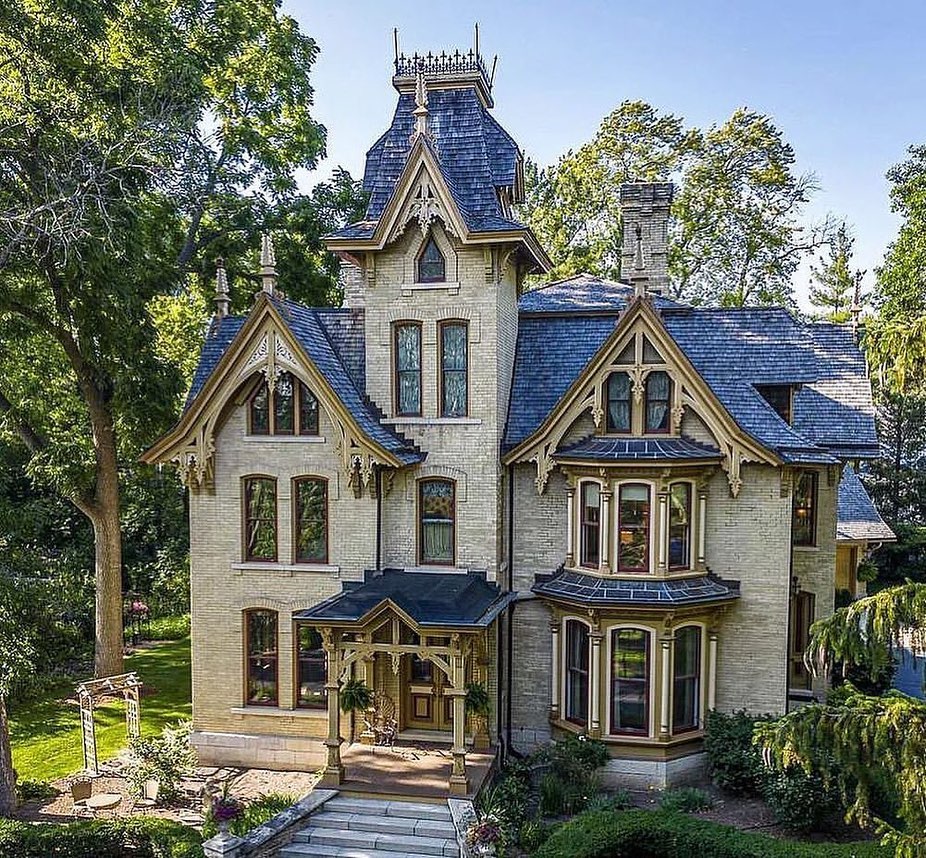
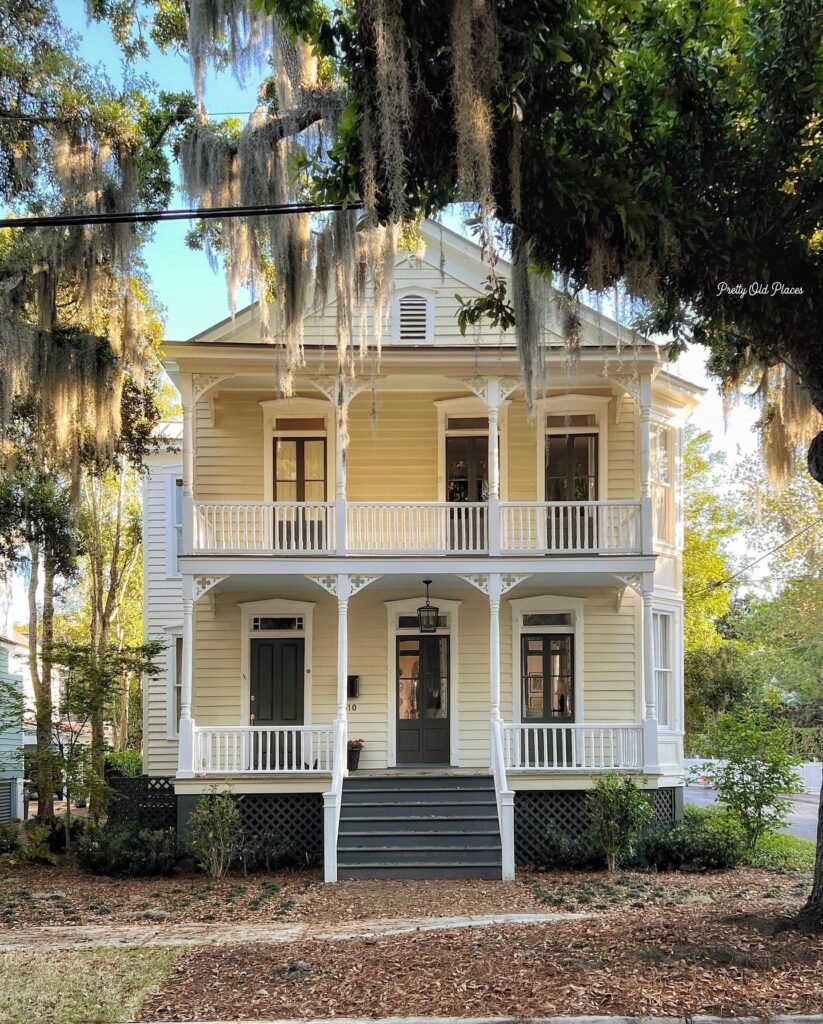
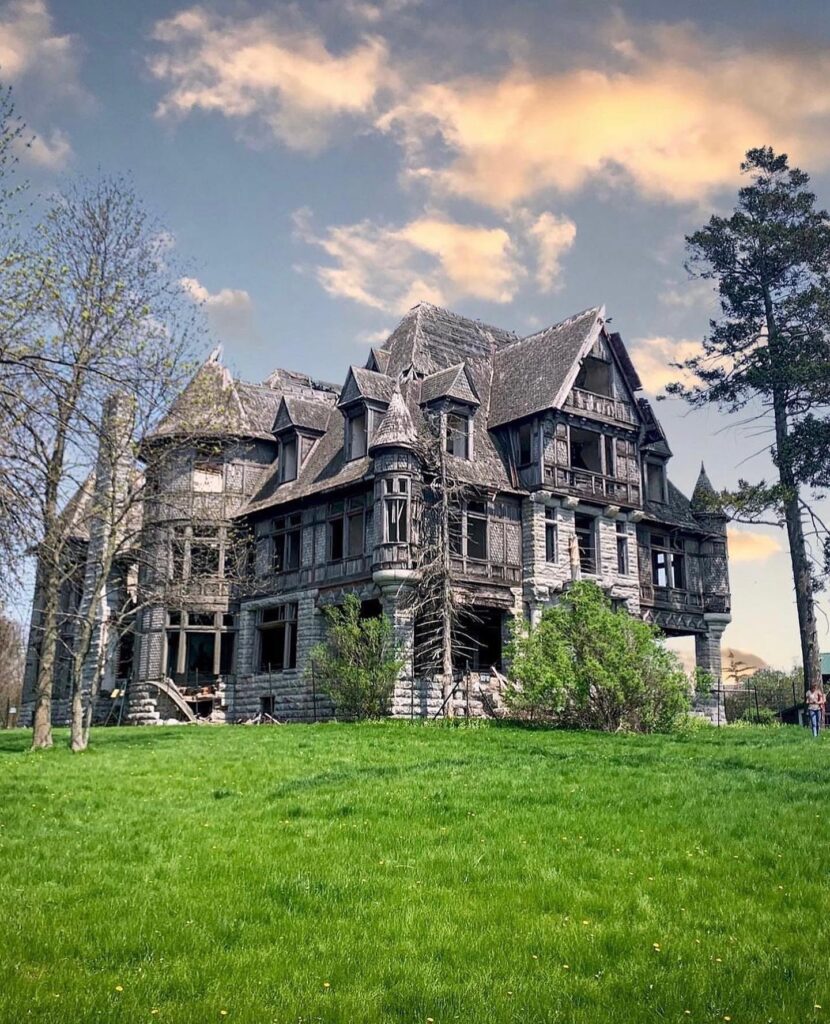
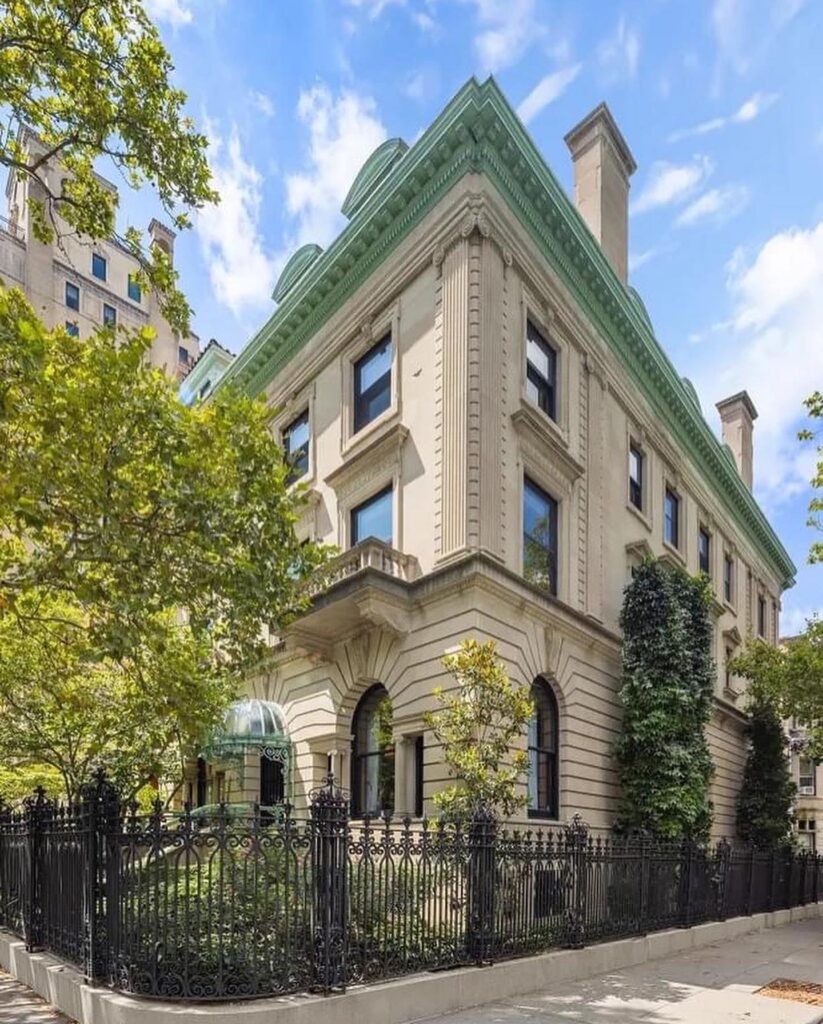
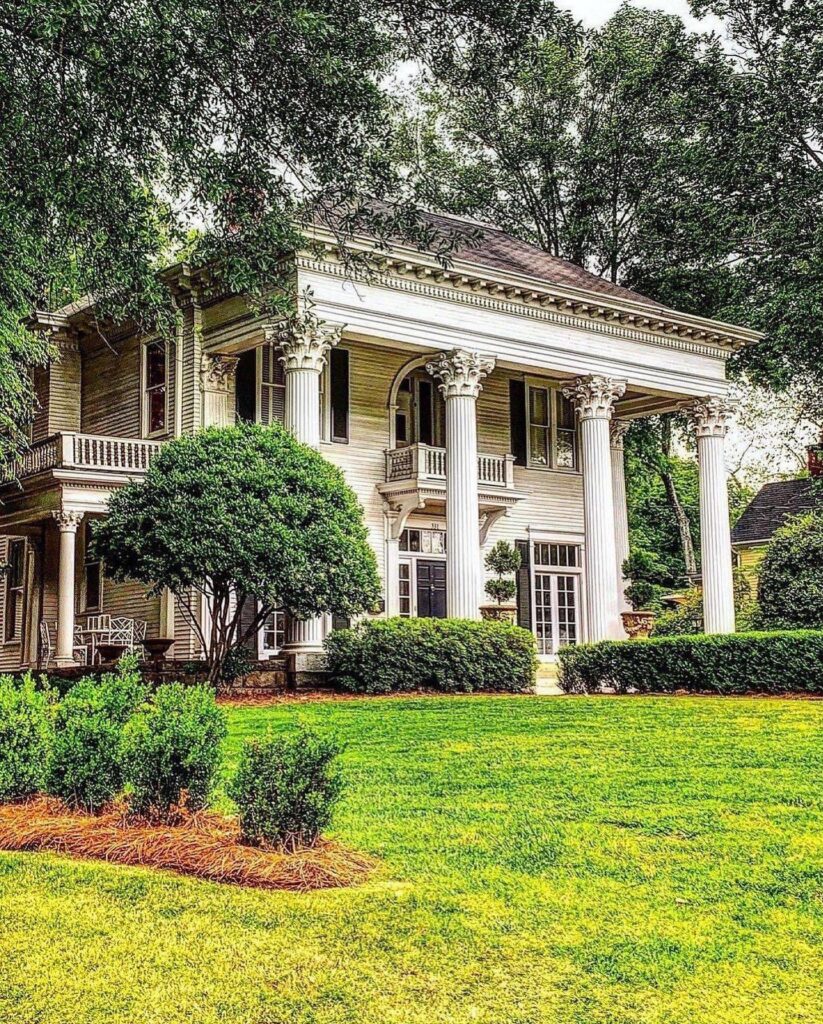
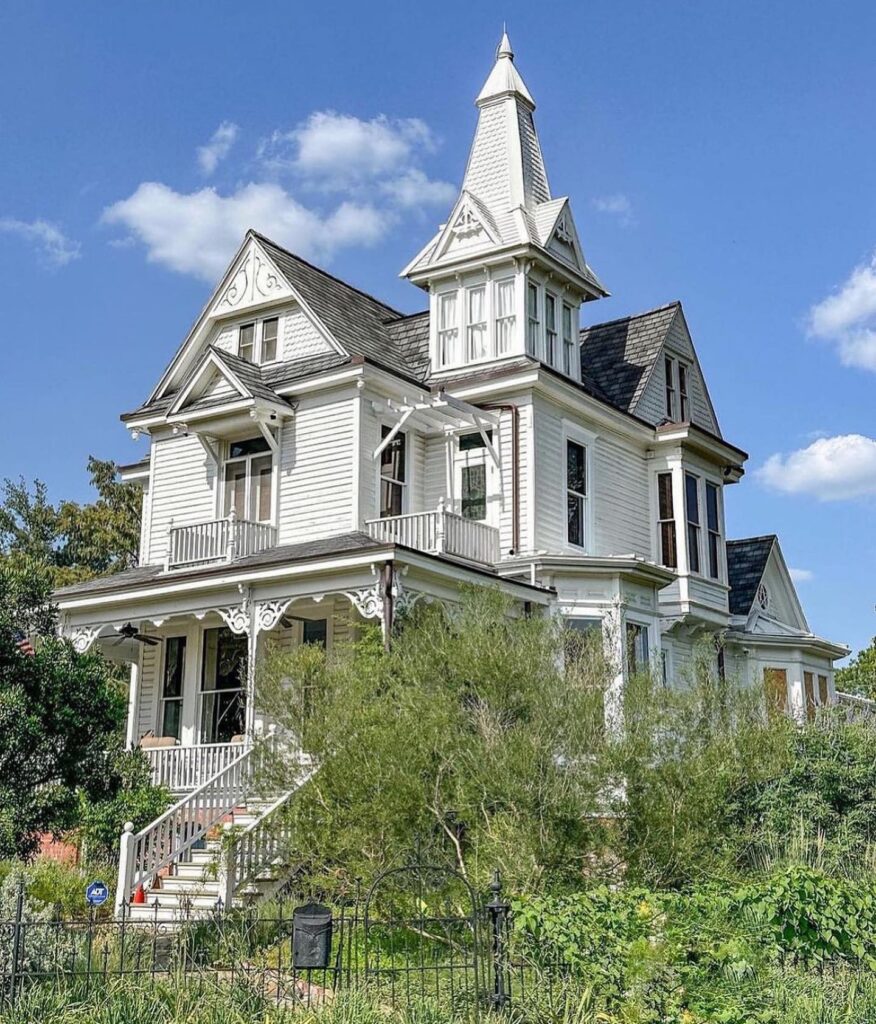
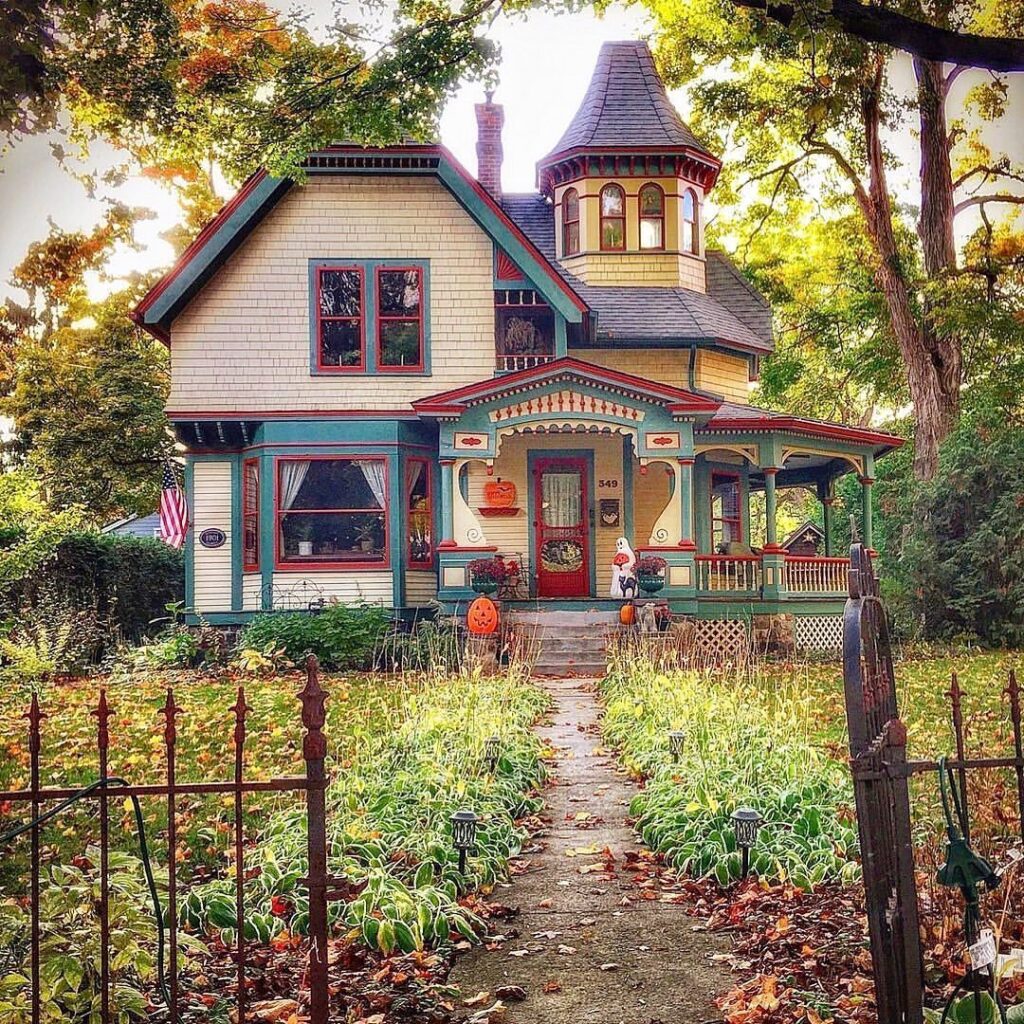
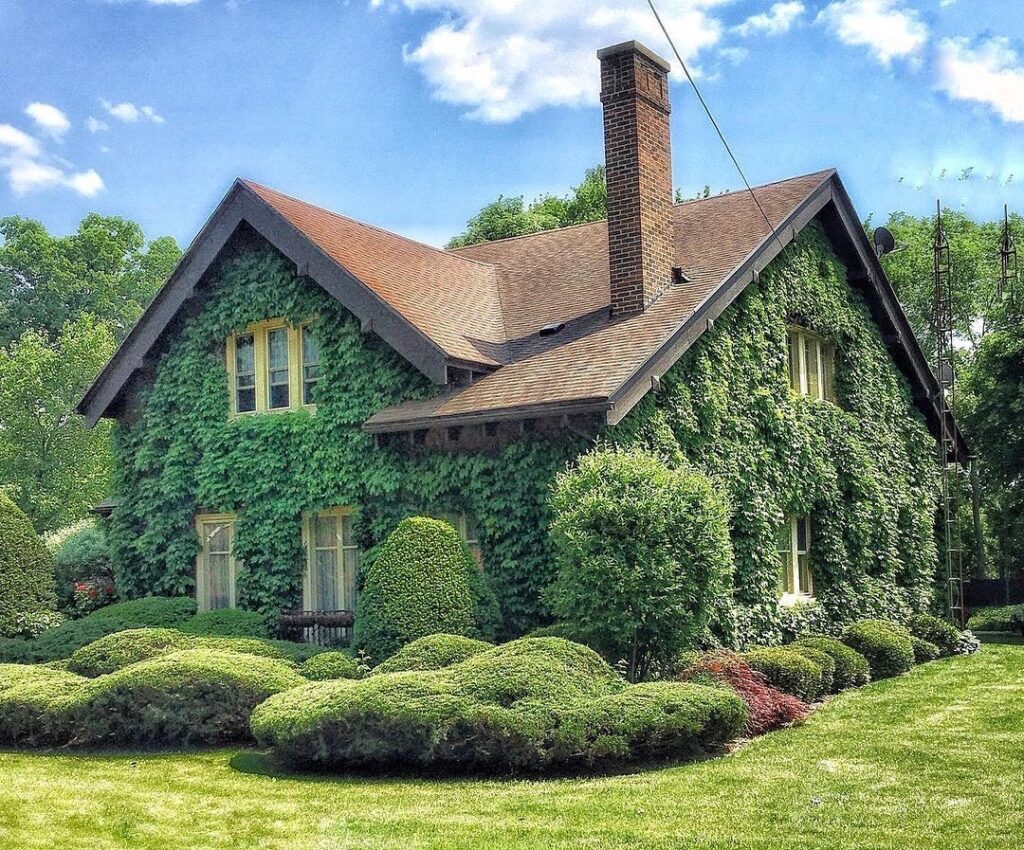
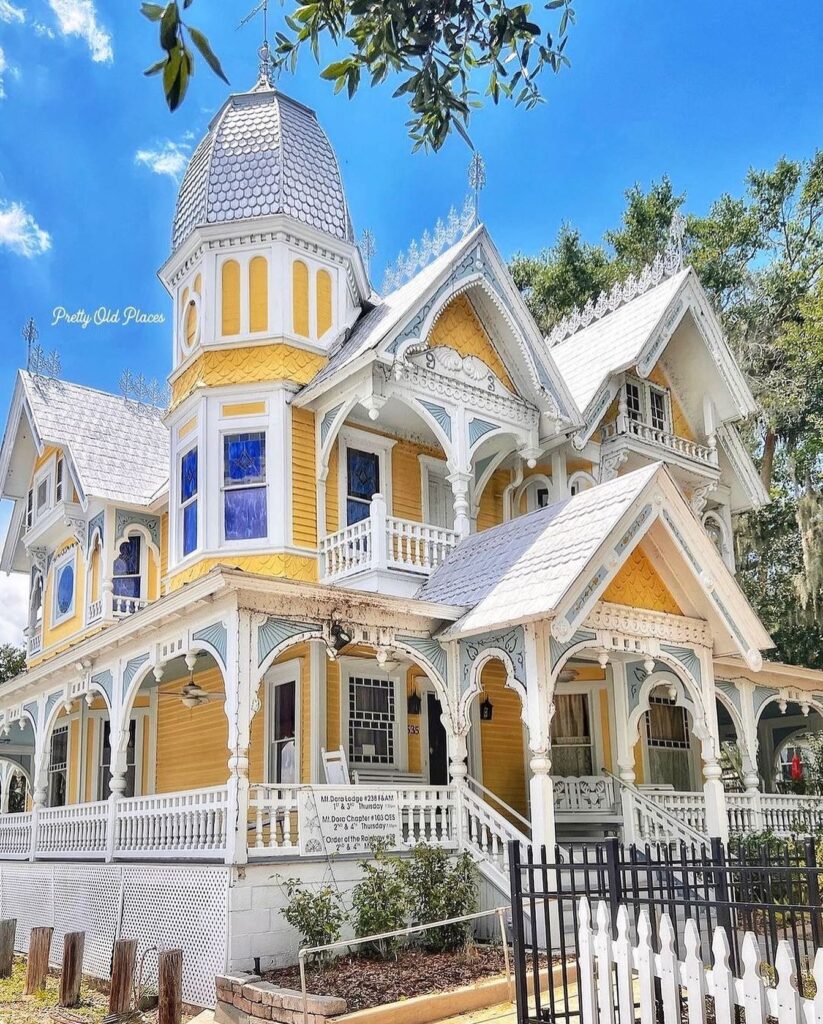
Architectural Styles of Victorian Houses
Victorian architecture encompasses a range of styles, each with distinct characteristics that contribute to the era’s diversity. Below are some of the most prominent styles seen in the 110 beautiful Victorian houses from around the world:
Gothic Revival
Inspired by medieval architecture, Gothic Revival Victorian houses feature pointed arches, ribbed vaults, and intricate tracery. These homes often have steeply pitched roofs, ornate gables, and decorative bargeboards. In the United Kingdom, Gothic Revival was particularly popular for rural cottages and grand estates, while in the United States, it found expression in homes with vertical board-and-batten siding and lancet windows.
Italianate
Italianate Victorian houses draw inspiration from Italian Renaissance villas, characterized by low-pitched roofs, wide eaves with decorative brackets, and tall, narrow windows. These homes often feature cupolas or belvederes, adding a touch of grandeur. Italianate style was especially popular in the United States and Australia, where it was adapted for both urban row houses and suburban villas.
Queen Anne
Perhaps the most iconic Victorian style, Queen Anne houses are known for their asymmetrical facades, wraparound porches, and eclectic mix of textures and materials. These homes often include turrets, bay windows, and decorative shingles. The “Painted Ladies” of San Francisco are quintessential Queen Anne homes, with their vibrant colors and intricate detailing.
Second Empire
Influenced by French architecture, Second Empire Victorian houses are distinguished by their mansard roofs, which have a steep slope and dormer windows. These homes often feature elaborate cornices, quoins, and wrought-iron cresting. Second Empire style was popular in North America, particularly in Canada and the northeastern United States.
Stick Style
Stick-style Victorian houses emphasize vertical and horizontal lines, with exposed wooden framing that creates a “stick-like” appearance. These homes often have large porches, overhanging eaves, and decorative trusses. The style was particularly prevalent in the United States, where it was used for both modest cottages and larger residences.
Eastlake
Named after British designer Charles Eastlake, this style focuses on intricate woodwork and geometric patterns. Eastlake Victorian houses feature turned spindles, incised carvings, and elaborate porch railings. The style was popular in the United States and Canada, where it added a touch of whimsy to residential design.
Regional Variations of Victorian Houses
The global spread of Victorian architecture was influenced by local cultures, climates, and materials, resulting in unique regional variations. Below, we explore how Victorian houses adapted to different parts of the world.
United Kingdom
As the birthplace of the Victorian era, the United Kingdom boasts a wealth of Victorian houses, from modest terraced homes in London to grand country estates in the countryside. British Victorian houses often feature red brick or stone facades, sash windows, and intricate ironwork. In cities like Edinburgh and Bristol, terraced houses with colorful exteriors and bay windows are common, while rural areas showcase Gothic Revival cottages with thatched roofs and pointed arches.
United States
In the United States, Victorian houses reflect the country’s rapid urbanization and economic growth during the 19th century. San Francisco’s Painted Ladies are among the most famous, with their vibrant colors and Queen Anne detailing. In the South, particularly in New Orleans, Victorian mansions often feature wraparound porches and lacy ironwork, blending Creole influences with Gothic and Italianate elements. The Northeast, including cities like Boston and Philadelphia, is home to stately Second Empire and Stick-style residences.
Australia
Australian Victorian houses are known for their distinctive cast-iron lacework, a response to the country’s warm climate and abundant iron resources. In Melbourne and Sydney, terraced houses with pastel facades and intricate balconies are iconic. These homes often feature verandas to provide shade and ventilation, reflecting the practical adaptations of Victorian design to Australia’s environment.
Canada
In Canada, Victorian houses combine British influences with local materials, such as red brick and sandstone. Toronto and Montreal are home to semi-detached and row houses with Gothic Revival and Queen Anne features, including stained-glass windows and decorative gables. In rural areas, Victorian farmhouses with wraparound porches and gingerbread trim are common.
Other Regions
Victorian architecture also found its way to colonial outposts, such as South Africa, India, and New Zealand. In Cape Town, Victorian villas with verandas and pastel colors reflect British colonial influences. In India, Anglo-Indian bungalows blended Victorian elements with local designs, incorporating courtyards and jali screens. New Zealand’s Victorian houses often feature timber construction and decorative bargeboards, adapted to the country’s abundant wood resources.
The Enduring Appeal of Victorian Houses
The allure of Victorian houses lies in their individuality and craftsmanship. Each home is a work of art, with hand-carved details, custom millwork, and unique layouts that reflect the personalities of their original owners. Today, these houses are cherished for their historical significance and architectural beauty, often serving as landmarks in their communities.
Restoring a Victorian house can be a labor of love, requiring careful attention to preserve original features like stained-glass windows, ornate plasterwork, and hardwood floors. Many homeowners choose to modernize these homes while maintaining their historic charm, blending period-appropriate furnishings with contemporary amenities.
Victorian houses also hold cultural significance, appearing in literature, film, and popular media as symbols of elegance and nostalgia. From Charles Dickens’ descriptions of London’s terraced homes to the whimsical settings of modern period dramas, these houses evoke a sense of timeless romance.
Challenges of Maintaining Victorian Houses
While Victorian houses are undeniably beautiful, they come with unique challenges. Their age and intricate designs can make maintenance costly and time-consuming. Common issues include deteriorating woodwork, outdated plumbing and electrical systems, and the need for specialized materials to preserve historic features. Additionally, many Victorian houses are located in historic districts, requiring owners to adhere to strict preservation guidelines.
Despite these challenges, the rewards of owning a Victorian house are immense. These homes offer a connection to the past, a sense of character, and a canvas for creative expression. For those willing to invest in their upkeep, Victorian houses provide a unique living experience that blends history with modern comfort.
FAQs About Victorian Houses
What defines a Victorian house?
A Victorian house is a residential building constructed during the Victorian era (1837–1901), characterized by ornate details, asymmetrical designs, and a mix of architectural styles such as Gothic Revival, Italianate, Queen Anne, and Second Empire. Features include steeply pitched roofs, decorative gables, bay windows, and intricate woodwork.
Where can I find Victorian houses?
Victorian houses are found worldwide, particularly in countries influenced by British architecture during the 19th century. Notable locations include the United Kingdom (London, Edinburgh), the United States (San Francisco, New Orleans), Australia (Melbourne, Sydney), Canada (Toronto, Montreal), and colonial regions like South Africa and New Zealand.
What are the main challenges of owning a Victorian house?
Owning a Victorian house can involve high maintenance costs due to aging materials, outdated systems, and the need for specialized restoration. Preservation guidelines in historic districts may also limit modifications. However, with proper care, these homes retain their charm and value.
How can I restore a Victorian house authentically?
Restoring a Victorian house requires researching its original style and materials. Work with preservation specialists, use period-appropriate paints and fixtures, and preserve original features like woodwork, plasterwork, and stained glass. Local historical societies can provide guidance on authentic restoration practices.
Why are Victorian houses so popular today?
Victorian houses are popular for their unique designs, historical significance, and romantic appeal. Their intricate details and craftsmanship offer a contrast to modern minimalist architecture, attracting homeowners who value character and heritage.
Verdict: A Timeless Legacy
The 110 beautiful Victorian houses showcased in this article represent a global celebration of architectural creativity and historical significance. From the colorful terraces of London to the grand mansions of New Orleans, these homes embody the spirit of an era defined by innovation and elegance. While maintaining a Victorian house can be challenging, their enduring charm and cultural resonance make them cherished treasures.
Whether you’re an architecture enthusiast, a homeowner, or simply an admirer of beauty, Victorian houses offer a glimpse into a bygone era while remaining relevant in today’s world. Their intricate designs, regional variations, and timeless appeal ensure that they will continue to inspire and captivate for generations to come.

